Trending Now
LATEST NEWS
All
- All
- AFRWERX
- Air Taxi, UAM/AAM
- Airlines
- Amphibious
- ARPA-E
- Audio
- Batteries
- Cargo
- China
- Drone
- EASA
- Eco Airports
- Eco Finance
- Economy
- Electric Aircraft
- Electric Motors
- Environment
- Events
- eVTOL
- FAA
- FBO's
- Featured
- Flying Car
- Headline5
- Hybrid Aircraft
- Hydrogen
- India
- Local
- Military
- NASA
- News
- Opinion
- Research
- Russia
- Solar
- Superconducting
- Sustainable Aviation Fuel
- Technical
- Training
- UAM/AAM
- USAF
- Video
- Water
First FAA-certified electric aircraft arrives at Santa Monica Airport and we got to fly it
First FAA-certified electric aircraft arrives at Santa Monica Airport and we got to fly it - Santa Monica Daily PressElectric aircraft have been the talk of the town of late, especially considering the recent buzz surrounding the development of electric vertical take-off and landing air taxis. Many examples of these were shown at the recent 100th anniversary of the first ever flight around the world event at Santa Monica Airport. But last week, Eco-Aviation,
Pipistrel’s Velis Electro Takes Flight at Santa Monica Airport to Support Training the Next Generation of Aviation Professionals
September 24, 2024 – Pipistrel, a Textron Inc. (NYSE: TXT) company, today announced that the Eco-Aviation Foundation International, a nonprofit foundation dedicated to promoting clean and quiet aviation worldwide, has taken delivery of the first Velis Electro to be used for flight training purposes under a Federal Aviation Administration (FAA) airworthiness exemption. The purchase makes the Velis Electro the first FAA-exempt light sport electric aircraft at the Santa Monica Airport in California.
The Pipistrel Velis Electro is quiet, producing noise levels of only 60 decibels, low cost and user-...
Flying the all-electric Pipistrel Velis Electro, based at Santa Monica Airport.
Flying the all-electric Pipistrel Velis Electro, based at Santa Monica Airport!Learning to fly in the first electric aircraft, the Velis Pipistrel Electro, based at Santa Monica Airport! The flying Tesla of the skies, the Pipistrel Velis Electro.
Harbour Air Sets First ePlane Commercial Flight for 2026
In one of the most talked about and exciting technological and economic races in the industry, Harbour Air (YB) aims to make its commercial debut with its ePlane as soon as 2026.
Harbour Air, a seaplane airline located in Vancouver, Canada, has been performing test flights with a modified De Havilland DHC-2 Beaver with an electric engine since 2019. This prototype aircraft is helping the company transform its whole fleet to fully electric aircraft and be among the first airlines in the world to do so.
Harbour Air welcomed the Airways team inside its maintenance center, located south...
Swiss explorer Bertrand Piccard shares round-the-world hydrogen flight plans: VIDEO
Swiss explorer Bertrand Piccard has a new innovative aviation project up his sleeve.
Together with his co-pilot André Borschberg, Piccard made headlines in 2016 after completing a global circumnavigation on the solar-powered Solar Impulse aircraft, a journey that took more than a year to complete in multiple stages.
In a continued exploration of alternative, more sustainable technologies to propel the future of flight, Piccard aims to fly around the world again, but this time on a hydrogen-powered aircraft.
Wright Electric completes rotor for 2.5MW aviation motor
Wright Electric reports that it had completed development of the rotor for its second-generation motor, WM2500, as part of the ARPA-E ASCEND program. WM2500 aims to be the world’s most powerful (2.5 megawatts) and power-dense (16 kW/kg) electric aircraft engine. High power enables WM2500 to deliver sufficient takeoff thrust for a large commercial aircraft. High power density facilitates a lightweight package for aviation.
A motor has two main parts: the rotor, the part that rotates, and the stator, the part that stays stationary. The rotor on WM2500 has been completed.
Sarasota engineer, test pilot exceeds 24,000 feet in electric plane test flight
Sarasota-based engineer and test pilot Miguel Iturmendi set a second unofficial record for a multi-seat electric aircraft near Bishop, California, last month when he reached 24,000 feet in Helios Horizon.
But because it came when a judge was not available to witness it, that altitude will remain an unofficial record.
Next, Iturmendi will set his sights on exceeding 31,000 feet in Helios Horizon – likely in November – once it's outfitted with longer wings, a larger propeller and newer batteries.
“The project is not about the records; the records are to raise public awareness,” Iturmendi told the Herald-Tribune during...
Crowdfunding a 19 seater commercial electric aircraft
French electric aircraft developer Aura Aero is raising funds for its 19 seater aircraft on the CrowdCube crowdfunding site.
Aura Aero is looking for €500,000, or 0.2% of its €266m valuation, from crowdfunding to boost the detailed design phase of its 19 seater commercial electric regional aircraft (ERA), which will cost $800m. The company has already secured pre-orders for 472 ERA aircraft worth over $7bn.
The company has already developed a 2-seater electric aircraft called INTEGRAL which is providing useful feedback for the ERA development.
The company has already raised €460,000 from 44 investors in the first three days...
Bus, bike or…air taxi? US cities prep for road-free travel
It's a bird...it's a plane...no, it's an air taxi and it's coming in to land soon, prompting cities across the United States to get ready for airborne urban travel.
Nobody yet knows exactly what an air taxi even is, how it might look or who will get to use it, but cities know it's on the way and want to be ready for takeoff.
None of the small, electric aircraft in development has yet won full U.S. regulatory approval, but the process is underway, with some companies vying to fly as early as next year.
"This is...
10 Highlights from Alaska Airlines’ Annual Sustainability Report
Today, we are pleased to release our 2023 sustainability report, which highlights progress toward our goals, lessons learned and our path forward.
Aviation connects people and businesses, brings families together, contributes to local economies, and enables opportunity. At Alaska Airlines, we take these opportunities and our responsibilities personally. And when we refer to sustainability, we mean keeping one another and our guests safe, managing our business in balance, and improving our impact on people, our communities, and the planet we share.
Since 2009, our sustainability reports have transparently tracked our progress toward our short- and long-term goals,...
Unblended sustainable fuel can reduce emissions
The first in-flight study of commercial aircraft using 100% sustainable aviation fuel has shown ‘significant’ reduction in non-CO2 emissions.
In-flight measurements from an A350 aircraft using 100% sustainable aviation fuel (SAF) show a significant reduction in soot particle emissions and contrail ice crystals compared to conventional aviation fuel, says Airbus.
Airbus, Rolls-Royce, the German Aerospace Center (DLR) and SAF-producer Neste collaborated to measure the impact of 100% SAF on emissions using both engines of an Airbus A350, powered by Rolls-Royce Trent XWB engines, and followed by a DLR chase plane.
Their model simulations estimate a 26% reduction in contrails'...
BREAKING NEWS: FAA Statement on eVTOL Aircraft Certification
The Federal Aviation Administration (FAA) and European Union Aviation Safety Agency (EASA) have achieved a significant milestone on the path to certifying electric vertical take-off and landing (eVTOL) aircraft. This also marks important progress in our effort to more closely align rulemaking and policy initiatives between the United States and the European Union. We’re committed to ensuring the safety of the flying public both at home and abroad.
Review the Advisory Circular: AC 21.17-4 Type Certification—Powered-lift
Innovating the Skies: How eVTOLs are Transforming Aerial Cargo Delivery
AUDIO AVAILABLE AT FULL ARTICLE.
This story explores the rise of Electric Vertical Take-off and Landing (eVTOL) aircraft, which promise to revolutionize the aerial cargo industry by offering faster, more efficient, and environmentally friendly delivery solutions. It discusses the exponential market growth, the paradigm shift in logistics, key players and partnerships, regulatory and infrastructure challenges, and the sustainability benefits that eVTOLs bring to the table.
Electrifying vertiports
We connect with subject matter experts for a technical look at what will be needed to manage charging demands for new electric aircraft.
While there are many unknowns related to the advanced air mobility (AAM) sector to come, we do know that charging these aircraft are going to need a lot of electricity — even at the start of vertiport operation within the next two or three years.
Indeed, it’s expected that as the industry moves forward after introduction, electricity will be a major limiting factor in AAM scale-up in the U.S. and globally.
The National Renewable Energy Laboratory...
Arlington, VA: eVTOL Technology USA 2024 Conference
Driving the Safe Integration of eVTOL Platforms into the National Airspace: eVTOL Technology USA 2024 will be an excellent opportunity to access the latest technology in the market, share common challenges, and discuss opportunities and innovations.
As one of the latest innovations in aviation and transportation technology, eVTOLs are instrumental in a new movement toward Advanced Air Mobility (AAM), both in their operational usage for passenger movement, as well as cargo transport between urban, suburban and rural areas. With the potential to encompass the future of vertical flight, eVTOLs represent the next frontier in air travel, and...
Signature Aviation Receives First Electric 5,000-gallon Jet Tanker in the U.S.
Aircraft refueler provider Rampmaster has delivered the first fully electrified 5,000-gallon jet tanker in the U.S. to Signature Aviation at Eagle County Regional Airport (KEGE) in Vail, Colorado. Last year, a converted refueler went into service at France’s Toulon Hyères Airport (LFTH).
Rampmaster manufactures its equipment with a modular design, and its E-lectric Vehicle Refueler replaces the truck’s standard diesel engine with an electric motor. The aircraft refueler features a Lithium battery-powered hydraulic pump. With a full DC charge in less than two hours, the system—which provides an optimum battery operating temperature of 76 degrees Fahrenheit—supports eight...
It’s getting cheaper to filter carbon dioxide out of the air
Sucking CO2 out of the air is still a very costly endeavor, but one company has taken a big stride toward making the technology commercially viable.
The next generation of industrial plants to filter CO2 out of the air is on the way, and it’s getting closer to overcoming some of the biggest challenges of using this technology to fight climate change. Climeworks, one of the first startups to develop this tech, unveiled its Generation 3 plant today. It’s supposed to use half as much energy as older designs and slash costs in half, too.
Toki Aviation Capital and Fokker New Gen Sign MoU
Fokker New Gen N.V. (FNG) and Toki Aviation Capital (TOKIAC) are thrilled to announce that they have signed a memorandum of understanding (MoU) for the development and deployment of zero carbon emission aircraft in Japan. This MoU is focused on the substantial deployment of FNG aircraft in Japan.
TOKIAC has recently successfully launched the regional network airline Toki Air. This MoU shows the dedication of both companies to leverage their unique insights and perspectives to cooperate on several activities, including the selection of partners involved in the hydrogen ecosystem crucial for the production, distribution, and storage of...
Archer Achieves Major Regulatory Milestone with FAA Issuance of Final Airworthiness Criteria for Midnight Aircraft
Archer Aviation Inc. a leader in electric vertical takeoff and landing (eVTOL) aircraft, today announced the FAA issued for public inspection the final airworthiness criteria for Archer’s Midnight aircraft. This significant regulatory milestone provides the solidified path for Archer to achieve Type Certification for Midnight. Archer is one of two companies in the world to achieve this certification progress with the FAA for an eVTOL aircraft.
The finalization of Archer’s airworthiness criteria unlocks the ability for Archer to work with the FAA to obtain the remaining final approvals on its certification and test plans. This is a...
Boeing-SparkCognition JV Collaborates With NASA on Advanced Air Mobility Initiative – ExecutiveBiz
SkyGrid, a joint venture between Boeing and SparkCognition, is collaborating with NASA Langley Research Center to incorporate essential capabilities, functions and services to support the integration of autonomous aircraft within the air transportation system.
The company said Friday it will help NASA Langley integrate its traffic surveillance software to support the unmanned aircraft system traffic management system and other distributed cooperative airspace management platforms as part of the agency’s advanced air mobility aircraft initiative.
SkyGrid and NASA Langley will also collaborate on optimizing UAS operations, such as cargo delivery and life-saving para-public services, in the national airspace system.
In...
Baltimore: FAA Advanced Air Mobility Symposium
Join the FAA and AUVSI in Baltimore this summer to discuss drones and advanced air mobility (AAM).
Previously two separate events, the 2024 FAA Drone and AAM Symposium is the first time we’re connecting stakeholders in both communities to discuss safety and emerging technologies for our shared skies. This event serves as another significant stride in advancing the FAA's safety mission, integrating new entrants into our nation's airspace, and fostering vital connections.
The FAA is committed to facilitating the promises that drones and AAM have to offer. From Beyond Visual Line-of-Sight (BVLOS) operations, UTM integration, flight restrictions, supplier...
Textron eAviation Shows Off Nexus eVTOL Technology Demonstrator | AIN
Textron eAviation’s full-scale technology demonstrator for the Nexus eVTOL aircraft is starting to take shape.
Textron eAviation’s full-scale technology demonstrator for the Nexus eVTOL aircraft is starting to take shape at the company’s Wichita headquarters. The Nexus team recently finished connecting the two halves of the aircraft’s fuselage, or the central section of the aircraft that contains the passengers, crew, and cargo.
Announcing the milestone on May 30, Textron eAviation also released the first photo of its progress on the technology demonstrator, along with a time-lapse video of the build. Other than some digital renderings of its...
Take an ‘air taxi’ to an event for the 2034 Olympics? This Utah group wants to make it happen.
A Utah group wants a futuristic system of air taxis to serve Beehive State residents and visitors sooner than you might think.
Before Neil Armstrong stepped onto the moon, Apollo 11′s lightweight shock-absorbing footpads made their mark in history.
Now, the company that made those footpads is looking to take another big leap in the next frontier of air travel.
Hexcel announced Thursday its partnership with Utah aerospace industry association 47G and dozens of Beehive State-based technology companies to construct “air taxis” — lightweight “vertical takeoff” vehicles that would fly residents and visitors across the Wasatch Front.
Electra Achieves Takeoff, Landing With Under 170 Feet of Runway
The ability to take off and land using soccer field-sized spaces is the calling card of Electra’s eSTOL, which demonstrates the capability for the first time.
Electra, the manufacturer of a hybrid-electric short takeoff and landing (eSTOL) aircraft designed to operate from soccer field-sized spaces, has reached a critical milestone in the development of its flagship, nine-passenger design.
The manufacturer on Wednesday announced that its EL-2 Goldfinch demonstrator—a two-seat version of the design used in testing—achieved its first piloted “ultra-short” takeoff and landing, lifting off with just 170 feet of runway and touching down with under 114 feet...
Air Taxi Batteries Demand Unique Power Densities for Safe Operation
Electric vertical takeoff and landing (eVTOL) aircraft are one of the hottest segments of the aerospace industry, with legacy manufacturers and startups scrambling to develop a variety of urban air taxis and delivery drones. The new breed of vehicles are designed to rise into the air like a helicopter and fly using wing-borne lift like an airplane.
Compared with helicopters, eVTOLs generally use more rotors spinning at a lower speed, making them both safer and quieter. However, developing lightweight, yet powerful batteries is a big challenge.
WEBINAR: Transitioning from airports to ENERports
REGISTER AT FULL ARTICLE TO WATCH RECORDED WEBINAR.
Airports are essential to the local, regional and global economy; however, air transport is one of the largest contributors to global climate change. In order to retain their licence to operate and prepare for the future growth of the industry, which must be done sustainably, airports and the wider industry must transition to sustainable business practices and to cleaner energy sources.
Airports themselves can move from being passenger and aircraft hubs, to energy hubs and be able to generate and store clean energy for their own needs and maybe eventually...
Aviation’s Green Leap: SAF Panel Says We Will Need 10x More Plants To Meet 2030 Goals
On the final day of the SAF Congress in Amsterdam, a panel of industry experts discussed the global sustainable aviation fuel (SAF) landscape in light of recent climate conferences, particularly COP28 in Dubai.
The panel, moderated by Shashank Nigam, founder and CEO of SimpliFlying, delved into the challenges and opportunities the aviation sector now faces.
In addition to Nigam, the panel featured Aaron Robinson, Vice President of Sustainable Aviation Fuel - U.S. at International Airlines Group (IAG), Dick Benschop, interim CEO of Mission Possible Partnership, and Haldane Dodd, Executive Director of Air Transport Group.
According to Benschop, while the...
Sustainable Aviation Remains High Priority in the Middle East | AIN
More investment in biofuel production and carbon offsetting programs is required to future-proof business aviation, according to UAS International’s president.
While the Middle East business aviation community has traditionally made luxury and comfort a top priority, the industry there is increasingly committed to environmental sustainability, according to Mohammed Al Husary, executive president of UAS International Trip Support. The outcome of the COP28 conference in Dubai late last year demonstrated serious intent to decarbonize, he explained.
The UAE alone committed more than $840 million in investments for renewable energy, he said. His colleague and UAS CEO Omar Hosari attended...
[BEYOND EXPO 2024] CATL expects electric commercial planes to be ready as soon as 2027
Electric-vehicle battery supplier Contemporary Amperex Technology Co., Ltd. (CATL) expects electric commercial airplanes to be ready by 2027 or 2028, its top executive said.
“We have been working with our partners on this… I think by 2027 or 2028,” Robin Zeng, Founder and Chief Executive of CATL, said during a fireside chat at the opening ceremony of BEYOND Expo 2024 in Macao on Wednesday evening.
He was responding to a question on when would he expect to see electric airplanes materialize. Zeng was referring to commercial airplane with total takeoff weight of 8.8 tonnes which he said could...
PBS VIDEO: How airlines are working to create sustainable fuel to reduce aviation’s carbon footprint
Memorial Day weekend is the unofficial start of the summer travel season and that means a lot of driving and flying. When discussing greenhouse gas emissions, the focus is usually on cars and trucks since they generate the most. But the aviation sector is under pressure to reduce its carbon footprint. Science correspondent Miles O’Brien looks at efforts to create greener fuels for the skies.
Lilium launches public offering to bridge liquidity gap | Revolution.aero
LILIUM LAUNCHES PUBLIC OFFERING TO BRIDGE LIQUIDITY GAP
NEWS BY YVES LE MARQUAND
Lilium has announced plans to raise capital through a public offering of its Class A shares and warrants, alongside a private placement.
“We currently intend to use the net proceeds we receive from this offering to continue to fund the development and operations of the company and for general corporate purposes, which may include payments to the company’s suppliers, and working capital uses,” said the company in the offering prospectus.
The public offering will be led by B. Riley Securities and will include warrants to purchase...
Women in STEM Podcast: Indhira Figuereo on Airport Transformation and Aviation’s Sustainable Future
AUDIO AVAILABLE AT FULL ARTICLE.
WSP’s National Aviation Market Leader Indhira Figuereo joins the Women in STEM podcast to discuss her career, what’s driving airport transformation and the industry’s sustainable future.
As airports adapt to meet the growing demand for air travel, they are also embracing sustainable practices. This podcast highlights the pivotal role that airports play in global connectivity and why it’s such a remarkable field for anyone with interests in STEM-related pursuits.
In her conversation with podcast host Kelly Shungu, Figuereo emphasizes the industry’s commitment to being part of a sustainable future, from developing renewable...
HARBOUR AIR TO CONVERT ELECTRIC EBEAVER AIRCRAFT FOR BEL-AIR AVIATION
Harbour Air has signed a letter of intent to convert three fully electric eBeaver aircraft for Bel-Air Aviation of Quebec at the International Aerospace Innovation Forum organized by Aero Montreal.
Bel-Air Aviation specializes in sight-seeing tourism on Canada’s east coast, and has expressed an interest in integrating fully electric aircraft into its operations. The agreement is subject to the execution of a definitive Purchase Agreement, which the parties aim to finalize within 24 months.
“We are excited to partner with Bel-Air Aviation to bring the eBeaver into their fleet,” says Erika Holtz, Lead Engineer & Project Manager...
Vertiports: The future is coming to Utah sooner rather than later
The Utah Department of Transportation is pushing Utah into the future by taking steps to integrate vertiports around the state.
Paul Damron, the advanced air mobility manager for UDOT said a vertiport is like a heliport, but for the new era of transportation that’s coming; air taxis.
According to Damron, vertiports will essentially function like an Uber or a Lyft. Users will use an app where they can put in their travel plans and pay.
“The first vertiport will be a location that electric vertical landing and takeoff aerial vehicles can land within communities and get...
Facility that produces sustainable aviation fuel could land at Pittsburgh International Airport
Pittsburgh International Airport is working on a deal with a company that wants to build a sustainable aviation fuel production facility on land near the McClaren Road interchange in Findlay, part of a bid to make the region a leader in such technology.
Allegheny County Airport Authority board members authorized CEO Christina Cassotis on Friday to enter into a ground lease with Sky Clean Energy USA for about 25 acres of land at the authority’s Southfield site.
Should it all work out, the authority believes Pittsburgh International will be the first major airport in the United States to...
Loft Dynamics and Dufour to develop world’s first eVTOL VR training simulator | Aerospace Testing International
Dufour Aerospace is partnering with Loft Dynamics to develop the first VR eVTOL aircraft simulator for training future pilots.
Loft Dynamics, which was founded in 2016 and formally known as VRM Switzerland, produces helicopter VR simulators for training helicopter pilots, including a training simulator for the Airbus H125. The company is to work with unmanned drone and eVTOL aircraft developer Dufour Aerospace to make a VR simulator for the hybrid-electric eight-seat Aero3 eVTOL aircraft, which is expected to enter service early 2025.
Fabi Riesen, founder and CEO of Loft Dynamics said, “Our partnership with Dufour Aerospace represents a...
Vancouver International Airport (YVR) to study hydrogen infrastructure feasibility at airports
AUDIO AVAILABLE AT FULL ARTICLE. Study marks Canada’s first major exploration into hydrogen-powered aviation.
YVR revealed this week it’s partnering on a feasibility study with Toronto Pearson International Airport, Montréal-Trudeau International Airport, aerospace giant Airbus SE and hydrogen-electric aircraft developer ZeroAvia.
It is the first time a study of this magnitude has taken place in Canada to pioneer hydrogen for the aviation sector, according to Tuesday’s (May 21) announcement.
"We know when it comes to climate change, aviation isn't the enemy, carbon is," YVR president and CEO Tamara Vrooman said in a statement.
"The collaboration between Airbus, ZeroAvia and...
Amsterdam: International Airport Summit 2024
JOIN THE DIGITAL AIRPORT REVOLUTION.
New airport infrastructures to generate clean energy on-site:
As the aviation industry commits to reducing its carbon footprint and mitigating environmental impact, airports play a pivotal role in leading the transition towards renewable energy solutions. Airport energy hubs can eventually act as energy distribution facilities, supplying clean energy to adjacent businesses and neighbouring communities.
Our commercial partners and exhibitors are showcasing some of the industry’s most advanced solutions. Set up a demo or a meeting to explain your unique challenges and talk to our experts who can begin to tackle some of your challenges.
For...
Australian researchers win funding to work with China on making sustainable green aviation fuel
Less than a week after the federal budget allocated $1.7 billion to the domestic production of green metals and low-carbon liquid fuels, a new China-Australia collaboration on sustainable aviation biofuel has won grant funding.
The University of South Australia said on Monday it will work with Chinese counterparts over the next two years to explore the commercial opportunities of using bio feedstock to replace conventional kerosene jet fuels with ‘green’ fuel.
The collaboration was announced by the Department of Foreign Affairs and Trade (DFAT) on Saturday, backed by grant funding of $230,000 from the National Foundation for Australia-China...
VIDEO: Fan-in-wing Horizon eVTOL takes flight
There’s absolutely nothing ‘normal’ about the electric Vertical Take-Off and Landing (eVTOL) aircraft from Horizon Aircraft but a large-scale model prototype has just made its first flight.
The Horizon Cavorite X7 can take off and land vertically using 16 electric fans mounted in the wing and canard, then transition to forward flight like a normal aeroplane.
Once the Cavorite X7 reaches a certain height and 115km/hr airspeed, the fans are covered by sliding panels. For landing the fans can be deployed or the aircraft can land on a normal runway.
Wingless supersonic jet promises zero-emission air travel – Manufacturing Today India
A revolutionary concept in aviation, the Sky OV supersonic hydrogen jet, designed by Spanish designer Oscar Viñal, aims to transform air travel with its innovative “wingless” design and zero-emission propulsion system. Capable of carrying up to 300 passengers at speeds of up to 1,141 mph (Mach 1.5), the Sky OV could cut flight times between London and New York to under five hours, compared to the current eight-hour journey.
The Sky OV’s unique delta design integrates the fuselage and wings into a single structure, offering significantly more cabin space than traditional jets. Viñal’s vision for luxury air...
Cracking the cybersecurity code for Advanced Air Mobility
We take a look at how cyber and physical security might play out in the eVTOL landscape.
As the advanced air mobility (AAM) era approaches, cybersecurity is critical — as important as making sure eVTOL aircraft themselves are safe to fly. The threat of cyber attack to aviation and other types of critical infrastructure can come from any source — domestic or foreign.
There’s been significant recognition in the U.S. of the importance of cybersecurity since the 2021 cyber attack on the Colonial Pipeline, one of the largest oil pipelines in the country. The hack (ransomware) was considered...
Vertical Flight Society – 2024 Electric Aircraft Symposium
Founded in 1943 as the American Helicopter Society (AHS), the Vertical Flight Society is the world’s oldest and largest technical society dedicated to advancing vertical flight technology.
This annual Electric Aircraft Symposium is the premier electric VTOL / STOL / CTOL and advanced air mobility (AAM) event at EAA's AirVenture. Plan to come to Oshkosh early and learn the latest on electric aviation!
Originally established in 2007 by the CAFE Foundation, the VFS Electric Aircraft Symposium is the world's longest running annual conference on electric aviation!
Australia: Vertical challenger
The designers of what is planned to be Australia’s first certified advanced air mobility aircraft say technology and safety go hand in hand.
Safety was at the forefront of Andrew Moore’s thinking when he set out to design and build an Australian advanced air mobility (AAM) aircraft.
The aircraft would be in the spotlight as an Australian first and Moore knew a key market in his sights, medical transport, would demand the highest levels of reliability.
At the same time, the electric vertical take-off and landing (eVTOL) vehicle would need to have strong economic and ecological advantages.
It’s a balance...
Shell Aviation & Emirates Boost SAF Use at Heathrow
Shell Aviation has supplied Emirates with SAF – the most ever for the airline – to boost sustainable fuel use in line with Heathrow’s SAF Incentive Scheme.
At Heathrow, Emirates has taken delivery of Sustainable Aviation Fuel (SAF) from Shell Aviation in a bid to reduce emissions. More than 3,000 metric tonnes of SAF will be supplied into the fuelling infrastructure network of the UK’s largest airport until the end of summer 2024.
This is the first time the airline will be using SAF to power some of its flights at London Heathrow and represents the...
Aerospace startup makes major strides toward producing all-electric aircraft with eye-catching features — here’s a closer look
Dutch startup Electron Aerospace has unveiled its luxurious all-electric aircraft that it expects to begin delivering to buyers by 2028.
The company shared an early look at the design with The Jet Business (@TheJetBusiness), which wondered whether the sleek plane could be the future of corporate aviation.
"Our main goal is to convert ground trips involving four- to eight-hour drives ," Electron Aerospace co-founder and CEO Josef Mouris said in an interview with AIN.
If companies began using all-electric aircraft, they would prevent large amounts of harmful pollution from entering our atmosphere.
Embraer and Eve Team up with Groupe ADP to Boost Paris-Le Bourget Airport
Eve Air Mobility and Groupe ADP (Aéroport de Paris) have entered into a Memorandum of Understanding (MoU) centered on innovation and sustainable development. This agreement is designed to prepare for the future of low-carbon aviation at Paris-Le Bourget Airport, enhancing Embraer’s operations at Europe’s leading business aviation airport.
The MoU includes initiatives to expand Embraer’s aircraft maintenance capabilities in anticipation of the new Energia family, and to facilitate the development of Advanced Air Mobility (AAM) operations using eVTOL aircraft.
Through this partnership, Paris-Le Bourget is reinforcing its position as a hub for innovative and eco-friendly aviation.
As part of...
Exclusive: electric flight: the dream coming true
For the last four years, one man has laboured away, mostly alone, in an unheated hangar in South Norfolk, to build Britain’s first all electric light aircraft. This week, the NUNCATS Electric SkyJeep took to the air, rising for the first time to 700 feet in two long faultless looping flights. Tim Bridge’s dream was real at last.
The Electric SkyJeep is not like the experimental aircraft being built, at huge expense, by aircraft companies around the world. Like its namesake, it aims to be a simple, basic and cheap workhorse. It takes a tried and tested...
Advancing electric aviation: Cuberg aviation battery module, California-based Northvolt subsidiary, secures milestone in external validation of world-first lithium-metal battery module
Cuberg, a Northvolt subsidiary at the forefront of new technology development in the battery sector, has today published a validation report of its first-generation lithium-metal battery module. The results are a testament to the exceptional performance of Cuberg's lithium-metal technology and represent the world's first third-party validation of a lithium-metal battery module.
Designed to fulfil the operating requirements of a fully electric vertical takeoff and landing (eVTOL) aircraft, the lithium-metal module is capable of providing high discharge rates, at low weight, with consistent performance over hundreds of missions.
Featuring 60 lithium-metal 20 Ah pouch cells, the battery module...
Innovative aviation liquid hydrogen project launched
TU Delft is one of the academic partners in an innovative aviation hydrogen handling and refuelling project, led by Airbus and supported by academic partners, airport operators and leading hydrogen-industry companies that was launched on 16 May in Brussels. The project, co-funded by the European Union, has been launched to demonstrate small-scale liquid hydrogen aircraft ground operations at three European airports, including Rotterdam The Hague Airport.
The urge to decarbonise our economy and to develop Europe’s energy independence is leading to a major trend of hydrogen for mobility and stationary applications. Hydrogen will also be a solution...
French Startup Limatech to Launch a Lithium Battery to Decarbonize Aviation
The French startup Limatech is poised to launch its lithium aircraft starter battery aimed at decarbonizing aviation. This next-generation battery offers several advantages: it’s lighter, less toxic, and less polluting than traditional nickel batteries. DirectIndustry had the opportunity to interview Florence Robin, the co-founder of Limatech.
Founded in 2016 in Toulouse and stemming from CEA (the French Alternative Energies and Atomic Energy Commission), the deep-tech industrial startup Limatech is introducing its lithium battery to decarbonize aviation. The company is awaiting certification before commercializing and supplying its first customers. It is also in the process of raising €20...
After initial reversal, eVTOL maker Lilium set to receive German state loans
German air electric takeoff and landing (eVTOL) aircraft developer Lilium has taken another step toward securing funding it needs to push its battery-fueled jet toward commercialization, with the announcement that German officials have resumed work toward freeing up €100 million ($108 million) in loans to the company.
Lilium said Wednesday that Germany’s federal government and that of Bavaria had commissioned state development bank KfW to conduct due diligence on the company – a requisite for loan clearance. The news effectively jump-started efforts that had appeared to stall in late April. At that time, the eVTOL startup reacted...
Companies plan Pennsylvania hydrogen, aviation fuel hub
Two energy companies announced plans Wednesday to establish a $1.5 billion hydrogen and sustainable aviation fuel hub at Pittsburgh International Airport — if the Treasury Department adopts favorable tax subsidy rules.
The swing state project increases pressure on the Biden administration to change course on hydrogen tax rules it proposed in December.
KeyState Energy and CNX Resources — which have signed a letter of intent for the project — said they envision building a facility that can produce up to 68,000 metric tons of hydrogen annually or 70 million gallons of sustainable aviation fuel a year. The site...
Soaring toward a more sustainable future of travel in Seattle
The Port of Seattle recently recognized Delta through its Sustainable Century Awards program as having the highest percentage of fuel-efficient aircraft in use at Seattle-Tacoma International Airport (SEA) in 2023.
Delta’s commitment to sustainability is more than a statement – it’s a long-term path to secure a more sustainable future for travel.
This commitment has been on full display in Delta’s Seattle hub, with the Port of Seattle recently recognizing Delta through its Sustainable Century Awards program as having the highest percentage of fuel-efficient aircraft in use at Seattle-Tacoma International Airport (SEA) in 2023.
The Sustainable Century...
Florida: Sky-High Ambitions
From The Jetsons to Back to the Future to The Fifth Element, flying cars have always been the stuff of science fiction, but they might be soaring through Florida’s skies sooner than you think. The state has become a hotbed for flying car companies who view it as an appealing location for their emerging industry.
We’re talking about eVTOLs, electric vertical takeoff and landing vehicles. The nascent beginnings of an air taxi industry using eVTOLs (pronounced EE-vee-tolls) are starting to take shape on the drawing boards of Florida startups, and Florida’s airports are factoring them into their...
House bill: Time to put Air Force’s ‘flying car’ concept into action
The Air Force has experimented with electric vertical-takeoff-and-landing aircraft under the Agility Prime program in recent years.
House lawmakers want the Air Force to start seriously thinking about how to make its electric “flying car” concept a reality.
A subcommittee’s section of the House Armed Services Committee’s proposed fiscal 2025 National Defense Authorization Act would require the Air Force and the Pentagon to set up a working group dedicated to transitioning its Agility Prime concept into programs that can be used operationally.
Agility Prime is a program run by AFWERX, the Air Force’s innovation arm, to work with industry...
Airbus Helicopters Rolls Out A New Hybrid-Electric Demonstrator – AVweb
Airbus Helicopters has introduced a high-speed demonstrator rotorcraft named the Racer. Designed with what is described as a “simple, safe, and proven aerodynamic formula,” the Racer is meant to find the best compromise between high-speed cruise (216 knots), cost-effectiveness and optimum mission performance.
The Racer builds on the Airbus X3 demonstrator, which the company says validated the configuration of a traditional main rotor supplemented by lateral pusher propellers mounted on box-wings. Other innovative technological elements include a hybrid metal-composite airframe; a new-design high-voltage, direct current generator; and an asymmetric rear fuselage cross-section to optimize hover performance without...
WATCH: PBS NewsHour | Battery-powered aircraft could lead to greener flight | Season 2024 | Montana PBS
Earlier this month, the Federal Aviation Administration approved the first training program in the country for electric aviation. The program is just one part of a small but burgeoning effort to develop greener battery-powered aircraft for more routine use over time. Aviation correspondent Miles O'Brien reports.
Groundbreaking Electric Aircraft Training Program comes to Reedley
The nation’s first FAA-Certified Electric Aircraft Training Program is taking flight in Reedley.
The Sustainable Aviation Project is a one-of-its-kind for the electric aircraft training program.
The program is covered by Measure C’s New Technology Program, and sponsored by the City of Reedley and the Fresno County Transportation Authority.
Fresno County Officials say the program will foster new opportunities in aviation careers, specifically for disadvantaged students as Electric aircraft will reduce the costs of flight training, making an aviation career more attainable.
Cities Prepare to Regulate Air Taxis
If the technology takes off, city officials will need to step into the world of aviation rules to ensure safety and limit environmental impact.
A new report from the Berkeley Transportation Sustainability Research Center outlines some of the steps that aviation agencies and urban planners will need to take to plan for ‘advanced air mobility’ such as air taxis and delivery craft.
Writing in Smart Cities Dive, Dan Zukowski notes that “The Federal Aviation Administration published guidelines for the operation of air taxis in the nation’s airspace last year, expecting growth to accelerate beginning in 2028.”
Air taxis are...
Archer Aviation opens first of two new facilities
US electric vertical take off and landing (eVTOL) developer Archer Aviation has opened its battery production plant in California.
S eVTOL developer Archer Aviation has opened its battery pack manufacturing site, the first of two plants the company is expected to finalise in 2024.
The company said the San Jose, California factory will produce as many as 15,000 battery packs each year. It is a highly automated plant, with tasks such as “laser cleaning and laser welding” performed by machines. The firm said it was a “automotive style” production line.
Instead of outsourcing its parts production, Archer...
ESS Energy Warehouse commissioned at Amsterdam Airport Schiphol
Long-duration energy storage (LDES) system manufacturer ESS Tech has completed the commissioning on the initial system installed to electrify ground operations at Amsterdam Airport Schiphol Airport in the Netherlands.
The ESS Energy Warehouse system will enable Amsterdam Airport Schiphol to phase out polluting diesel ground power units that currently supply electrical power to aircraft while parked at airport gates. These will be replaced with electric ground power units (E-GPUs). The electrification of ground operations will reduce carbon emissions and air pollution, providing a model for airports worldwide seeking to reduce the climate impacts of air transportation.
The project at...
Electric aircraft prepares for take-off in Wichita
Electric aircraft enters another phase in Wichita. Wichita State University’s National Institute for Aviation Research (NIAR) will soon test this new type of plane.
On Monday, the university said it broke ground on a new facility on South Oliver in Wichita. The facility will include out-of-ground and in-ground testing capabilities. The money to build the new facility comes from the State of Kansas through the Kansas Aviation Research and Testing Growth Initiative (KART).
NIAR expects the new building to be finished in late 2024. Once completed, Textron plans to use the facility.
“With the build of our first full-scale...
How policy can drive market for biofuels
Policy Report: Federal policy on biofuels can make or break U.S. grain markets, so farmers need to keep a watchful eye on Washington, D.C.
While the outlook for U.S. agriculture and many commodity markets has softened over the past two years, there is hope on the horizon among some market watchers for biofuels to drive a new demand surge for agriculture.
Increased usage and prospects for renewable fuels, particularly renewable diesel and sustainable aviation fuel, could help propel the ag economy forward.
Recent agricultural baseline projections from the Food and Agricultural Policy Research Institute (FAPRI) document the growth in...
VIDEO: Wright Introduces WM2500, the World’s Most Powerful and Power-Dense Electric Aircraft Engine
The Wright Motor’s 2.5 megawatts (MW) of shaft power paves the way toward enough thrust for optimal lift during the most critical moments of a flight — a new standard in electric aviation.
Auckland NZ Airport goes hi-tech to protect harbour
Putting an airport on a harbour means protection measures have to be taken.
Plans for Auckland Airport to invest in world-leading technology to improve environmental impacts on the Manukau have met with Manukau Harbour Forum approval.
The airport has learnt from Cyclone Gabrielle flooding and sustainability manager Ellie Callard recently addressed the forum to outline some of the steps it has taken to reduce the impact of future extreme events.
Harbour Forum chair Jon Turner says it’s fantastic to see the airport stepping up.
“What’s welcome is hearing Auckland Airport wants to take more responsibility for the environment. It remains...
China Digest: Flying car maker Volant, HK-based medtech startup Aitrasound close new rounds
Shanghai-based eVTOL aircraft developer Volant has secured almost 100 million yuan ($14.1 million) in a Series A+ funding round, less than two months after closing its Series A round.
Volant raised the Series A+ round to fund the trial flights of its pipeline products and the development of new models, with a focus on commercial passenger eVTOL aircraft that can accommodate up to five people, including the pilot.
Symbiotics discuss Pilot Aptitude Testing for the Advanced Air Mobility sector
With an expanding and developing Advanced Air Mobility (AAM) sector, the ability to attract and retain relevant expertise will be vital. As eVTOL operations commence, it is important to ensure sufficient consideration is being given to not only the pilot, but all human elements within the process.
How close is Australia’s aviation industry to going fully electric?
Multiple Australian companies are pioneering the country’s electric aviation industry. So how are green planes powered, how safe are they, and what will it cost?
Since the start of this century, the Australian aviation industry has more than doubled its carbon emissions as more passengers take flight, prompting a closer look at the potential for electric planes.
More than 57.5 million passengers travelled by plane domestically in the year to January 2024, and air travel is expected to double globally by 2040.
The country's aviation industry contributed about 23 megatonnes of emissions, but the International Air Transport Association, which...
Industry Leaders Highlight Path to Net Zero
"To get there, community buy-in and partnerships are necessary." Industry leaders laid out their road plan toward net zero by 2025 on Thursday before the Aero Club of Washington, outlining an effort to rapidly expand the use of sustainable aviation fuel and introduce all-electric and hybrid (and ultimately hydrogen) aircraft.
But to get there, these ambitions need community-wide buy-in, partnerships, and multi-agency government collaborations, said members of a panel moderated by NBAA president and CEO Ed Bolen, which included Embraer Executive Jets president and CEO Michael Amalfitano, World Energy Supply Zero president Scott Lewis, and Billy Nolen,...
Judging the value of using SAF
As the world tries to decrease atmospheric carbonization, industries of every sort are joining the charge. Aviation is no exception. Though making a contribution to carbon drawdown involves a long chain of concerns, in aviation there is no shortage of resolute professionals working to make a difference. One such conglomeration of interests in southern California recently announced a partnership around decarbonization at Long Beach Airport (LGB).
“In December 2023, Long Beach Airport proudly announced the availability of sustainable aviation fuel for use by general aviation jets,” says Kate Kuykendall, public affairs officer for LGB.
Located only 20 miles...
Flying Taxi Company Joby Aviation Completes Pre-Production Flight Tests
Two Joby pre-production EAVs have flown more than 1,500 flights over a distance totaling 33,000 miles.
Flying taxi company Joby Aviation has completed flight tests with its pre-production electric aerial vehicle (EAV).
The EAV maker now moves to flight testing with its production prototype flying vehicle as it prepares testing for credit by the Federal Aviation Administration (FAA).
Two Joby pre-production EAVs have flown more than 1,500 flights over a distance totaling 33,000 miles, with more than 100 flights with a pilot onboard.
One of the pre-production vehicles conducted an exhibition flight from the Manhattan Downtown Heliport over the Hudson...
The UK’s HIA alliance says hydrogen is inevitable in air transport – H2Today
The Hydrogen in Aviation Alliance (HIA) believes that hydrogen is an appropriate solution for air transport and needs to be supported.
Created in September 2023, the HIA brings together a number of players including Airbus, easyJet, GKN Aerospace, Ørsted, Rolls-Royce, ZeroAvia and Bristol Airport. The alliance has just published a recent activity report which suggests a roadmap to the British authorities. It also expressed its views on the development of hydrogen in an article published on the website of the Institution Of Mechanical Engineers, an organisation with 114,000 members in 140 countries.
The paper states from the...
Flying unleaded fuel forward
On May 11, a 1966 Beechcraft Baron C55 with avgas in the right tank and the first unleaded alternative to avgas approved by the FAA in the left wing will join around 60 aircraft in an aerial parade over Washington, D.C.
Advancing technology in the present day, AOPA's dual-fuel Beechcraft Baron will add to its 165 hours running on avgas in one wing tank and General Aviation Modifications Inc. G100UL unleaded fuel in the other as part of the hourlong parade over the capital. AOPA plans to conduct the next detailed engine analysis (including evaluation of...
Company Plans To Electrify Amphibs – AVWeb
A Florida company says it plans to electrify two iconic amphibious flying boat designs to create efficient and versatile regional commuter planes. Maxwell Aircraft, of Bartow, Florida, says it will develop electrified versions of the Lake Renegade/Seawolf and the Gweduck, a carbon fiber take on Grumman amphibs that’s between a Widgeon and a Goose in size. The company says that without the high energy demand of vertical takeoffs and landings in eVTOLs, the electric amphibs will offer greater range (up to 170 miles with a 30-mile reserve) with cruise speeds of up to 135 knots.
Wright Unveils Test Cell for 2.5MW Electric Motor Ahead of Flight Tests | AIN
Wright Electric has started ground-testing the electric propulsion system it is developing for aircraft in the 100-seat class. The company announced on April 25 that engineers have begun development work with its Wright Electric Aircraft Engine Test Cell (WEAETC) at its headquarters in Albany, New York.
The new test cell will evaluate the 2-megawatt Wright 1A motor with both a Lycoming LF507-F turbofan and a propeller from a C-130 military aircraft. In a second phase of ground testing, the company will start work on the 2.5MW WM2500 motor, featuring an integrated custom drive, that is being developed...
Biden administration to release low-carbon aviation fuel tax credit model on Tuesday [April 30]
The Biden administration is expected to release a climate model for its sustainable aviation fuel (SAF) subsidy program on Tuesday, two sources familiar with the matter said.
The rule will dictate how ethanol producers can use climate-smart agriculture to qualify for tax credits in the production of SAF. The ethanol industry views SAF as a way to build demand for its products going forward, as gasoline consumption is expected to decline.
In early April, Reuters reported the model was expected to be more restrictive than what the corn-based ethanol industry had expected, according to anonymous sources...
Microsoft Invests in Sustainable Aviation Fuel Tech Company LanzaJet – ESG Today
Sustainable aviation fuel (SAF) technology and production company LanzaJet today announced an investment from Microsoft’s Climate Innovation Fund. According to the company, the new investment would enable LanzaJet to continue building its capability and capacity to deploy its sustainable fuels process technology globally. Launched in 2020 by carbon recycling technology company LanzaTech, Illinois-based LanzaJet has developed “Alcohol-to-Jet” technology enabling the creation of SAF and renewable diesel from waste-based and sustainable ethanol sources including feedstocks such as low-carbon sugarcane, energy crops, forest residuals, agricultural wastes, and organic waste.
Jimmy Samartzis, Chief Executive Officer of LanzaJet said:
“Through its support...
VoltAero initiates certification testing for the electric-hybrid powertrain to equip its Cassio 330 aircraft
In a major new milestone for VoltAero’s development of its Cassio e-aircraft family, the company’s parallel electric-hybrid powertrain has begun certification testing for the five-seat Cassio 330 version.
Installed on a ground-based test bench, this powertrain integrates the key elements for series production Cassio 330s: Safran Electrical & Power’s ENGINeUS™ 100 smart electric motor; and Kawasaki’s four-cylinder high-performance thermal engine derived from the iconic Ninja® motorcycle.
The Cassio 330’s powertrain has a combined electric-hybrid power of 330 kilowatts, with 180 kilowatts delivered by the ENGINeUS™ 100 electric motor and 150 kilowatts provided by the Kawasaki thermal engine.
“Full-scale powertrain...
Air taxis to make urban air travel affordable: Hunch Mobility’s [Managing Director] Amit Dutta – ET Infra
In an interview to ET Infra, Amit Dutta, Managing Director, Hunch Mobility, outlined that as and when eVTOL aircraft start services in the country, their operations will result in disruption in terms of bringing fares down, similar to what was observed in the telecom industry when entry of Reliance Infocomm led to fall in mobile tariffs.
RISE engine efficiency project gains momentum | Airframer
CFM reports that it is at a stage of the Revolutionary Innovation for Sustainable Engines (RISE) program in which it is doing real testing on real hardware and making real progress.
As the RISE program's game-changing technologies evolve from promising design concepts to functioning components and systems, the pace of testing is accelerating.
“We are at a stage of the program in which we're doing real testing on real hardware and making real progress,” says Mohamed Ali, vice president and general manager of engineering for GE Aerospace.
“It's full speed ahead for the RISE program in 2024,” adds Arjan...
Harbour Air could have electric planes flying into Victoria as soon as 2026
(AUDIO available at full article.)
The company just announced plans to buy 50 electric airplane engines from Washington company magniX.
Harbour Air is making a significant push to go green, announcing on April 22 it has signed a letter of intent to purchase 50 electric airplane engines.
“We are excited to accelerate the adoption of electric aviation technology and further our journey towards a sustainable future,” company CEO Bert Van der Stege said in a press release.
Harbour Air is North America’s largest seaplane airline, and operations include year-round flights between Victoria’s Inner Harbour and Vancouver, Richmond and Pitt...
Amprius and Stafl team up for battery pack innovation | Airframer
Amprius Technologies, Inc., a maker of next-generation lithium-ion batteries with its Silicon Anode Platform, has established a strategic partnership with Stafl Systems, a pioneer in advanced battery pack manufacturing, to offer high-performance battery solutions.
This collaboration, the companies say, marks a significant step forward in driving innovation and accelerating the adoption of high-performance battery solutions for unmanned aerial vehicles (UAV) and urban air mobility (UAM) applications.
Amprius and Stafl Systems expect this collaboration to increase sales, expand market reach, and gain greater market share in the high-performance battery market segment. Under this alliance, Amprius will serve as Stafl...
Press Release: ZeroAvia offers key hydrogen-electric engine components
ZeroAvia today announced that it will be offering some of its key components designed for its hydrogen-electric engines to other clean aviation innovators.
The move allows ZeroAvia to build upon the multi-billion dollar per annum market for its hydrogen-electric powertrain family, maximizing the company’s investment in R&D and its strategy of vertical integration, as well as furthering the company’s impact on reducing environmental harm from aviation.
With the certification work for the ZA600 engine for up to 20 seat aircraft underway, and the underpinning technology for the ZA2000 engine for up to 90 seat aircraft in advanced development,...
Beta achieves manned eVTOL transition
Electric aerospace developer Beta Technologies achieved a milestone when its eVTOL Alia 250e prototype transitioned from powered-lift flight to wing-borne flight and back again, with a pilot on board, in Plattsburgh, New York.
The Alia VTOL (A250) features a fixed wing and is electrically powered by four vertical-lift propellers and one rear pusher-propeller. Once the aircraft reaches cruise speed and lift is achieved by the fixed wing, the vertical propellers power down.
The transition test was piloted by former U.S. Air Force test pilot Nate Moyer. “The transition is a massive technological hurdle for aviation, being able to...
WATCH: Beta Reaches New Milestone for eVTOLs in WAYPOINT: Transition
"We’ve been testing over the last several years, all of the different data points to bring Alia through what we call ‘transition,’ which is the point at which it’s flying like a helicopter to flying like an airplane (and back again). And, today, we’re going to thread them all together."
‘Embrace the challenge’ | Gwinnett County Airport to host its first Black-owned pilot school
Gwinnett County is celebrating a major milestone after commissioners leased to its first Black-owned pilot school, allowing it to operate at the Briscoe Field Airport, according to a Tuesday news release from the county.
Lookup Flight Academy, LLC, officially has a 25-year lease with the county. The school’s founder, Michael Ojo, believes in empowering youth in aviation.
According to its website, Lookup Flight Academy operates out of Winston-Salem, North Carolina.
“Pilotage demands doing the hard thing, regardless of gender or wealth,” Ojo said. “It requires equal attention from all, as your life and future hinge on it. Embrace the...
Microchip introduces integrated actuation power solution for electric aircraft
Microchip Technology in Chandler, Ariz. has introduced a new integrated actuation power solution to meet the aviation industry's push for sustainability and decarbonization and the adoption of electric actuation systems in aircraft.
The solution combines companion gate driver boards with Microchip's Hybrid Power Drive (HPD) modules, available in silicon carbide or silicon technology with a power range of 5 kVA to 20 kVA.
The integrated system maintains a consistent footprint regardless of power output and is designed to be used in various applications including flight controls, braking, and landing gear electrification.
The devices undergo rigorous testing to meet...
EPA: U.S. Business Jet and Turboprop CO2 Emissions Down 62% since 2005
Carbon dioxide emissions of turbine business aircraft departing from U.S. airports are down 62 percent from 2005, despite higher aircraft utilization.
Carbon dioxide emissions of turbine business aircraft departing from U.S. airports are down 62 percent from 2005, meaning the industry appears to have already achieved its long-term goal of halving emissions by 2050 relative to 2005 levels—at least in the U.S. This is according to data from the Environmental Protect Agency’s (EPA) latest annual inventory of greenhouse gas emissions, released yesterday.
In 2022—the most current year for which EPA has data—turbine business aircraft accounted for 9.8 percent...
U.S. Army Awards Electra $1.9 Million Contract for Powered Wind Tunnel Test of Contested Logistics eSTOL Aircraft
Electra.aero, Inc. (“Electra”), a next-gen aerospace company committed to decarbonizing aviation and opening new air transportation markets, today announced a Small Business Innovation Research (SBIR) contract from the U.S. Army valued at $1.9 million that funds powered wind tunnel testing of Electra’s hybrid-electric short takeoff and landing (eSTOL) aircraft. The award enables the U.S. Army to explore Electra’s unique blown wing aircraft technology potential to broaden U.S. military capabilities, especially for fuel-efficient, resilient logistics in contested environments.
Electra's eSTOL represents a new category of aircraft capability, combining helicopter-like operational flexibility with superior fixed wing-like performance and operating...
EU awards EUR 9 million to four sustainable transport projects in Bulgaria, Greece, Slovenia
The European Union has awarded EUR 424 million to 42 sustainable transport projects including one in Bulgaria, two in Slovenia, and one in Greece. The three countries are the only EU funding beneficiaries in the region tracked by Balkan Green Energy News.
Slovenia, Bulgaria, and Greece were selected under the Alternative Fuels Infrastructure Facility (AFIF) of the Connecting Europe Facility (CEF), an EU funding program supporting transport infrastructure.
The grants for the rollout of alternative fuels supply infrastructure are coupled with the participation of major financial institutions to achieve a higher impact of the EU’s money, the European...
VIDEO: Take a ride inside Ehang’s fully autonomous, two-seater air taxi
About an hour’s drive from the company’s headquarters in Guangzhou, China, sits a test site for Ehang’s autonomous aerial vehicles.
Perched on the tarmac during CNBC’s visit was the company’s fully autonomous, two-seater air taxi.
“This is our EH216 model, and it is positioned for short-distance transportation or sightseeing in the city,” said Dong Wang, Ehang’s vice president of technical research and development. His interview with “CNBC Tech: The Edge” has been translated into English from Mandarin.
In October 2023, Ehang announced the EH216-S AAV had secured a “type certificate” from the Civil Aviation Administration of China, the country’s...
Boeing makes its largest purchase of blended Neste MY SAF
Boeing has agreed to purchase 7.5 million gallons (over 22,700 tonnes) of blended Neste MY Sustainable Aviation Fuel™ in 2024 to support its U.S. Commercial Airplanes business operations in reducing its greenhouse gas (GHG) emissions. The volume of Neste’s sustainable aviation fuel (SAF) is part of Boeing’s total purchase of 9.4 million gallons of blended SAF, representing Boeing’s largest annual SAF purchase to date, 60% more than in 2023.
The fuel blend consisting of 30% SAF, made from renewable waste and residue raw materials such as used cooking oil, and 70% conventional jet fuel, will be supplied...
Why JPMorgan, Deloitte, Meta & More Support Record SAF Deal
JP Morgan Chase, Meta and Deloitte among 20 major companies financing the biggest ever set of deals to buy 50 million gallons of sustainable aviation fuel.
The drive to decarbonise flights has accelerated, with the Sustainable Aviation Buyers Alliance (SABA) announcing the largest ever collection of deals to purchase high-integrity SAF certificates (SAFc).
Twenty major organisations have committed to buy SAF certificates for nearly 50 million gallons of high-integrity SAF, channelling close to $200 million of investment into the SAF market.
Over the next five years, companies including AstraZeneca, Autodesk, Bain & Company, BCG, Deloitte, JPMorgan Chase, Live...
BETA’s Charge Cube gets Underwriter’s Laboratory certification | Revolution.aero
BETA’s latest fast charging technology has been certified by the Underwriter’s Laboratory (UL), a globally recognised safety standard setter.
As the only electric aircraft developer with UL-certified infrastructure, BETA believes it’s important that operators know charge products have been tested and validated as safe for market operations by a nationally recognised third party.
“Having the only UL-certified charger designed specifically for electric aircraft provides our customers with a sense of confidence and safety in our products as they prepare for future operations,” said Chip Palombini, BETA’s head of Charge Product.
“BETA is focused on the interoperable ground support equipment...
NATA recertifies Textron-owned service centres as green
Singapore, Paris, Zurich and Indianapolis centres maintain Tier 1 status, phasing out single use plastics and with motion-sensor lighting, energy-efficient appliances and plumbing, and the Valencia centre achieves Tier 2.
Textron Aviation's commitment to sustainability has been recognised once again as its global service network received recertification as a Green Aviation Business from the National Air Transportation Association. This recognition is part of NATA's Sustainability Standard for Aviation Businesses programme, which encourages environmental sustainability within the industry.
Four of Textron's 20 company-owned service centres in Singapore, Paris, Zurich and Indianapolis recertified their Tier 1 status, going above and...
Reykjavik: IATA Ground Handling Conference 2024 to Focus on Sustainability
The International Air Transport Association (IATA) announced that the 36th IATA Ground Handling Conference (IGHC) will focus on integrating more sustainable practices into all aspects of ground handling operations.
Icelandair will host IGHC in Reykjavík, Iceland, from 7-9 May 2024, with discussions focusing on achieving the industry’s net zero CO2 emissions by 2050 goal, talent retention and development, and strategic investments for long-term financial success.
"For aviation to grow its economic and social benefits, effective and more sustainable ground operations are crucial. By prioritizing people, more sustainable operations, and financial resilience we are building a more robust ground...
EP Systems unveils the EPiC 2.0, offering over 90 minutes of usable flight time
“This longer flight time signals an inflection point for the pilot training,” the company said.
EP Systems, a provider of innovative energy solutions, has announced its latest innovation: the trailblazing EPiC 2.0 aircraft energy storage system.
Compared to today’s battery technology, it provides up to 30 additional minutes of usable flight time. This opens up a host of new applications for electric aircraft.
“This really unlocks electrification for so many different customers in so many different segments,” affirmed Nathan Millecam, chief executive officer and co-founder of Electric Power Systems. “This is the first time where we’ve seen the convergence...
New airport carbon accreditation milestone for Quito – Airport World
Quito’s Mariscal Sucre International Airport has become the first airport in Latin America and the Caribbean to receive Level 4+ ‘Transition’ certification in ACI’s Airport Carbon Accreditation programme.
Driven on by operator Corporación Quiport’s commitment to being a good neighbour, the Ecuadorian gateway has been part of the programe since 2015.
All airports achieving Level 4 Transformation status have shown that they can not only achieve carbon neutrality but have also implemented innovative and strategic measures to further reduce their carbon footprint and promote long-term sustainable practices.
ECO FINANCE
Crowdfunding a 19 seater commercial electric aircraft
French electric aircraft developer Aura Aero is raising funds for its 19 seater aircraft on the CrowdCube crowdfunding site.
Aura Aero is looking for €500,000, or 0.2% of its €266m valuation, from crowdfunding to boost the detailed design phase of its 19 seater commercial electric regional aircraft (ERA), which will cost $800m. The company has already secured pre-orders for 472 ERA aircraft worth over $7bn.
The company has already developed a 2-seater electric aircraft called INTEGRAL which is providing useful feedback for the ERA development.
The company has already raised €460,000 from 44 investors in the first three days on CrowdCube, and is also backed by the Occitanie Region, the BPI (French Public Investment Bank) and venture capital firm Innovacom.
CrowdCube has previously been used by QPT for its GaN motor drive control technology and Nanusens for its MEMS sensor technology.
www.crowdcube.com/companies/aura-aero/pitches/ZpMQ6b
Toki Aviation Capital and Fokker New Gen Sign MoU
Fokker New Gen N.V. (FNG) and Toki Aviation Capital (TOKIAC) are thrilled to announce that they have signed a memorandum of understanding (MoU) for the development and deployment of zero carbon emission aircraft in Japan. This MoU is focused on the substantial deployment of FNG aircraft in Japan.
TOKIAC has recently successfully launched the regional network airline Toki Air. This MoU shows the dedication of both companies to leverage their unique insights and perspectives to cooperate on several activities, including the selection of partners involved in the hydrogen ecosystem crucial for the production, distribution, and storage of fuel. This collaboration underscores a joint effort in pursuing sustainable solutions in the aviation industry, aiming to significantly reduce the environmental impact of air travel.
Lilium launches public offering to bridge liquidity gap | Revolution.aero
LILIUM LAUNCHES PUBLIC OFFERING TO BRIDGE LIQUIDITY GAP
NEWS BY YVES LE MARQUAND
Lilium has announced plans to raise capital through a public offering of its Class A shares and warrants, alongside a private placement.
“We currently intend to use the net proceeds we receive from this offering to continue to fund the development and operations of the company and for general corporate purposes, which may include payments to the company’s suppliers, and working capital uses,” said the company in the offering prospectus.
The public offering will be led by B. Riley Securities and will include warrants to purchase additional shares.
Concurrent with the public offering, Lilium secured private investments from firms like BIT Capital, Earlybird Venture Capital, and an affiliate of Tencent. These investors agreed to purchase shares at $1.05 each, with warrants exercisable for $1.50 per share.
The funds raised from both offerings, along with a prepayment from Tencent affiliate Aceville, will be used to support Lilium’s ongoing development efforts and general operations.
After initial reversal, eVTOL maker Lilium set to receive German state loans
German air electric takeoff and landing (eVTOL) aircraft developer Lilium has taken another step toward securing funding it needs to push its battery-fueled jet toward commercialization, with the announcement that German officials have resumed work toward freeing up €100 million ($108 million) in loans to the company.
Lilium said Wednesday that Germany’s federal government and that of Bavaria had commissioned state development bank KfW to conduct due diligence on the company – a requisite for loan clearance. The news effectively jump-started efforts that had appeared to stall in late April. At that time, the eVTOL startup reacted negatively to the unexpected setback with veiled threats it would look for financing elsewhere.
China Digest: Flying car maker Volant, HK-based medtech startup Aitrasound close new rounds
Shanghai-based eVTOL aircraft developer Volant has secured almost 100 million yuan ($14.1 million) in a Series A+ funding round, less than two months after closing its Series A round.
Volant raised the Series A+ round to fund the trial flights of its pipeline products and the development of new models, with a focus on commercial passenger eVTOL aircraft that can accommodate up to five people, including the pilot.
Microsoft Invests in Sustainable Aviation Fuel Tech Company LanzaJet – ESG Today
Sustainable aviation fuel (SAF) technology and production company LanzaJet today announced an investment from Microsoft’s Climate Innovation Fund. According to the company, the new investment would enable LanzaJet to continue building its capability and capacity to deploy its sustainable fuels process technology globally. Launched in 2020 by carbon recycling technology company LanzaTech, Illinois-based LanzaJet has developed “Alcohol-to-Jet” technology enabling the creation of SAF and renewable diesel from waste-based and sustainable ethanol sources including feedstocks such as low-carbon sugarcane, energy crops, forest residuals, agricultural wastes, and organic waste.
Jimmy Samartzis, Chief Executive Officer of LanzaJet said:
“Through its support of LanzaJet’s first-of-a-kind ethanol to SAF biorefinery, LanzaJet Freedom Pines Fuels, Microsoft has played a significant role in making SAF production a reality in the United States, and this investment reemphasizes its urgent commitment to decarbonization of hard-to-abate sectors.”
According to the companies, the new investment will also enable Microsoft to gain access to sustainable fuels – SAF and Renewable Diesel – as well as SAF Certificates (SAFc) from future LanzaJet projects which will help Microsoft on the path to becoming carbon negative by 2030. In 2022, Microsoft’s Climate Innovation Fund invested $50 million to support the construction of LanzaJet Freedom Pines Fuels in Soperton, Georgia, which opened in January 2024. That plant will begin annual production of 10 million gallons of SAF and renewable diesel in the second quarter of 2024.
LanzaJet and Microsoft also intend to explore how Microsoft can supply its data and artificial intelligence (AI) capabilities to improve...
Why JPMorgan, Deloitte, Meta & More Support Record SAF Deal
JP Morgan Chase, Meta and Deloitte among 20 major companies financing the biggest ever set of deals to buy 50 million gallons of sustainable aviation fuel.
The drive to decarbonise flights has accelerated, with the Sustainable Aviation Buyers Alliance (SABA) announcing the largest ever collection of deals to purchase high-integrity SAF certificates (SAFc).
Twenty major organisations have committed to buy SAF certificates for nearly 50 million gallons of high-integrity SAF, channelling close to $200 million of investment into the SAF market.
Over the next five years, companies including AstraZeneca, Autodesk, Bain & Company, BCG, Deloitte, JPMorgan Chase, Live Nation, McKinsey & Company, Meta, Morgan Stanley, Netflix, Novo Nordisk, Samsung Biologics, Watershed and Workday, alongside SABA founding organisation RMI, have committed to channel close to $200 million into purchasing SAFc.
Revolution.Aero London 2024
Now in its seventh year in existence, Revolution.Aero will bring together over 250 senior attendees who are leading – funding and supporting – the future of flight. If you want to find out how aviation is changing – and meet the people shaping the future of aviation – you need to be at Revolution.Aero London 2024.
... Revolution.Aero London 2024 has a strong focus on finance. A large portion of our audience is VCs/Investors, aircraft lessors, investment banks, and customers – making this conference an incredibly effective business opportunity. Attendees have secured investments (eg Elroy Air), signed LOIs (eg ELECTRON and MintAir), signed mandates and formed companies as a direct result of Revolution.Aero events.
VT-based Beta hosts president of U.S. Export-Import Bank to show off airplane factory
Reta Jo Lewis, president of the Export-Import Bank of the United States, visited Beta’s airplane plant to see how a $169 million loan was put to use.
The president of the Export-Import Bank of the United States was in Vermont Tuesday to tour the Beta Technologies electric aircraft manufacturing facility at Patrick Leahy Burlington International Airport off Williston Road that it helped build with a $169 million loan.
Reta Jo Lewis, who is also chair of the board of directors of the bank, wanted to see firsthand how the loan the bank provided to Beta in November was being put to use, creating jobs and producing products for export, the mission of the bank. The bank serves as the official export credit agency of the United States.
Beta has already signed a deal to provide electric aircraft to Air New Zealand and ...
Federal Aviation Administration Pledges $27 Million for Groundbreaking Research to Slash Emissions and Noise
Numerous research teams across universities throughout the country are delving into diverse aviation environmental issues such as sustainable aviation fuels, aircraft emissions, and noise impacts. This research is being facilitated through grants provided by the Federal Aviation Administration (FAA). The FAA has allocated $27.2 million to 11 universities in the United States under its Aviation Sustainability Center (ASCENT) program. These grants will be supplemented equally by contributions from the Center’s partners, as part of the program’s cost-sharing agreement.
“The work of these teams is a cornerstone of the FAA’s sustainability efforts,” said FAA Administrator Mike Whitaker. “The entire aviation industry can leverage this research to reduce noise and enable safe and efficient operations while working toward net-zero emissions by 2050.”
TCab Tech gets $20 million from Middle East investor for E20 eVTOL aircraft
Chinese eVTOL aircraft developer TCab Tech has closed a Series A funding round with a $20 million contribution from an investor in the Middle East.
Chinese eVTOL developer TCab Tech reported this week that it has closed a Series A funding round with a $20 million contribution from an investor in the Middle East. According to TCab, the unnamed strategic investment fund intends to introduce electric air taxis in the region, and the fresh funding should accelerate the development and certification of its E20 eVTOL aircraft.
The Shanghai-based company aims to certify the piloted, four-passenger E20 with the Civil Aviation Administration of China (CAAC) in 2025, and it claims the E20 will be China’s first domestically produced tiltrotor eVTOL aircraft...
Biden’s NASA FY 2025 Budget Supports US Moon Mission, Climate Leadership
The Biden-Harris Administration has unveiled the President's Budget for Fiscal Year 2025, which allocates funding to support various endeavors, including NASA's space exploration and climate research efforts.
...
Funding for Climate Science, Space Tech, STEM, and More.
...
The budget allocates funds for missions and activities in climate science that aim to advance Earth systems science and increase accessibility to climate data. These efforts seek to mitigate natural hazards, support climate action, and manage natural resources more effectively.
...
The budget also emphasizes support for the aeronautics program, with investments to develop hybrid-electric jet engines and lightweight aircraft structures. These advancements are expected to pave the way for more efficient and environmentally friendly commercial airliners...
Decarbonizing aviation attracts venture capital
Since 2016, some $2.4 billion worth of venture capital flowed to companies developing electric aviation and other air travel decarbonization technologies with a strong start in investment volume in 2024, according to Dealroom.co, a Dutch data and intelligence firm.
The segment had a strong start in 2024, noted Dealroom.co senior analyst Lorenzo Chiavarini.
“Aviation is one of the segments where we still don’t have a clear winning technology path to decarbonization to reach 2050 net-zero targets,” he told pv magazine. “In my assessment, it could be a threat or opportunity, either we don’t hit the targets, or we hit the targets thanks to huge investments and technological advances. A third option is we hit the targets thanks to massive social change. That is, flying becomes something we only do if there is no other alternative. So, if we want people to fly, and limit climate disruption and biodiversity collapse, we need to get serious about decarbonizing aviation now.”
Beyond Aero Raises $24M, Pioneers Hydrogen-Powered Flight in France with CEO Eloa Guillotin at Helm
On a groundbreaking day in Southern France, Beyond Aero, a visionary French startup, embarked on a journey to transform the aviation industry. Led by the ambitious 27-year-old CEO, Eloa Guillotin, the company successfully conducted the first test flight of a hydrogen-electric plane, signaling a major leap towards decarbonizing private aviation. This remarkable feat was supported by a robust $24 million funding, with a significant seed round led by Initialized, positioning Beyond Aero at the forefront of eco-friendly aviation technology.
£360 million to boost British manufacturing and R&D
... As part of the investments announced today, almost £200 million of joint government and industry funding is also going to aerospace R&D projects, supporting the development of energy efficient and zero-carbon aircraft technology and accelerating the transition to net zero aviation.
This includes £40 million which is going towards a project developing zero-carbon aircraft engine technology - led by Cambridge-based Marshall Group - and around £96 million is being invested in Airbus-led projects. Airbus, which manufactures almost all its aircraft wings in the UK bringing in jobs and investment to the UK economy – is developing more efficient wing designs and increasing carbon fibre production rates for wing components, reducing CO2 emissions and fuel burn.
Funding for these projects will be delivered through the Aerospace Technology Institute (ATI) programme. It was also confirmed today that the £975 million in aerospace funding over five years from 2025, announced at Autumn Statement, will be allocated to the ATI programme. The programme has facilitated over £3.6 billion of joint government and industry R&D investment to date - providing industry with continued confidence and security to invest in the UK for the long term - and includes R&D support for small businesses through the ATI SME competition.
EIB Spearheads Green Financing by Purchasing Mezzanine Debt to Unlock €1.6 Billion for Eco Projects
The European Investment Bank is paving the way for a greener future with its groundbreaking venture in green financing, doubling funds for sustainable projects and setting a new benchmark for environmental investments. The European Investment Bank (EIB) is setting a new precedent in green financing by embarking on an ambitious venture to purchase mezzanine debt from banks. This initiative, aimed at mobilizing €1.6 billion for environmental projects, involves the use of synthetic risk transfers to facilitate greater investment in areas that are often overlooked due to financial constraints. Nicolas Mardam-Bey, a prominent loan officer at the EIB, underscored the potential of this strategy to significantly amplify the funds directed towards sustainable development across Europe.
Revolutionizing Green Financing
At the heart of this innovative financial mechanism is a partnership between the EIB and various European banks. By engaging in synthetic risk transfers, banks have the opportunity to sell the second-loss portions of their loan portfolios to the EIB at yields more favorable than those typically demanded by the market. This arrangement is made possible through a counter-guarantee provided by the European Commission, which significantly reduces the risk for the EIB and, by extension, encourages banks to allocate more resources to green projects. Currently, discussions are underway with a German bank to further expand the reach of this initiative.
Empowering Sustainable Projects
The process involves the creation of tranches from...
Vertical gets $10 million UK state eVTOL funding, reflecting big national stakes in eVTOL activity
Air taxi developer Vertical gets $10.5 million UK state subsidy, reflecting the high national economic stakes in eVTOL economic activity.
Emerging electric vertical takeoff and landing (eVTOL) aircraft used in air taxi transportation will generate billions of dollars in new activity – a major new boost to national economies that governments don’t want foreign companies to dominate. The most recent example of that defensive reflex of local aerial markets comes from the UK, where national hero Vertical Aerospace has received an additional $10.5 million in state support.
Vertical announced it has gotten $10 million in eVTOL financing from the UK government’s Aerospace Technology Institute Programme (ATI). The grant, which is specifically earmarked for further development of lighter and quieter propellers for its VX4 air taxi, brings total UK state aid to the firm to $47 million – not a bad chunk of taxpayer change for a public company traded on NASDAQ.
But despite the reliance of US rivals like Archer and Joby on private sector funding to develop their eVTOLs toward air taxi launches anticipated in 2025, Vertical is far from the only next-generation aircraft company being backed up by old school subsidies.
For starters, competitors in Europe have benefitted from direct or bank-shot aid from national and European Union government bodies. EHang has also received both financing and other forms of support from various government agencies in China, while aerial startups in Japan have gotten the occasional state yen or two.
Chooose and BP Join Forces to Propel Airlines Towards a Greener Horizon
Discover how Chooose and BP are collaborating to transform the aviation industry with innovative digital solutions and sustainable aviation fuel programs.
Imagine boarding a flight with the comforting knowledge that your journey contributes minimally to the planet's carbon footprint. This vision is edging closer to reality as Chooose, a vanguard in climate technology, collaborates with energy titan BP to steer the aviation industry towards sustainable horizons. With a robust investment reportedly surpassing $20 million, this partnership is set to revolutionize how airlines tackle their carbon emissions through the innovative use of digital solutions and sustainable aviation fuel (SAF) programs.
A Leap Towards Sustainable Skies
The aviation sector, long scrutinized for its environmental impact, stands at a pivotal juncture. The collaboration between Chooose and BP marks a significant stride in addressing this challenge. Joseph Beaudin, Chooose's Chief Customer Officer, underscores the synergy of BP's lower carbon products with Chooose's digital platform as a game-changer. This integration aims to widen the spectrum of compliance-related and voluntary products, offering airlines a tangible path to reducing their carbon footprint. The essence of this partnership lies in its capacity to make sustainable aviation fuel more accessible and manageable for airlines, thereby fostering a greener future for air travel.
Empowering Airlines, Empowering the Planet
The potential of SAF in curbing aviation-related emissions cannot be overstated. Andreea Moyes, Air BP's Sustainability Senior Manager, highlights the partnership's pivotal role in bolstering...
From ARK to the Skies: Cathie Wood’s Big Bet on Flying Taxi Startups
In the investment world, few names carry as much weight as Cathie Wood.
Renowned for her visionary strategies and keen eye for disruptive technologies, Wood’s Ark Investments has made waves with her recent investments in the electric aviation sector.
Archer Aviation (NYSE: ACHR), an electric aircraft developer backed by industry heavyweights Boeing and United Airlines, saw a surge in interest after Wood's investment of over $30 million in August.1
Archer develops electric vertical takeoff and landing (eVTOL) aircraft for urban landscapes with the purpose of establishing a reliable air taxi service. Last summer, the Federal Aviation Administration issued the company's flagship Midnight eVTOL a Special Airworthiness Certificate, allowing it to begin test flights. Archer intends to commence piloted "for credit" flight testing in early 2024 with the goal of obtaining FAA Type Certification.
In addition to her investment in Archer Aviation, Wood has also set her sights on Joby Aviation, a leader in the race to develop all-electric air taxis. Through her company Ark Invest, Wood acquired nearly $2 million worth of shares in Joby Aviation (NYSE: JOBY), recognizing the company's potential to transform urban mobility with its innovative technology.
Joby Aviation just announced a significant deal with Dubai’s Road and Transport Authority (RTA) to introduce air taxi services in the Emirate by early 2026, with initial operations targeted for 2025.
This exclusive agreement, signed at the World Governments...
United Adds New Corporate Partners to Sustainable Flight Fund That Now Exceeds $200 Million
United today announced that Aircastle (a Marubeni & Mizuho Leasing Company), Air New Zealand, Embraer, Google, HIS, Natixis Corporate & Investment Banking, Safran Corporate Ventures, and Technip Energies are now among the 22 corporate partners that make up the airline's The United Airlines Ventures Sustainable Flight FundSM, a first-of-its kind effort to reduce emissions and drive production of sustainable aviation fuel (SAF) through investments in startups.
These corporate partners make up all parts of the aviation supply chain – airlines, aircraft and engine manufacturers, fuel producers, engineering and technology experts, financiers, travel management and more – and have now committed more than $200 million while collaborating to provide strategic expertise to help the Fund's portfolio companies reach commercialization.
Since its inception in February 2023, the Fund remains aviation's first and only venture fund backed by a broad limited partner base and created to identify and support startups advancing feedstock and technology development focused on increasing the supply of SAF.
The airline has included a way for everyday consumers to participate as well. Anyone using United.com or the United app has an option to contribute to supplement United's investment in the UAV Sustainable Flight FundSM before check-out. Users have the choice to contribute $1, $3.50 or $7.00.1 Continuing in the effort toward climate transparency for our customers, United also now shows an estimated carbon emissions for flights booked through United.com or the United app. In less than 12 months, more than 115,000 people have contributed nearly $500,000 since February...
Velocys Raises $40 Million in Funding for Sustainable Aviation Fuel Technology
Many companies are developing electric and hybrid aircraft as the aviation industry faces the critical challenge of reducing its carbon footprint. Although new aircraft can reduce carbon dioxide emissions, sustainable aviation fuels (SAF) offer a near-term solution for cleaner skies.
In a recent boost to the green aviation fuel industry, Velocys secured $40 million in funding from a consortium of growth investors. The UK-based firm is a pioneer in SAF development by pushing its technology towards broader adoption and potentially revolutionizing air travel.Traditional jet fuel contributes to climate change since it is derived from crude oil, which releases harmful greenhouse gases such as carbon dioxide, nitrogen oxides, and methane. On the other hand, sustainable aviation fuel is produced from sustainable sources like biomass, recycled waste, or even captured carbon dioxide, offering a significantly lower carbon footprint of up to 80% less than conventional fuel.
This makes it a crucial player in the fight against aviation's environmental impact. Velocys stands out with its innovative Fischer-Tropsch process and proprietary micro-channel reactor technology. This unique combination allows them to convert diverse feedstocks – from household waste to green hydrogen and drop-in SAF compatible with existing aircraft engines. Unlike other SAF processes, Velocys' technology boasts flexibility and scalability, making it adaptable to various feedstock options and production capacities.
May Liew, GenZero's Investment Director, said:
"Decarbonising the global aviation industry will require innovative solutions that...
Bill Gates Backs The Future Of Aviation: Breakthrough Energy Ventures Invests $107 Million In Electric Airplane Firm
Business magnate Bill Gates and Breakthrough Energy Ventures (BEV) took the next step toward net-zero aviation by investing $107 million in Heart Aerospace. The Swedish hybrid airplane manufacturer is advancing its ES-30 hybrid-electric airplane toward commercial viability. The backing of prominent investors, including Gates, underscores the confidence in the ES-30 as a means of addressing the challenges facing the air travel industry. This boost in funding comes as the aviation industry increasingly commits to achieving net zero emissions by 2050. Heart Aerospace Co-Founder and CEO Anders Forslund emphasized the pivotal role of the ES-30 in the emissions goal.
"The industry has committed to net zero emissions by 2050," Forslund said in a statement. "The only way forward is to decouple the tremendous growth in aviation from its emissions, and we believe ES-30 is the first stepping stone."
Heart Aerospace’s Series B funding round saw new investors like Danish Sagitta Ventures joining the ranks, alongside established backers such as BEV led by Gates. The investment highlights Gates’s dedication to supporting innovative technologies that can revolutionize industries and address pressing global issues like climate change. Carmichael Roberts, co-leader of BEV's investment committee, emphasized the transformative potential of electric aircraft in reducing industry emissions, reflecting Gates’s vision for sustainable aviation solutions.
Heart Aerospace’s ES-30, designed to minimize emissions, reduce noise pollution and lower operating costs, represents a significant step forward in sustainable air travel. With...
Heart Aerospace raises US$107 million in Series B funding
Swedish hybrid-electric airplane maker, Heart Aerospace, has raised a total of US$107 million in Series B funding, bringing total financing to US$145 million. The company says this represents a significant landmark in its goal of enabling more sustainable regional air travel with its ES-30 aircraft.Among the new investors is Sagitta Ventures, a Danish investor focused on early-stage companies. Other investors include Air Canada, Breakthrough Energy Ventures, European Innovation Council Fund, EQT Ventures, Lowercarbon Capital, Norrsken VC, United Airlines, and Y Combinator.
Heart Aerospace intends to use the funds to further build its business and make progress toward type certification of the company’s first hybrid-electric regional airplane, designed for a seating capacity of 30 passengers.
The ES-30 is currently the only clean sheet hybrid-electric airplane of its size with an active type certification application with the European Union Aviation Safety Agency (EASA). The focus in the upcoming year will be on the development of Heart Aerospace’s hybrid- electric powertrain.
Cosmic Secures Seed Funds For Electric Regional Airliner
U.S.-European startup Cosmic Aerospace has raised $4.5 million in seed financing to progress development of a 24-passenger all-electric regional aircraft. The funding will be used to build a ground demonstrator of the wing and embedded propulsion that is key to the aircraft’s targeted 1,000 km (623 mi.) range on batteries.
The seed round takes the total raised since Denver-based Cosmic was founded in 2021 to $6 million. The initial funding was used to build and ground test a full-scale prototype of the startup’s electric jet engine. A total of 32 of these 40-50 cm-dia. (16-20 in.) engines will be embedded into the Skylark’s long-span wing, reducing induced drag and structural weight, and enabling longer range.
“We wanted to test the engine as soon as possible and feed the results back into the design of the aircraft,” Cosmic co-founder and CEO Christopher Chahine says. “We conducted full-power static ground tests to the engine’s limits to evaluate thrust performance. The tests were successful.”The next step is to mature the aerodynamic and structural design of the wing with its integrated propulsion system. Embedding the engines results in a deeper wing box, which enables a longer wing, but causes a stronger coupling between aerodynamics and propulsion.
“We will do aerodynamic detail design. There are a lot of interactions. These are new challenges, but they are all tractable,” Chahine says. With a 36-m (118-ft.) span, the Skylark can...
EU targets for greener flights at risk amid lack of investment
In a rare show of unity, environmental organisations and oil companies have both warned that the EU’s targets for green jet fuels are in danger of being missed as investment into the production of synthetic fuels is so far not materialising.
As part of its flagship climate package “Fit for 55”, the EU last year adopted “ReFuelEU aviation”, a law that aims to reduce the climate impact of flights.
The new regulation sets quotas for the use of so-called sustainable aviation fuel (SAF), an increasing share of which will be blended into the kerosene used at EU airports.
The law will take effect in 2025, when 2% of the fuel mix must be from sustainable sources, growing to 20% in 2035 and reaching 70% in 2050.
Among the green fuels used are fuels based on used cooking oil, such as frying fat collected after use and processed. The resulting liquid is considered an “advanced” biofuel, which is eligible for meeting the EU’s SAF targets.
As the availability of such waste materials is limited, targets also include mandates for so-called e-fuels – synthetic fuels produced from hydrogen, which in the long-term are expected to be available at a larger scale.
However, investments into the production of e-fuels are not yet materialising, environmental NGO Transport & Environment (T&E) warned in a report published on Wednesday (24 January).
While there are plans for 25 industry-scale production sites for e-kerosene within the EU, Iceland and Norway, “none of the major projects have reached final investment decision yet,”...
Flying Vehicle Company Gets $50M More Funding
Vertical Aerospace is close to completion of its second-generation, full-scale piloted VX4 prototype flying vehicle.
Vertical Aerospace, an eVTOL (electric vertical takeoff and landing) vehicle maker, has received additional funding of $50 million.
The funding came from Stephen Fitzpatrick, the company founder and CEO.
Vertical is nearing the completion of its second-generation, full-scale piloted VX4 prototype at GKN Aerospace’s Global Technology Center in the U.K.
“Since founding Vertical Aerospace in 2016, I have continued to believe in the enormous potential the company has to pioneer zero carbon aviation, “said Fitzpatrick. “The company has achieved significant technical progress both in its prototype program and its certification plans in 2023, that I believe is not reflected in our share price. Given the success I have seen in the past 12 months, I am more confident than ever in our world-class team, and I am delighted to further support the company with additional funding.”
“Fitzpatrick will commit an initial tranche of $25 million, which is expected to close by March 2024, for a mixture of ordinary shares at $10 per share and warrants with a $5 exercise price, and a second tranche of $25 million by 31 July 2024 for ordinary shares at a price per share to be determined,” states the funding announcement.
Vertical Aerospace has flown its electric aircraft uncrewed at Cotswold Airport in Kemble U.K.
Northvolt secures a landmark $5 billion to make batteries
Swedish lithium-ion battery producer Northvolt has raised $5 billion, firmly locking in its position as Europe’s best-funded startup and recipient of the largest-ever green loan from the EU. The company is adding that cash to its pot of $13 billion in equity and debt to expand operations across the world.
Northvolt is looking to build and expand battery plants across Sweden, Poland, Germany, the United States, and Canada. The $5 billion will be used to expand its first cell production site in Sweden currently under construction and expand its recycling plants. Group CEO Peter Carlsson described the deal as “an important step in Europe’s energy transition.”
The new loan comes from the backing of 23 commercial banks, as well as the European Investment Bank and the Nordic Investment Bank.
Northvolt recently locked in European approval for a €902 million ($986 million) subsidy from the German government to build its gigafactory there. The European Commission gave the new factory the stamp of approval, adding that it will boost the bloc’s clean energy future and help curb its dependency on China, according to a statement.
Northvolt is also building a plant in Quebec, on the south shore of Montreal, with the Quebec government contributing $2.9 billion and the federal government contributing $4.4 billion.
Northvolt’s order book is looking pretty full, too, with more than $55 billion from automakers including BMW, Volvo, Scania, and Volkswagen. The company is reportedly preparing for an initial public offering that could value it at more than $20...
Finnish Lygg partners with Electra in a billion-euro deal to revolutionize sustainable air travel – ArcticStartup
Vantaa-based company Lygg has inked a monumental billion-euro deal with the U.S.-based hybrid aircraft manufacturer, Electra. This collaboration signals a pivotal stride towards transforming air travel into a more eco-friendly and efficient mode of transportation. The partnership paves the way for the introduction of up to 300 hybrid aircraft by 2028. These cutting-edge aircraft, designed by Electra, will be integrated into Lygg’s operational model, promising direct connections and a remarkable reduction in carbon emissions by utilizing renewable Sustainable Aviation Fuel (SAF).
With this landmark agreement, Lygg secures the exclusive right to offer its operators the purchase of 150 Electra hybrid planes initially, with an option for an additional 150, culminating in a colossal €1 billion deal. The plan is to introduce these aircraft through the innovative Hybrid as a Service (HaaS) model, providing operators with financial support and a profitable business structure.
“We are primarily facilitators in this scenario, much like Uber once offered cars to Southeast Asian taxi drivers. The agreement combines Electra’s revolutionary, already in use technology with Lygg’s equally pioneering business model. Having followed Electra for a long time, we are convinced that they will be one of the leaders in this market. We, in turn, can offer a direct path to commercial business for their planes through our corporate customer network and operators,” says Lygg’s CEO Roope Kekäläinen.
Microsoft’s climate fund backs sustainable jet fuel company Dimensional Energy | TechCrunch
The increasing need to reduce carbon emissions drives many industries, including airlines and transportation, to seek sustainable alternatives to meet emission reduction targets and fulfill corporate social responsibility commitments. One of the solutions is sustainable aviation fuel (SAF), which can reduce greenhouse gas emissions by up to 80% compared to traditional jet fuel.
An Ithaca, New York-based company called Dimensional Energy produces sustainable aviation fuel from carbon dioxide emissions and water, and the company said today it has closed $20 million in a Series A round to ramp up renewable jet fuel production.
Envisioning Partners led the latest funding, which brings its total raised to $28 million, with strategic participation from investors including United Airlines’ sustainable flight fund, Microsoft’s climate innovation fund, RockCreek’s smart aviation futures fund, DSC Investment, Delek US, New York Ventures and existing investors like Elemental Excelerator and Chloe Capital.
“ The extraction and production of hydrocarbons has resulted in not only climate change but the displacement of indigenous people globally and myriad environmental catastrophes,” Dimensional Energy founder and CEO Jason Salfi told TechCrunch. “Dimensional Energy makes a replacement for oil from carbon dioxide and water. Dimensional is committed to sourcing feedstocks in balance with nature and communities where plants are built.”
U.S. Air Force Awards $37 Million to Piasecki Aircraft Corporation to Develop Next-Generation VTOLs and Hydrogen Propulsion Technologies
“The STRATFI program plays a critical role in advancing emerging American technologies and we are thrilled to receive this significant investment,” said John Piasecki, CEO of Piasecki Aircraft. “This new funding will allow us to demonstrate ARES’ unique tilt-duct configuration, which enables seamless transition between hover and fixed-wing forward flight — a technological leap that would address critical aerial challenges faced by the U.S. military. The STRATFI test program will also fund the demonstration of zero-emission hydrogen fuel cell propulsion technology for VTOLs, including our forthcoming PA-890 compound helicopter. Demonstration of the PA-890 would be a world-first for electric aviation and would usher in a new era of clean vertical flight.”
URBAN AIR MOBILITY
Bus, bike or…air taxi? US cities prep for road-free travel
It's a bird...it's a plane...no, it's an air taxi and it's coming in to land soon, prompting cities across the United States to get ready for airborne urban travel.
Nobody yet knows exactly what an air taxi even is, how it might look or who will get to use it, but cities know it's on the way and want to be ready for takeoff.
None of the small, electric aircraft in development has yet won full U.S. regulatory approval, but the process is underway, with some companies vying to fly as early as next year.
"This is coming sooner than a lot of people think," said Jacques Coulon, mobility innovation manager for the city of Orlando in Florida.
Cracking the cybersecurity code for Advanced Air Mobility
We take a look at how cyber and physical security might play out in the eVTOL landscape.
As the advanced air mobility (AAM) era approaches, cybersecurity is critical — as important as making sure eVTOL aircraft themselves are safe to fly. The threat of cyber attack to aviation and other types of critical infrastructure can come from any source — domestic or foreign.
There’s been significant recognition in the U.S. of the importance of cybersecurity since the 2021 cyber attack on the Colonial Pipeline, one of the largest oil pipelines in the country. The hack (ransomware) was considered a national security threat, and “the federal administration was quick at reacting,” said Gaël Le Bris, vice president of aviation planning and senior technical principal at global engineering firm WSP. He also chairs the Transportation Research Board’s standing committee on aviation safety, security and emergency management.
Florida: Sky-High Ambitions
From The Jetsons to Back to the Future to The Fifth Element, flying cars have always been the stuff of science fiction, but they might be soaring through Florida’s skies sooner than you think. The state has become a hotbed for flying car companies who view it as an appealing location for their emerging industry.
We’re talking about eVTOLs, electric vertical takeoff and landing vehicles. The nascent beginnings of an air taxi industry using eVTOLs (pronounced EE-vee-tolls) are starting to take shape on the drawing boards of Florida startups, and Florida’s airports are factoring them into their long-term plans. Before too long, small electric aircraft could be whisking passengers between airports and local destinations, zipping above earthbound traffic.
Some eVTOL companies talk of getting off the ground as early as 2025, although the industry consensus seems to be that flying taxis for paying passengers are probably three or four years away, depending on who you ask. In any case, flights will begin once there’s a green light from the federal government, and the future market for eVTOLs in the U.S. could reach $17 billion a year by 2040, according to a Deloitte study of this evolving industry. Meanwhile, state and federal government regulators are starting to grapple with how all of this will actually work in the real world, and the eVTOL industry’s backers are well aware that they’re going to have to win the confidence of consumers on both safety and cost.
AFWERX to Safely Field Advanced Air Mobility Systems
AFWERX will spotlight efforts to safely integrate Advanced Air Mobility into the national airspace system during the Association for Uncrewed Vehicle Systems International XPONENTIAL 2024 convention April 22-25, 2024, at the San Diego Convention Center in San Diego, California.
AFWERX, the Department of the Air Force’s innovation arm, has worked with other federal agencies to address the technical, policy and regulatory challenges associated with fielding a new category of aircraft while also building the industrial base necessary to support it.
“As the Department of Defense expedites the fielding of autonomous aircraft and systems, it is critical to focus on airspace modernization to scale...
AutoFlight delivers first electric air taxi to customer in Japan
AutoFlight has delivered its first Prosperity aircraft to a customer in Japan, marking the inaugural delivery of a civilian ton-class eVTOL aircraft. The five-seater Prosperity aircraft was handed over to the customer, a pioneering Advanced Air Mobility (AAM) operator in Japan. The operator is currently developing plans for demonstration eVTOL flights at the 2025 Osaka World Expo, as well as a wider AAM rollout in Japan.
In another recent milestone for the eVTOL innovator, AutoFlight’s CarryAll aircraft, the cargo variant of Prosperity, obtained Type Certification (TC) from the Civil Aviation Administration of China (CAAC) on 22 March 2024. This marks the world’s first eVTOL aircraft above one ton to have been awarded type certification…
Vertiports: electrical and digital infrastructure
Renowned post-modern Dutch architect and urban theorist Rem Koolhaas once said that “infrastructure is much more important than architecture.” When it comes to vertiports, his words ring true.
Images abound of sparkly new vertiport designs, with passengers happily climbing aboard electric vertical take-off and landing (eVTOL) vehicles from attractive and efficient facilities. But unless these vertiports have the necessary electrical and digital infrastructure, they are unlikely to fulfil the promise of the new urban air mobility (UAM) revolution.
“A vertiport’s digital and electrical infrastructure will differ significantly from that of a small airport due to the unique characteristics of VTOL operations,” explained Amit Ganjoo, founder and CEO of Washington DC-based ANRA Technologies, which has developed a vertiport management system (VMS)...
Advanced Air Mobility: Legal Authorities and Issues to Consider for Operations
Advanced Air Mobility is an emerging aviation concept that will use new types of aircraft and technology, such as electric aircraft that can take off and land vertically. Before new aircraft can be used, the FAA needs to certify the designs and regulate how they are operated.
In the near term, the FAA plans to use a combination of existing requirements—like air traffic control procedures—and temporary rules to ensure safe operations…
New Vertiports issue live
The new issue is FREE to read online
What’s inside:
INFRASTRUCTURE: Charging requirements and how suppliers intend to meet them
PLANNING: How to rule out risk at every stage of your vertiports project
DRONES: A ground-breaking UK project that will pave the way for eVTOLs
DESIGN: What eVTOL developers want – and need – from vertiports
SECURITY: Keeping passengers safe without compromising the premium vertiport experience
SUSTAINABILITY: How developers are innovating to deliver truly environmentally friendly infrastructure
And much, much more …
Greater Orlando Aviation Authority, Embry-Riddle Team Up to Explore Potential Advanced Air Mobility Impacts on Airspace
Researchers from Embry‑Riddle Aeronautical University are conducting a systematic evaluation of the impact of Advanced Air Mobility (AAM) vehicles, such as air taxis and autonomous air delivery aircraft, on airport operations at Orlando International Airport.
The project, which uses advanced simulation modeling, is a collaboration between the Greater Orlando Aviation Authority (GOAA), which operates and manages Orlando International Airport; Embry‑Riddle’s College of Aviation; and the university’s Center for Aerospace Resilient Systems (CARS).
The study will consider how to increase safety and air traffic flow efficiency with the integration of AAM aircraft into existing airport operations.
“Through this research, Embry‑Riddle and GOAA aim to stay at the forefront of aviation innovation and to provide valuable insights for policymakers, industry leaders and other stakeholders regarding the future of aerial transportation,” said Dr. Victor Fraticelli Rivera and Dr. Robert Thomas, assistant professors of Aeronautical Science, in a joint statement.
The collaboration with Embry‑Riddle, renowned for its aviation and aerospace higher education and research, is part of GOAA’s positioning as a leader in the adoption of AAM operations and as an AAM hub.
“Our partnership with Embry‑Riddle symbolizes a commitment to solidify Florida as the leader in this emerging technology,” said Kevin J. Thibault, CEO of GOAA. “By using modeling software to explore how AAM vehicles may impact airport operations, along with learning more about how to integrate AAM into controlled airspace, we will be better prepared to begin testing for real-world scenarios.”
The project will involve graduate students trained in the latest simulation modeling software and the technical support of CARS and its director of operations, Carlos Castro-Peña. Results of the project will be delivered to GOAA by the end of...
Telefónica teams up with EHang on air mobility
Only $410,000 for Ehang’s EH216-S pilotless passenger-carrying electric vertical take-off and landing aircraft.
Telefónica Tech has announced an alliance with China’s Electric Vertical Take-off and Landing Vehicles (eVTOL) company EHang which is launching its EH216-S model to the world on 1 April. The two companies are looking at what they dub the “low-altitude economy” and the vehicles would be used for the transport of passengers and cargo without a pilot on board in both Europe and Latin America.
Naturally, visitors to Mobile World Congress (MWC) can check out the partners. EHang has chosen Telefónica Tech’s connectivity capabilities (5G and private networks) to enhance the security and efficiency of this type of mobility in both regions, and to continue expanding and exporting its smart solutions with unmanned aerial vehicles.
Both companies intend to implement use cases in Europe and Latin America around air mobility and solutions in areas as diverse as passenger transport, logistics, health services, emergency response and smart cities management. The “low-altitude economy” will no doubt spawn a new “low-altitude insurance sector”.
Telefónica and EHang will also collaborate on drone light shows with swarms of drones to digitalise and increase the sustainability of large-scale shows and events. The two companies have set out to develop connectivity solutions based on 5G mobile networks for the safe and efficient integration of drones and eVTOL aircraft with digital unmanned air traffic management systems (UTM and U-Space). Both companies rely on Telefónica Tech’s TheThinX laboratory and EHang’s Urban Air Mobility Centre in Europe, located in Spain.
5G does the work
Telefónica Tech believes 5G mobile networks have the capacity to guarantee reliable communications, low latency and high data transmission capacity...
Brits to be ferried by flying 200mph mini-chopper taxis in Dubai
FLYING taxis will no longer be a faraway concept but a reality in a holiday hotspot much loved by Brits.
A Californian company has signed a deal with Dubai which could see tourists ferried across the UAE city by flying taxi from next year.
The luxury means of travel will involve paying passengers booking their desired trip through an app and waiting at "vertiports", similar to today's airports, for a propeller-powered taxi to pick them up.
Each VTOL aircraft will be able to carry four passengers and one pilot.
Travelling at speeds of up to 198 miles per hour, customers will enjoy a unique view of Dubai while making their way to their destinations.
According to Joby Aviation, the US company behind the all-electric aircraft, a flight from Dubai Airport to the glitzy tree-shaped island of Palm Jumeirah will take just 10 minutes by air taxi. By car, the same journey would take 45 minutes.
Joby has signed a deal with Dubai’s Road and Transport Authority to launch air taxi operations in the UAE by early 2026, with its first service in 2025.
The agreement gives the company exclusive rights to operate air taxis in Dubai for six years.
Founder and CEO of Joby Aviation JoeBen Bevirt said it was an honour to partner with Dubai's government to demonstrate the value of sustainable air travel to the world.
He said: "We're looking forward to delivering an incredible experience for residents and visitors to Dubai as early as 2025 and we're excited to be laying the groundwork for the expansion of our service across the wider UAE."
The unique aircraft takes...
“Air taxi” start-up expects to be flying from Santa Monica Airport by 2025
An electric aircraft start-up company has announced it will begin the development of infrastructure at Santa Monica Municipal Airport
Archer Aviation, an electric aircraft start-up company, has announced a partnership with Atlantic Aviation and together the two companies will begin the development of electric aircraft infrastructure at Atlantic’s existing assets, including Santa Monica Municipal Airport (SMO).
San Jose-based Archer has been developing electric vertical takeoff and landing (eVTOL) aircraft since 2018 and Texas-based Atlantic is a leading fixed-base operator (FBO) network and aviation services provider. With their combined resources, they aim to establish an air taxi service that utilizes existing assets at specific locations. Early launch markets will focus on highly congested cities such as Los Angeles, New York and Miami.
Atlantic and Archer anticipate launch of service across these initial locations in 2025 and subsequent expansion of services to other locations across Atlantic’s portfolio as availability of Archer’s eVTOL aircraft increases.
“We’re building a vertical takeoff and landing aircraft, capable of carrying four passengers and a pilot plus a little bit of luggage and it’s 100% all-electric,” Nikhil Goel, Chief Commercial Officer at Archer Aviation says. “It can take off vertically, like a helicopter, but then it flies forward on a wing, just like a normal airplane. The reason that’s really important is that helicopters are very loud and they’re tremendously expensive. The aircraft we’re building, they’re 100 times quieter than helicopters,” he added.
“They’re fully redundant, meaning there’s no part on the aircraft that if it were to fail would cause the flight to fail. And so that allows it to be much safer than a helicopter. And it’s very affordable. So a flight from Santa Monica to Malibu...
Dubai to launch eVTOL taxi service in 2026
An agreement between Dubai’s Road and Transport Authority (RTA), Skyports and Joby gives the former exclusive rights to build and operate vertiports in Dubai, and the latter the exclusive right to operate air taxis in Dubai for six years.
The partnership could see services start as early as next year, making Dubai the first place to host a commercial, city-wide electric air taxi service.
Under the agreement with Dubai’s RTA, Joby will manufacture, certify and operate eVTOL air taxis in Dubai. Skyports will design, construct, own and operate the vertiports used by Joby’s eVTOLs across the Emirate, while RTA will oversee and regulate the air taxi service.
Joby’s five-seat battery-electric eVTOL aircraft can carry four passengers at speeds of up to 200mph (320km/h), and has a range of 150 miles (240 km). The California, USA-based company started piloted flight tests in October 2023.
Joby is one of the furthest forward eVTOL aircraft developers, with the company’s aircraft being certified in the USA under regulator FAA’s Part 21-17B.
The first Joby eVTOL aircraft are being built in Marina, California, which is increasing production capacity from 4 to up to 50 aircraft a year. The firm is also building a larger factory in Dayton, Ohio capable of manufacturing up to 500 aircraft a year that is expected to open in 2025.
Joby has established a company in Dubai and plans to recruit locally for its operational team. The company will also consider localization of other global business activities in Dubai and across the region.
JoeBen Bevirt, CEO and founder, Joby Aviation said, “Today’s landmark agreement delivers on all three...
Future of Aviation at Santa Monica’s Museum of Flying
Join Museum of Flying and Eco-Aviation Foundation for an in-person presentation by Miles Rogers, SVP of Marketing for Archer Aviation. Rogers will share about the fascinating world of electric air taxis and urban aerial mobility. Discover how these innovative technologies are shaping the future of transportation and revolutionizing the way we move around cities.
The Aviation Innovation Series is a monthly lecture series hosted by Museum of Flying offering opportunities for aviation professionals and businesses to provide insight into the development of sustainable aircraft systems and technology, including EVTOL, VTOL, hydrogen electric aircraft, and carbon-free flying.
RSVP today! https://www.eventbrite.com/e/talk-the-future-of-electric-vertical-aircraft-and-urban-aerial-mobility-tickets-820418873937?aff=oddtdtcreator
2 Flying Taxi Companies Get FAA OK for Maintenance
This lays the foundation for both electric aerial vehicle makers to perform maintenance, repair and overhaul services.
Two eVTOL (electric vertical takeoff and landing) air taxi companies have received federal authorization to perform selective maintenance activities on their flying vehicles.
Archer Aviation and Joby Aviation both received Part 145 certification from the Federal Aviation Administration (FAA), which lays the foundation for both electric aerial vehicle (EAV) makers to perform maintenance, repair and overhaul services on the flying taxis once they are certified for commercial operations.
Archer and Joby are among the major flying taxi firms globally.
“This is a major vote of confidence from the FAA on Archer’s promise and potential for operating a full-scale urban air mobility service in cities across the country,” said Adam Goldstein, founder and CEO of Archer. “As we continue to rapidly advance towards commercial operations, we will be working closely with the FAA and regulators around the world to ensure Archer’s aircraft are safe and ready to transform mobility, providing a sustainable, low noise and cost-competitive alternative to decongest our biggest cities.”
Archer recently started construction of the first three of its flying taxi vehicles to be used for the federal approval process. The company is set to begin final assembly for the piloted EAVs, which are aimed at flight testing and subsequent uses in “for credit” flight testing with the FAA.Joby’s air taxi is designed to carry a pilot and four passengers and travel at speeds of up to 200 mph.
There also are smaller EAVs being developed, such as those by Volocopter in Germany and EHang in China, both of which are designed to carry one or two people. In the case of EHang, the EAV is designed to fly pilotless.
Supernal debuts eVTOL product concept at CES 2024
Supernal has returned to the biggest consumer electronics show to unveil its latest pilot-plus-four concept, which will fly low altitude for up to 40 mile trips. The Hyundai business has drawn on automotive design.
Hyundai Motor Group's Advanced Air Mobility business Supernal has unveiled S-A2, its electric vertical takeoff and landing vehicle product concept at CES 2024. The pilot-plus-four-passenger vehicle marks the latest milestone in Supernal's roadmap to commercialize safe, efficient and affordable everyday passenger air travel.
S-A2 builds on the company's vision concept, S-A1, which it debuted at CES 2020, bringing together the innovative aerospace engineering and Hyundai Motor Group automotive aesthetic design to create a new mode of transportation to get people in urban areas from point A to point B faster. Supernal will achieve commercial aviation safety levels and enable affordable manufacturing of its vehicles as it prepares to enter the market in 2028.
"From the beginning, Supernal has been on a mission to create the right product and the right market at the right time," says Jaiwon Shin, president of Hyundai Motor Group and CEO of Supernal. "The unveiling of S-A2 demonstrates our unwavering commitment to deliver on that mission with a safe, efficient vehicle design that provides a clear path to market entry. By leveraging our talented 600-person team, the vast technical and business capabilities of Hyundai Motor Group and trusted aviation suppliers around the world, Supernal is ready to deliver a new era of flight."
S-A2 is a V-tail aircraft designed to cruise 120 miles-per-hour at a 1,500-foot altitude to meet typical city operation needs of 25- to 40-mile trips, initially. It features a distributed electric propulsion architecture and has eight all-tilting rotors. At entry into service, Supernal's vehicle will operate as quietly as a dishwasher: 65 dB in vertical take-off and landing phases...
AFWERX Agility Prime program demonstrates mobile battery charging station for eVTOL aircraft
The AFWERX Agility Prime program, launched by the Air Force in April 2020, is partnering with the electric vertical takeoff and landing (eVTOL) commercial industry to develop a new class of air mobility systems.
The program aims to test and accelerate the development of eVTOL aircraft, which can move people and things around in a more efficient and environmentally friendly way.
One of the challenges of eVTOL aircraft is the battery management. To address this, the program recently received a demonstration of a mobile battery care station developed by Arctech Charge, a Utah-based company.
The station, which was specifically designed to support eVTOL aircraft testing and operations, can provide fast and safe charging for up to 36 batteries at a time. The station’s battery charging bays are climate controlled and can offer two battery care profiles: one for extending battery life cycles and one for charging as quickly and safely as possible.
Manti Gleason, the co-founder/CEO of Arctech Charge, said they focused on “mobility and safety” when developing the battery charging station, which is something the Agility Prime program managers insisted on with the project.
“We can either prioritize faster battery turnover or focus on longevity for our battery fleet,” he said. “Our battery care profiles use dynamic charging to optimize the battery’s charge condition, ensuring that it meets mission operational needs while also extending its lifespan.”
The station’s ability to provide optimal care for each battery will reduce the need for frequent battery replacements, which has the potential to save time and money for end users.
Hyundai Motor aims to open era of flying mobility
Korean auto giant focused on developing advanced air mobility with US unit Supernal.
Flying cars have long been a fixture in science fiction movies. For Hyundai Motor Group, the vision of vehicles flying in the air is not just a whimsical idea anymore as the Korean auto giant appears determined to make them a reality in the near future.
Supernal, Hyundai Motor Group’s US-based advanced air mobility company, is gearing up to showcase the life-size concept model of its electric vertical takeoff and landing vehicle, or eVTOL, at CES 2024 to be held at the Las Vegas Convention Center from Jan. 9 to 12. The AAM firm will present its vision and strategies at the world’s largest tech exhibition.
Supernal is also building a vertiport exhibition outside the convention venue to offer visitors a chance to experience what it is like to ride the urban air mobility. Rooted in the word heliport, the term vertiport refers to an area built for eVTOL’s takeoff and landing.
Supernal will present its vision and strategy to establish the ecosystem for AAM at CES including the operation of the eVTOL and potential flight networks and reveal which roles Hyundai Motor Group will play in its future road map.
Take an ‘air taxi’ to an event for the 2034 Olympics? This Utah group wants to make it happen.
A Utah group wants a futuristic system of air taxis to serve Beehive State residents and visitors sooner than you might think.
Before Neil Armstrong stepped onto the moon, Apollo 11′s lightweight shock-absorbing footpads made their mark in history.
Now, the company that made those footpads is looking to take another big leap in the next frontier of air travel.
Hexcel announced Thursday its partnership with Utah aerospace industry association 47G and dozens of Beehive State-based technology companies to construct “air taxis” — lightweight “vertical takeoff” vehicles that would fly residents and visitors across the Wasatch Front.
Cities Prepare to Regulate Air Taxis
If the technology takes off, city officials will need to step into the world of aviation rules to ensure safety and limit environmental impact.
A new report from the Berkeley Transportation Sustainability Research Center outlines some of the steps that aviation agencies and urban planners will need to take to plan for ‘advanced air mobility’ such as air taxis and delivery craft.
Writing in Smart Cities Dive, Dan Zukowski notes that “The Federal Aviation Administration published guidelines for the operation of air taxis in the nation’s airspace last year, expecting growth to accelerate beginning in 2028.”
Air taxis are “electrically powered aircraft that can take off and land vertically like a helicopter” that supporters say could ease traffic congestion and offer a new, sustainable transportation mode.
Many local governments shy away from aviation regulation, but if air taxis become safe and viable, city planners will need to pay close attention. “One area for collaboration is planning future development near vertiports. Aircraft will need approach and departure paths, and a tall building erected near a vertiport could affect flight operations.”
Cities will need to update zoning ordinances to regulate where vertiports can be located, how the services would impact neighborhoods, flight times, and connections to existing transit and key destinations. “The report concludes that the public sector will need to understand public perceptions of advanced air mobility deployments, develop zoning provisions, evaluate demonstrations and early operations and prioritize stakeholder and community engagement.”
Flying Taxi Company Joby Aviation Completes Pre-Production Flight Tests
Two Joby pre-production EAVs have flown more than 1,500 flights over a distance totaling 33,000 miles.
Flying taxi company Joby Aviation has completed flight tests with its pre-production electric aerial vehicle (EAV).
The EAV maker now moves to flight testing with its production prototype flying vehicle as it prepares testing for credit by the Federal Aviation Administration (FAA).
Two Joby pre-production EAVs have flown more than 1,500 flights over a distance totaling 33,000 miles, with more than 100 flights with a pilot onboard.
One of the pre-production vehicles conducted an exhibition flight from the Manhattan Downtown Heliport over the Hudson River in New York City late last year.
Air taxis to make urban air travel affordable: Hunch Mobility’s [Managing Director] Amit Dutta – ET Infra
In an interview to ET Infra, Amit Dutta, Managing Director, Hunch Mobility, outlined that as and when eVTOL aircraft start services in the country, their operations will result in disruption in terms of bringing fares down, similar to what was observed in the telecom industry when entry of Reliance Infocomm led to fall in mobile tariffs.
VIDEO: Take a ride inside Ehang’s fully autonomous, two-seater air taxi
About an hour’s drive from the company’s headquarters in Guangzhou, China, sits a test site for Ehang’s autonomous aerial vehicles.
Perched on the tarmac during CNBC’s visit was the company’s fully autonomous, two-seater air taxi.
“This is our EH216 model, and it is positioned for short-distance transportation or sightseeing in the city,” said Dong Wang, Ehang’s vice president of technical research and development. His interview with “CNBC Tech: The Edge” has been translated into English from Mandarin.
In October 2023, Ehang announced the EH216-S AAV had secured a “type certificate” from the Civil Aviation Administration of China, the country’s equivalent to the Federal Aviation Administration in the United States — a certification Wang said is a world first.
“The operation is fully automated. Its scheduling system runs on the server, so its route is automatically loaded, and then it carries out a completely automated route flight.”
The aircraft will cost $410,000 overseas, with a reduced price tag of 2.39 million yuan in China, equal to about $330,000.
Electric Air Taxi Manufacturers Turn to NASA to Model Noise
Manufacturers Joby Aviation, Archer Aviation, and Wisk Aero are among the firms using the agency’s Overflow technology.
Whether you love them, hate them, or are in the process of building them, electric vertical takeoff and landing (eVTOL) air taxis have a key hurdle to overcome: noise. Air taxi manufacturers are turning to NASA for assistance.
According to the space agency, “several” eVTOL companies are deploying a NASA computer program to model their future operations and the noise they will produce. The program, called Overflow, was developed in the 1990s. But NASA tells FLYING it has made “significant improvements” to its code to improve its usefulness for the industry. The code is publicly available for download.
Manufacturers developing technology related to NASA’s Advanced Air Mobility (AAM) Mission—which explores passenger transport, cargo delivery, public service, and other applications for eVTOL designs—are being granted an early look at how their propellers, wings, and other components may perform in action.
IFS Cloud Selected by Joby Aviation to Shape the Future of eVTOL Aircraft
IFS, the global cloud enterprise software company, today announced that Joby Aviation, the leading manufacturer of electric vertical take-off and landing (eVTOL) aircraft for commercial air taxi services, has selected the IFS Cloud for Aviation Maintenance solution for its pioneering eVTOL aircraft maintenance processes.
Joby continues to lead the way on the development of eVTOL aircraft, launching production in June 2023 and recently completing a series of piloted test flights, including an exhibition flight in New York City. Joby’s all-electric aircraft has a maximum range of 100 miles and can carry a pilot and four passengers, giving it unparalleled flexibility to serve communities worldwide. Joby plans to start commercial operations in 2025, as it continues its progression from prototype to a fully operational fleet...
Latin America’s First Electric Air Mobility Initiative Launches with Pioneering eVTOL Demonstration
Costa Rica is set to lead Latin America in the adoption of electric air mobility, introducing a sustainable, efficient, and innovative mode of transportation for both passengers and cargo. This shift was highlighted through a demonstration flight in Guanacaste, signaling a move towards more eco-friendly transportation methods in the region.
Bluenest by Globalvia, the innovation arm of the Globalvia Group, which specializes in transportation infrastructure management, has formed a partnership with Guanacaste Airport, operated by VINCI Airports, and Reserva Conchal, the hospitality division of FIFCO, to spearhead Advanced Air Mobility (AAM) in Latin America. This initiative reflects Costa Rica’s commitment to sustainable transport technologies, with a focus on electric vertical take-off and landing vehicles (eVTOLs), noted for their zero CO2 emissions and reduced noise levels...
Augusta Regional Airport and SRNL announce new partnership, new air taxis coming in 2026
Augusta Regional Airport and SRNL announced a new partnership and a plan was announced to offer air taxi services in Augusta in the next few years.
During a press conference Thursday at the Georgia Cyber Center, the Augusta Regional Airport and the Savannah River National Lab announced a new partnership centered around emerging aerospace technologies.
Once implemented, the two organizations will participate jointly in various research and resource initiatives, including funding opportunities for projects and joint utilization of facilities and airspace.
"I commend the airport team for their forward-thinking partnership with the SRNL," said Augusta Mayor Garnett Johnson. "They continue to move Augusta and the CSRA forward in our sustainability efforts, both on the roadways and now in our airways. We look forward to future innovations and sustainability benefits that will evolve through this partnership."...
Wisk Partners with Sugar Land for Autonomous Air Taxi Vertiport in Texas
Autonomous flying taxis carrying passengers are expected to be winging their way across the skies above the greater Houston area within the next several years, as the result of a partnership between advanced air mobility (AAM) company Wisk and the city of Sugar Land, Texas.
Under their agreement, Wisk and Sugar Land will work jointly to identify and assess a location at the Sugar Land Regional Airport to develop a vertiport for Wisk’s autonomous air taxi operations. Preliminary plans call for Wisk to establish a base of operations for electric vertical take-off and landing (eVTOL) aircraft by the end of this decade...
Microweather Research Shines a Light on Advanced Air Mobility Safety Planning | MITRE
Drone and air taxi operations are scaling up across the globe. A MITRE-developed predictive capability will help safeguard these vehicles from a key hazard—the effects of microscale turbulence and other wind conditions.
Imagine hopping on an electric air taxi to travel across town or having your pharmacy purchase delivered by drone. Plans for that future are well underway. But to enable it, factors affecting the safety of these and other advanced air mobility (AAM) operations must be understood.
Key among them is the effect of extremely localized—or microscale—weather. In other words, what low-lying weather conditions could be dangerous for AAM vehicles as they take off and land near or within urban areas? Could a strong gust of wind push a vehicle into the side of a building? Could a small eddy force an air taxi to the ground?
MITRE research is shedding light on this critical issue.
ILLUMINATING MICROWEATHER’S COMPLEXITIES
In traditional aviation, turbulence and wind shear—or the sudden variation of wind velocity or direction—are often contributing causes of accidents.
“The same dangers lurk in the AAM arena, but they can be harder to predict and assess than at higher altitudes, where traditional aircraft fly,” says Mike Robinson, who leads MITRE’s portfolio of microweather research for the Federal Aviation Administration (FAA)...
Skyports and Bicester Motion unveil plans for UK’s first vertiport testbed for air taxi industry
Skyports Infrastructure (Skyports) has signed an agreement to develop the UK’s first vertiport testbed at Bicester Motion, Oxfordshire, the 444-acre estate dedicated to pioneering mobility technology, past, present and future.
The new vertiport, which will include a compact 160 sq m passenger terminal, will be a critical facility for testing ground infrastructure and flight operations and will play a significant role in enabling the next generation of electric, low noise aviation in the UK...
SOLAR
Raleigh-Durham International Airport Embarks on a Sustainable Journey with Solar-Powered Parking
Imagine arriving at Raleigh-Durham International Airport (RDU), where your search for parking leads you to Park Economy 3, a vast expanse now powered by the sun's relentless energy. This is not a glimpse into a distant, utopian future but the reality taking shape at RDU. The airport authority's decision to invest an additional $1 million in solar panel-equipped walkway roofs marks a significant step towards sustainability. This initiative, partly fueled by a federal tax credit, is set to transform the airport's largest remote parking lot into a beacon of renewable energy.
A Bold Step Forward
At the heart of this initiative lies the installation of solar panels covering 40% of the walkway canopy roof in Park Economy 3. This strategic move is not just about harnessing solar energy; it's about integrating sustainability into the very fabric of the airport's operations. The panels are expected to offset approximately 84% of the lot's annual energy usage, a testament to the potential of renewable energy in large-scale applications. With the federal tax credit covering around $462,000 of the costs, and the remaining investment poised to be recouped through energy savings within 11 years, RDU's venture into solar power is as economically viable as it is environmentally responsible.
More Than Just Parking
RDU's foray into solar energy extends beyond the pragmatic need to power parking lots. It reflects a broader commitment to...
VIDEO: Will Cambodia’s Newest Airport be the Greenest in the World?
Techo International Airport in Cambodia is hoping to become one of the greenest airports in the world.
In Phnom Penh, Cambodia’s capital, Foster + Partners is making progress on its Techo International Airport masterplan, releasing new CGIs of the project.
Inspired by Cambodia’s history and built heritage, the site is aesthetically pleasing and responds to the tropical climate. A vast roof canopy stretches from the drop-off to the airside, providing shelter from the heat. The roof features a steel grid shell, with a reactive screen to filter out daylight.
This roof, supported by structural trees spanning 36 metres, is “an expression of lightness and inherent modularity, serving as a symbolic gateway for every traveller’s journey,” according to Nikolai Malsch, Senior Partner at Foster + Partners.
The terminal features biophilic design elements, with mature trees rising through the central void. It will be powered almost entirely by an onsite photovoltaic farm.
Hydrogen-Electric Projects Line Up at Livermore Airport
A group of companies have placed their bets on clean aviation at Livermore Municipal Airport. They are working to form the nucleus of an electric-aircraft industry hub.
In the past month, electric-powered airplane developer ZeroAvia, Inc., hydrogen producer Apricus Energy Partners Inc., and hydrogen-storage startup Verne, Inc. have all announced plans to begin work at the airport toward hydrogen-electric fuels and electric aircraft.
The viability of the projects depend on the approval of a development proposal submitted last summer to the City of Livermore, which encompasses the three companies’ plans. Apricus Vice President Pete Sandhu said he was providing details to the city to move the proposal along.
Sandhu also owns Five Rivers Aviation, the sole service provider at the airport.
Hydrogen-electric systems, sometimes called fuel cells, combine hydrogen fuel with oxygen from the air to generate the electricity that would power airplane electric motors. The process emits only water. While hydrogen is more weight-efficient than batteries, and can be refueled at about the same speed as fossil fuels, the fuel takes a lot of energy to produce and requires special storage and transport.
Currently, aircraft release about 8% of transportation emissions nationwide, according to the Environmental Protection Agency. Reducing aircraft carbon emissions would help to address climate change.
In a Jan. 22 announcement, Hollister-based ZeroAvia said it will begin its Livermore work at...
MAGGIE: NASA plans massive solar-powered electric plane for Mars mission
MAGGIE, the next-generation aircraft, would be capable of doing global-scale atmospheric measurements on Mars, ushering in a new age of space technology. It would be developed to travel 179 kilometers at 1,000 meters altitude on a fully charged battery in 7.6 Martian days (sol).
"MAGGIE is a compact fixed-wing aircraft with ultra-high productivity efficiency powered by solar energy to fly in the Martian atmosphere with vertical take-off/landing (VTOL) capability," says NASA.
The concept has been proposed by US-based aerospace company Coflow Jet, LLC.
MAGGIE's mission involves a comprehensive exploration strategy, aiming to unravel mysteries related to Martian geophysics, atmospheric chemistry, and the planet's potential for supporting past or present life. The data collected will be instrumental in advancing our knowledge of Mars and expanding the possibilities for future exploration and research.
MAGGIE would be developed in such a way that it could travel 179 kilometers at 1,000 meters altitude on a fully charged battery in 7.6 Martian days (sol).
MAGGIE's entire range is estimated to be an impressive 16,048 kilometers during a Martian year.
MAGGIE would perform at least three extensive atmospheric and geophysical studies during its mission, according to current preliminary plans.
The data and observations collected by the aircraft would significantly contribute to our understanding of various Martian phenomena.
Among the set science goals, NASA aims to study the origin and timing of the Martian core dynamo, investigate the source of methane signals in Gale Crater, and map subsurface water ice in the mid-latitudes.
“The conceptual MAGGIE system study indicates that...
The Future Is Bright for Turning Sunlight Into Sustainable Jet Fuel
The aviation sector has charted a course to decarbonize itself – and investors see opportunity. According to BNEF, startups with a focus on low-carbon aviation technology raised $4.6 billion in 2022, and another $1.21 billion was added to that tally in the first half of 2023.
Among venture capital and private equity investments, sustainable aviation fuel (SAF) startups have drawn the most attention. Power-to-Liquid technologies, which combine green hydrogen with CO2 to create synthetic kerosene, have received $592 million in funding since 2021, according to BNEF – 72% of all SAF investment and 40% of the aviation total.
It’s a step in the right direction when private markets recognize the profit potential of an innovation that could reduce CO2 emissions. But technological diversification will be necessary for the aviation sector to have any chance of achieving carbon neutrality in the coming decades.
Solar, battery storage in airport electrification
Swedish researchers have analyzed the impact of electric aviation and electric vehicle (EV) charging on the power system at Visby Airport. They have discovered that on-site solar panels and battery storage could significantly reduce grid stress, and have proposed a novel approach to battery operatio…
Swiss researchers say they can produce SAF from nothing but air and sunlight
Swiss Researchers Say They Can Produce SAF from Air | AINResearchers in Switzerland say they have developed technology to produce sustainable aviation fuel using nothing but air and sunlight.
Construction begins on Denver International Airport solar projects
Construction begins on Denver International Airport solar projectsWork has begun at Denver International Airport to construct two new solar arrays, intended to more than double the amount of solar energy generated at the airport by 2022, the
India: AAI, NTPC sign MoU to make airports 100% solar-powered
AAI, NTPC sign MoU to make airports 100% solar-poweredInitially, solar plants shall be set up at airports in Tamil Nadu and Rajasthan, which require a PV capacity of around 55 MW and 8 MW, respectively, to become 100% solar-powered.
New Zealand: Hawke’s Bay Airport to host country’s biggest solar farm.
Unused airport land will be used for country’s biggest solar farmWith Covid-19 cutting passenger growth, Hawke’s Bay Airport is look for new ways to make money.
Pilot Makes First-Ever Solar-Powered Free Fall
Pilot Makes First-Ever Solar-Powered Free FallThe next step is flying the all-solar plane to the edge of space.
Australia: Melbourne Airport turns to the sun
Melbourne Airport turns to the sun - Asian AviationA new solar farm at Melbourne Airport will have the capability to produce enough renewable energy to power all four passenger terminals when it is turned on in January 2021. Melbourne Airport is set to generate 17 GW hours of electricity per annum, equal to nearly 15 percent of the airport’s annual …
Cochin International Airport – the world’s first 100% solar-powered airport [see video]
Recipients of the United Nations' 2018 Champion of the Earth Award for Entrepreneurial Vision, this 100% sustainable airport has set a strong example for every airport to follow. Not only did they achieve 100% solar power, they produced 60+ tons of organic vegetables under their solar panels last year.
Situated on the southwest coast of India, Cochin (aka Kochi) has been a cosmopolitan port and center of commerce since 1341, and has hosted trade from Arab, Chinese and European merchants almost continuously."As the pace of society continues to increase, the world's first fully solar-powered airport is proof positive that green business is good business." See the video below produced by UN Environment.
Electric Airplane Maker Unveils Solar-Charging Trailer
Electric Airplane Maker Unveils Solar-Charging TrailerThe German electric airplane maker PC-Aero is at the Berlin Air Show this week unveiling its latest effort towards making sport flying not only solar powered, but mobile as well.
Pittsburgh International Airport going off the grid with solar farms and microgrids.
More airports consider going off the grid as power outages ground flightsPittsburgh International Airport is creating a “microgrid” to fully power itself with its own onsite natural gas and solar energy. Recent power outages at airports make this even more desirable.












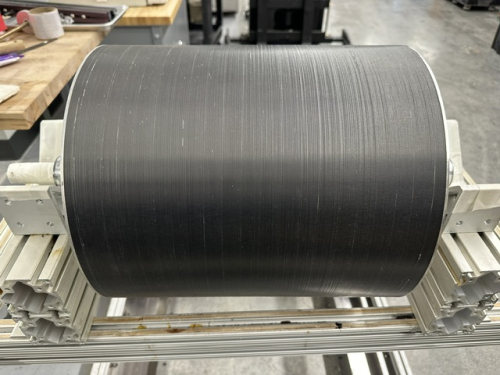

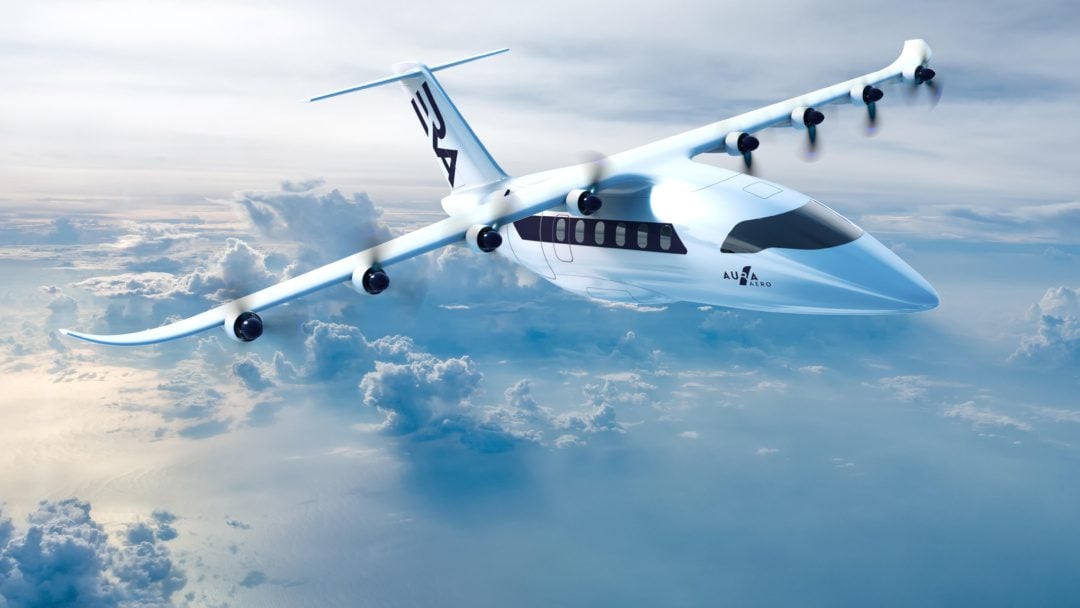
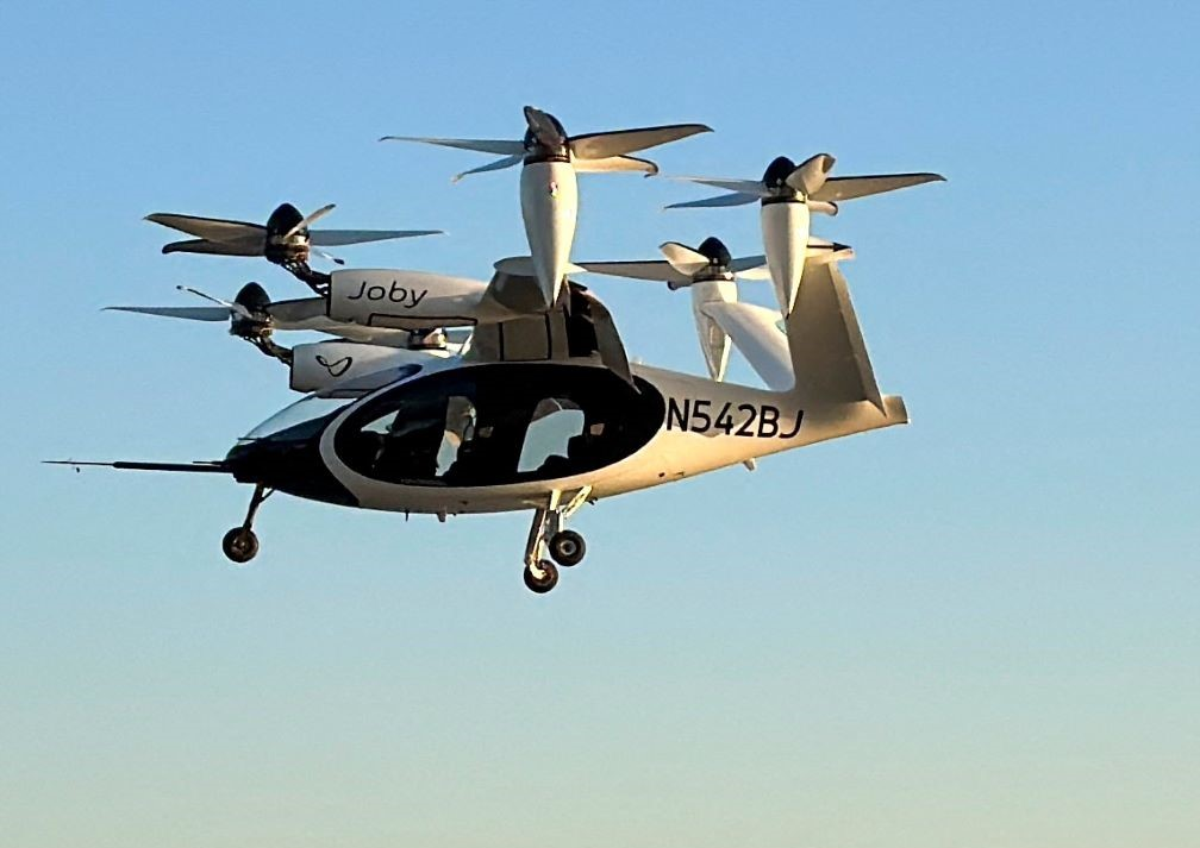
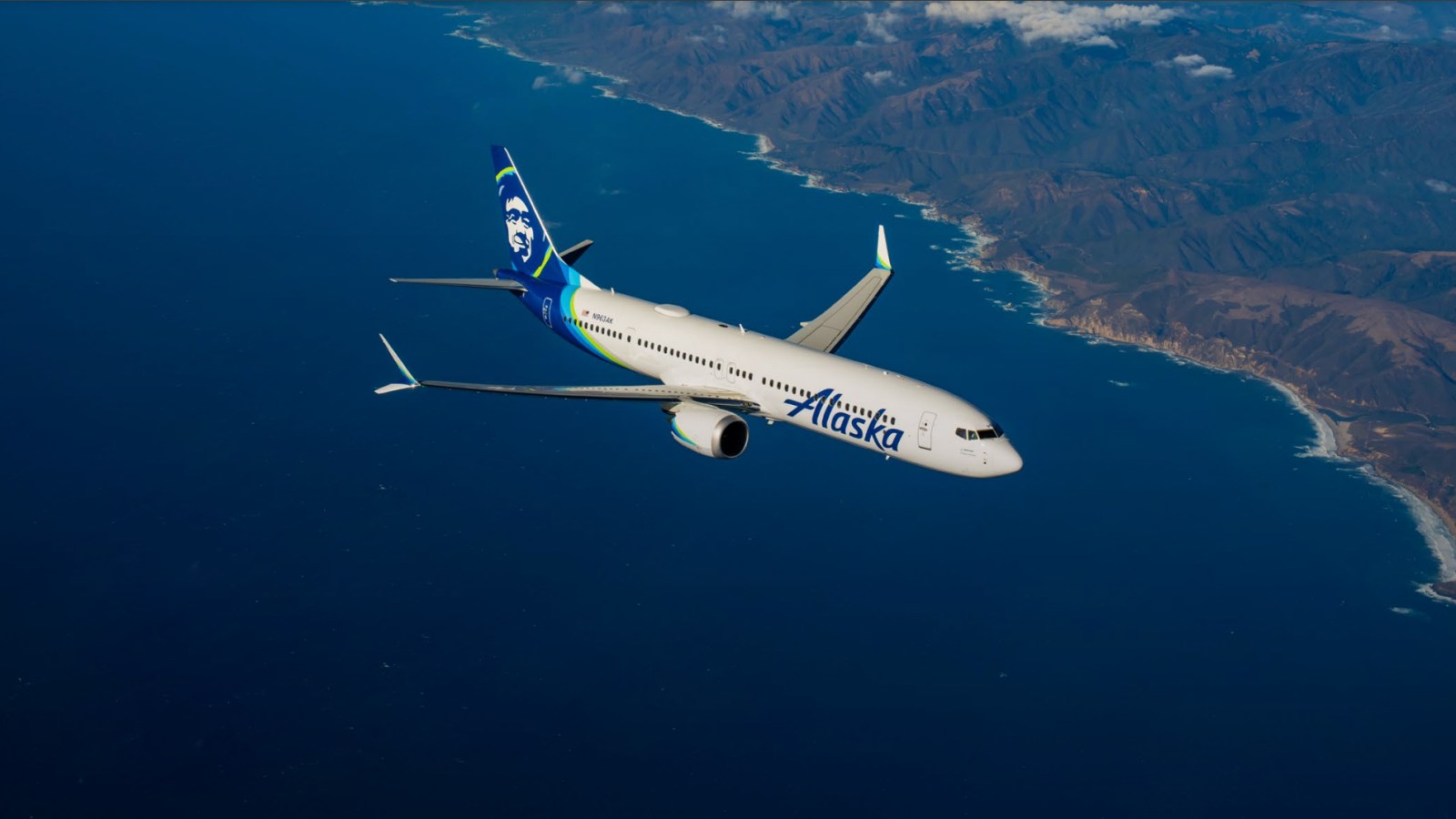
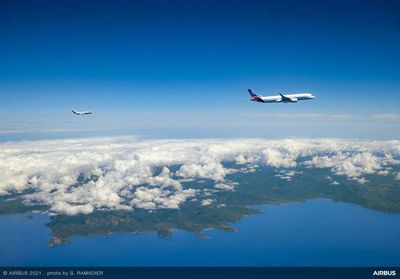


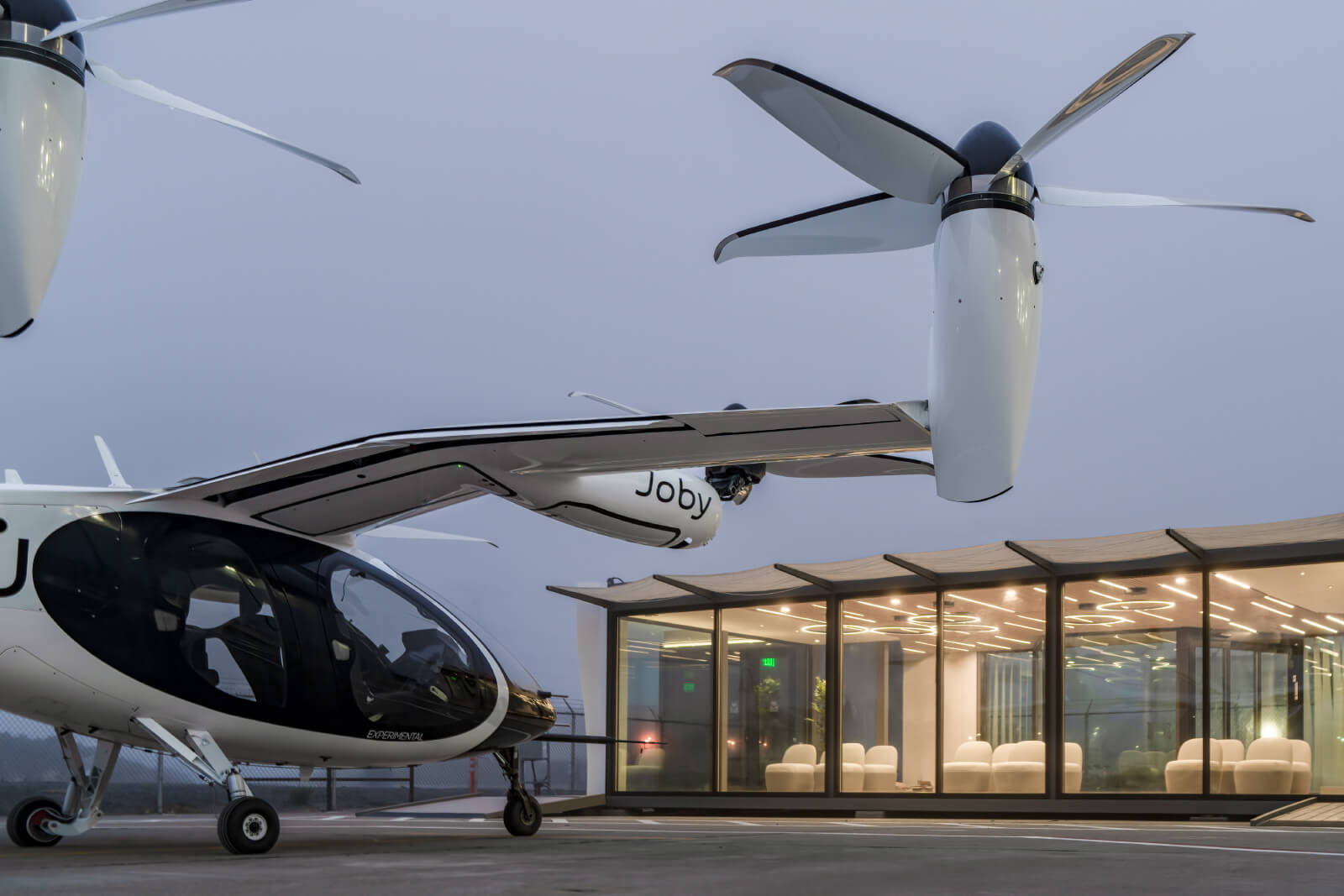

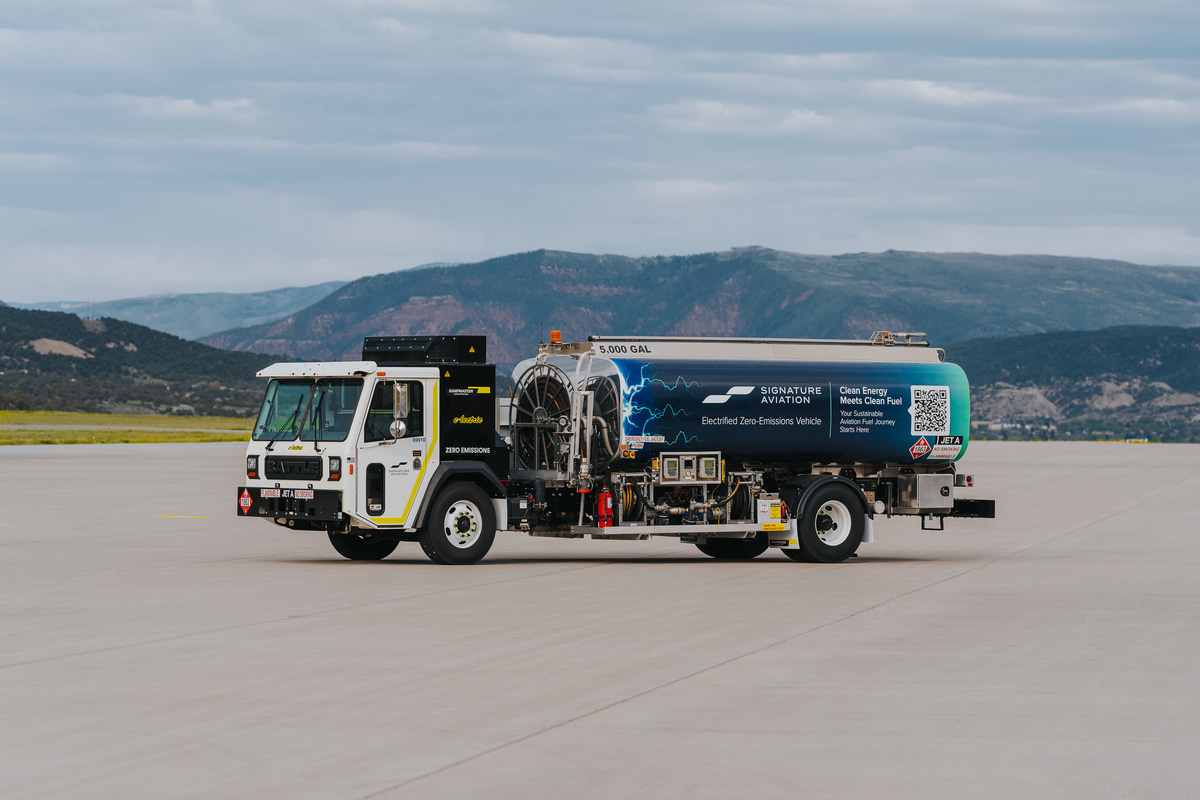
/cdn.vox-cdn.com/uploads/chorus_asset/file/25476438/Gen_3_Cube_Rendering.png)
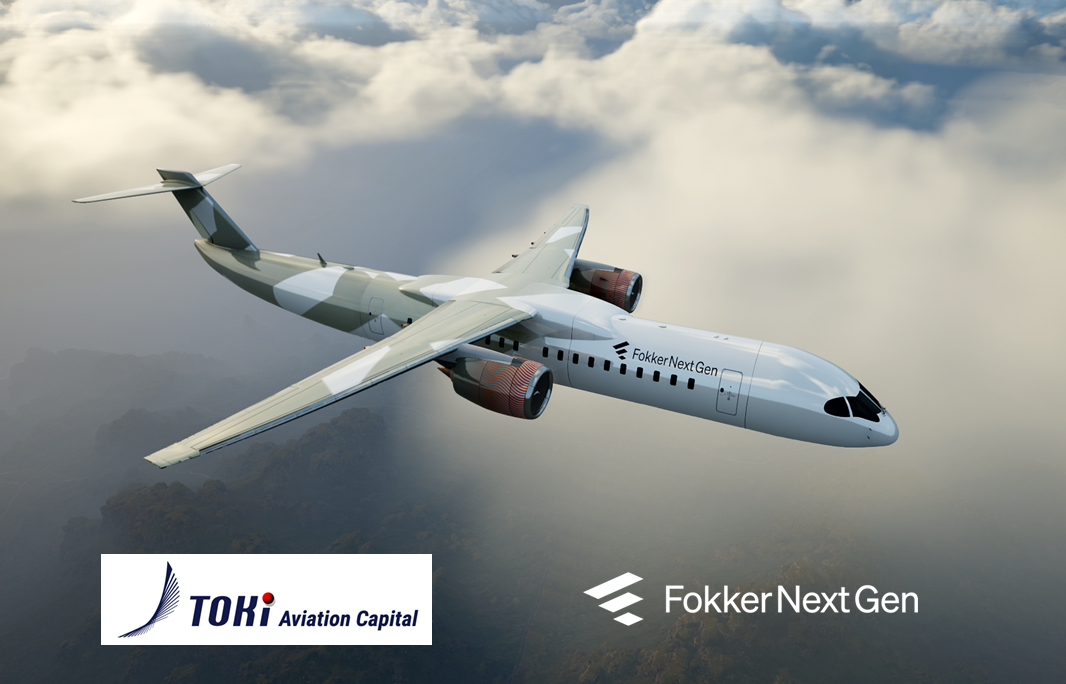


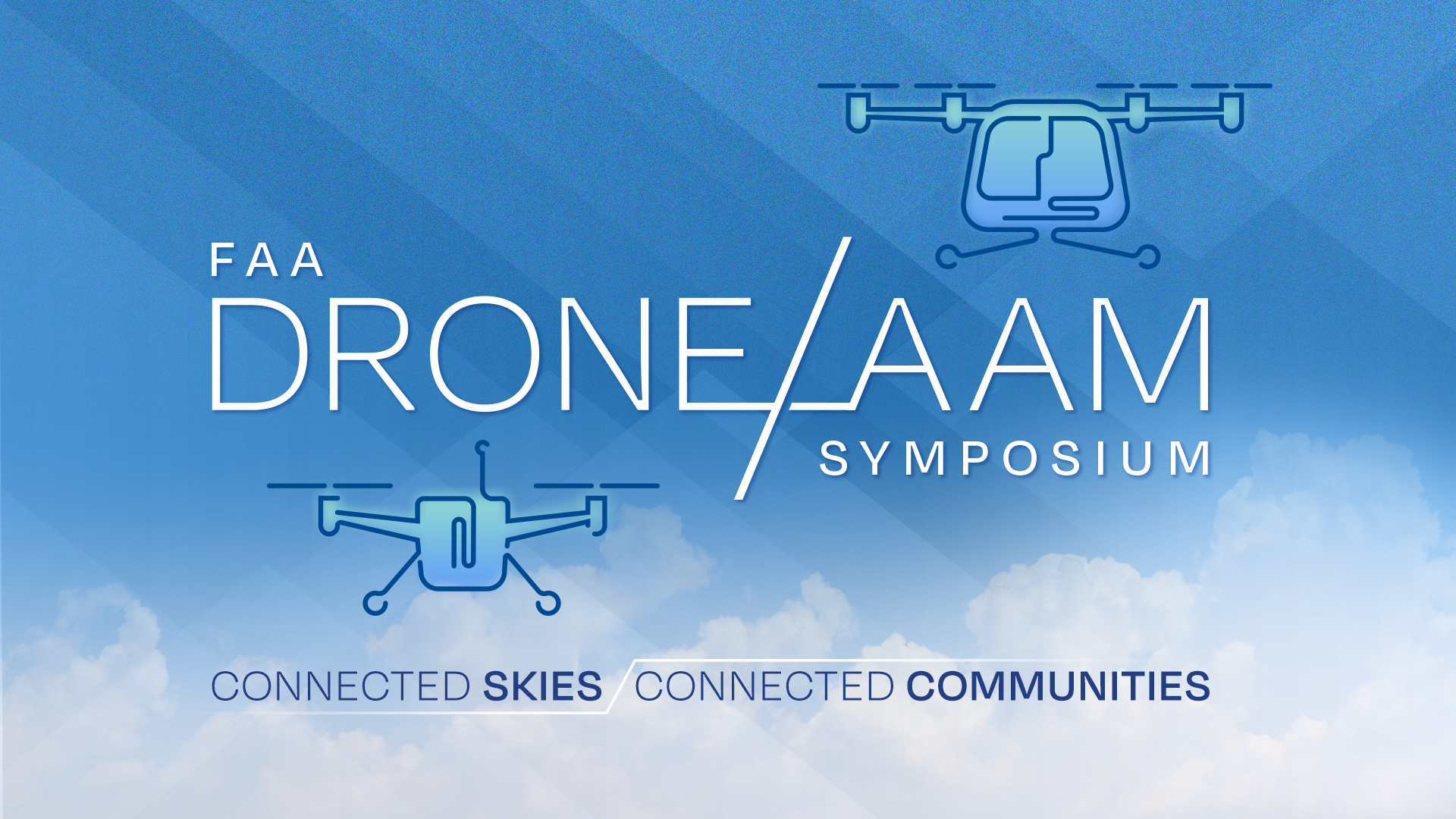




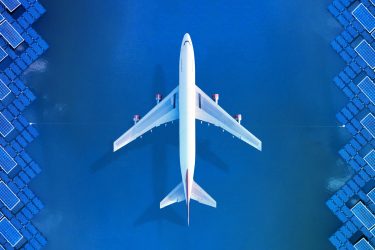




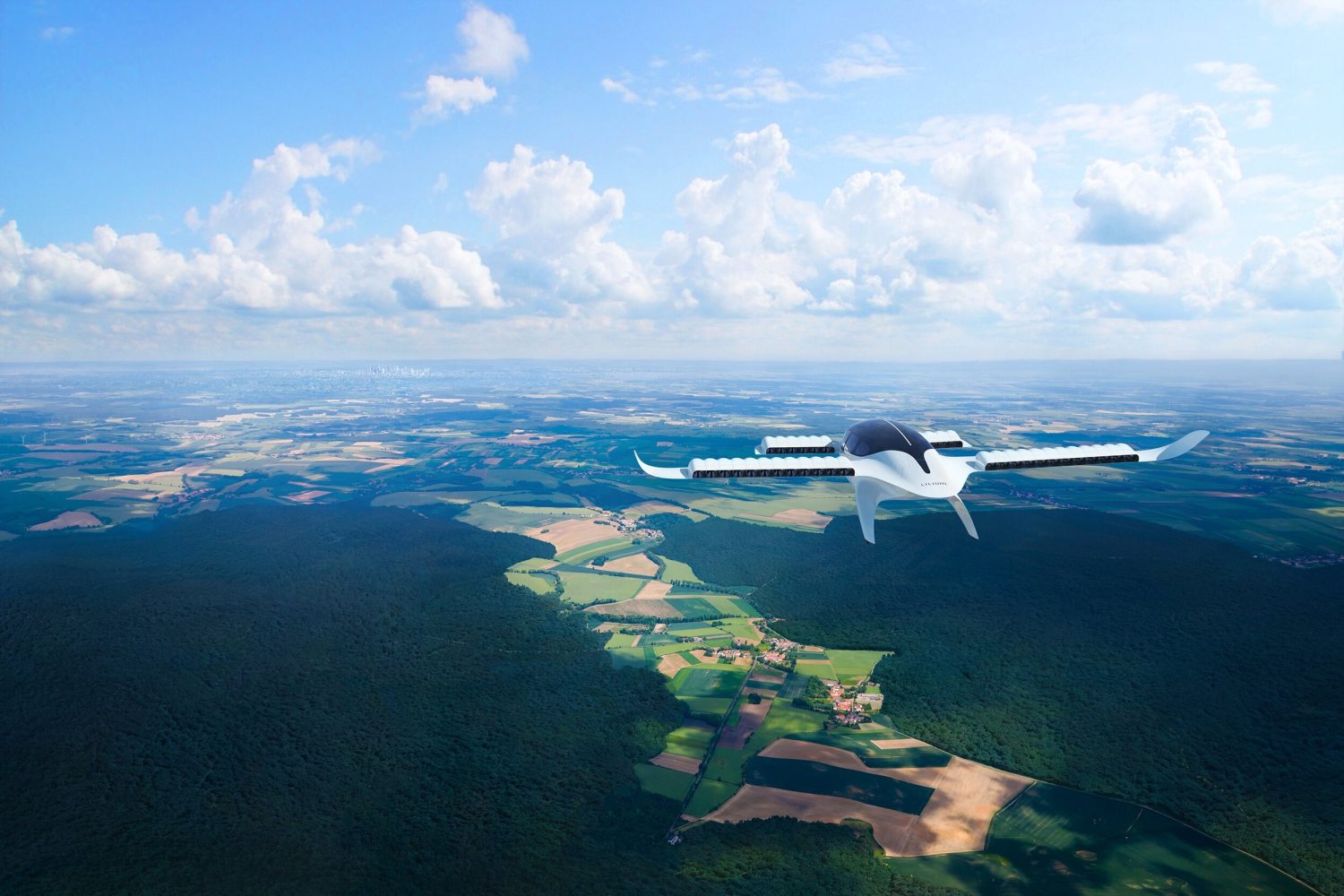
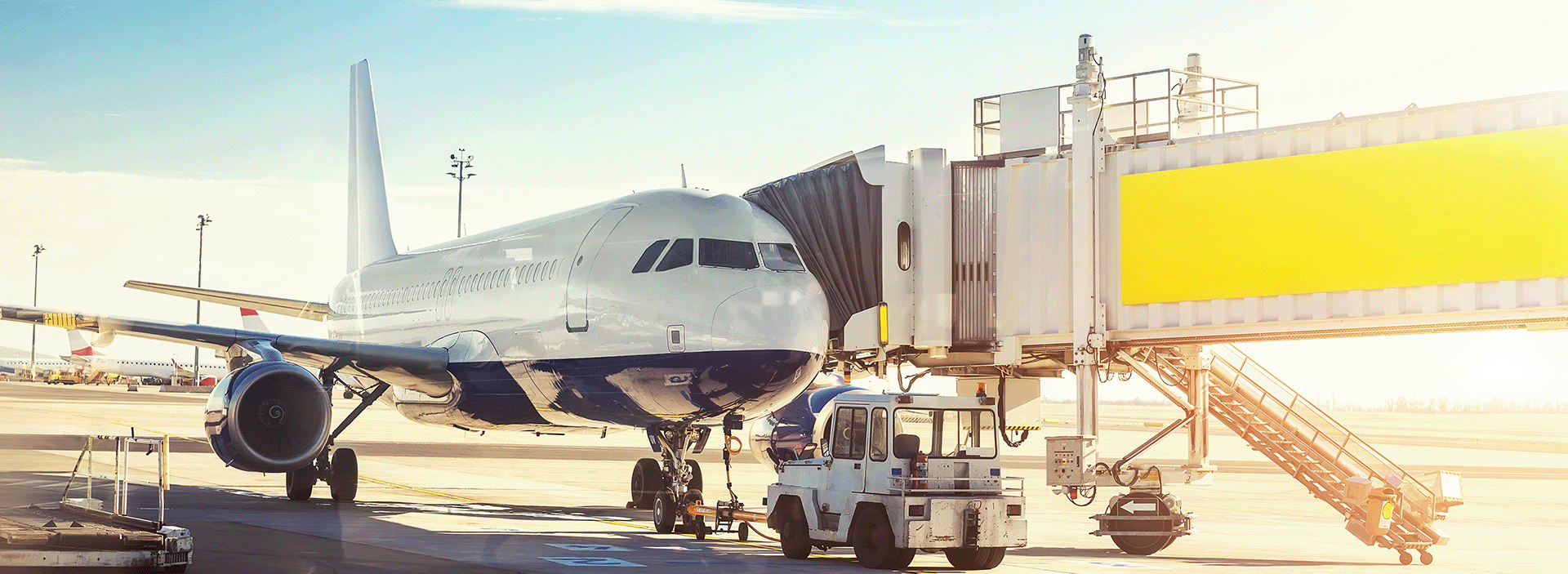
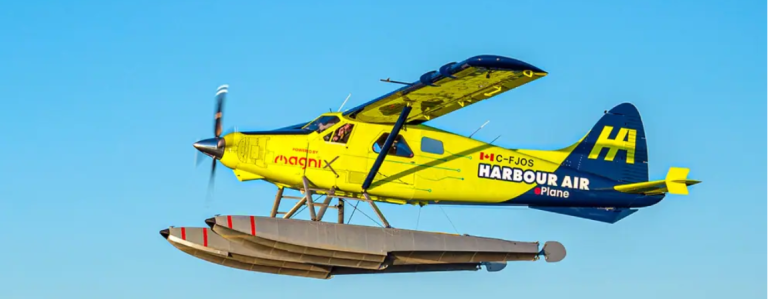
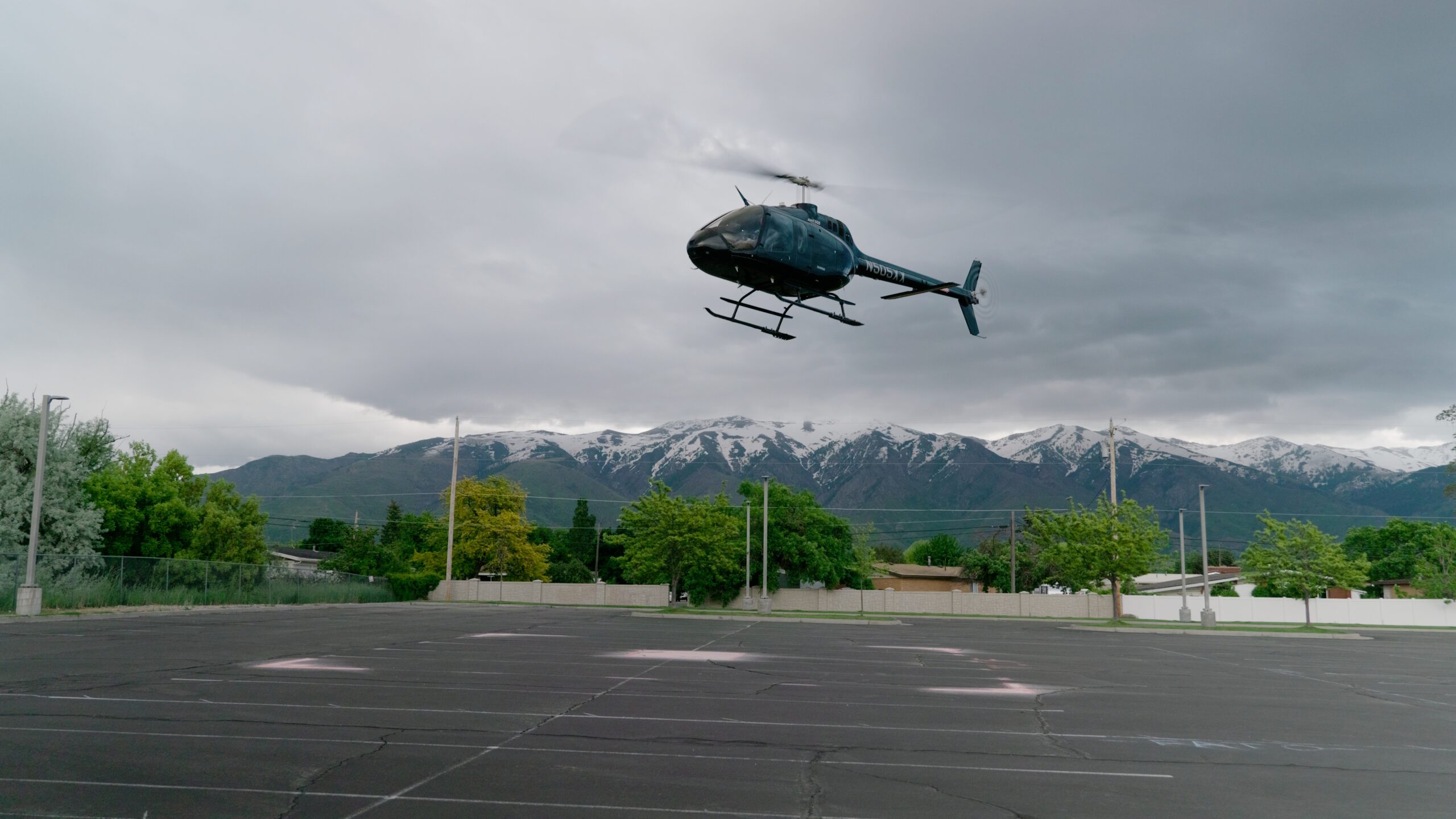




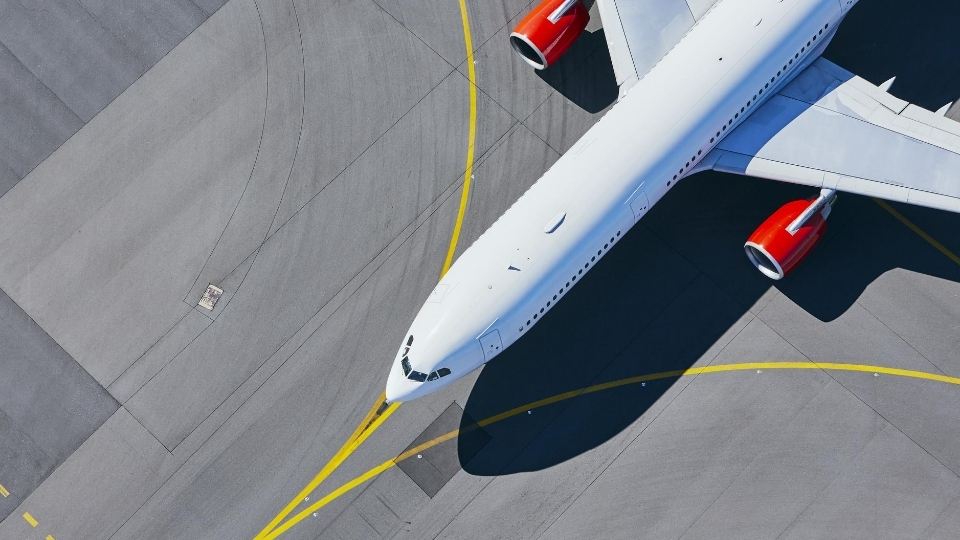


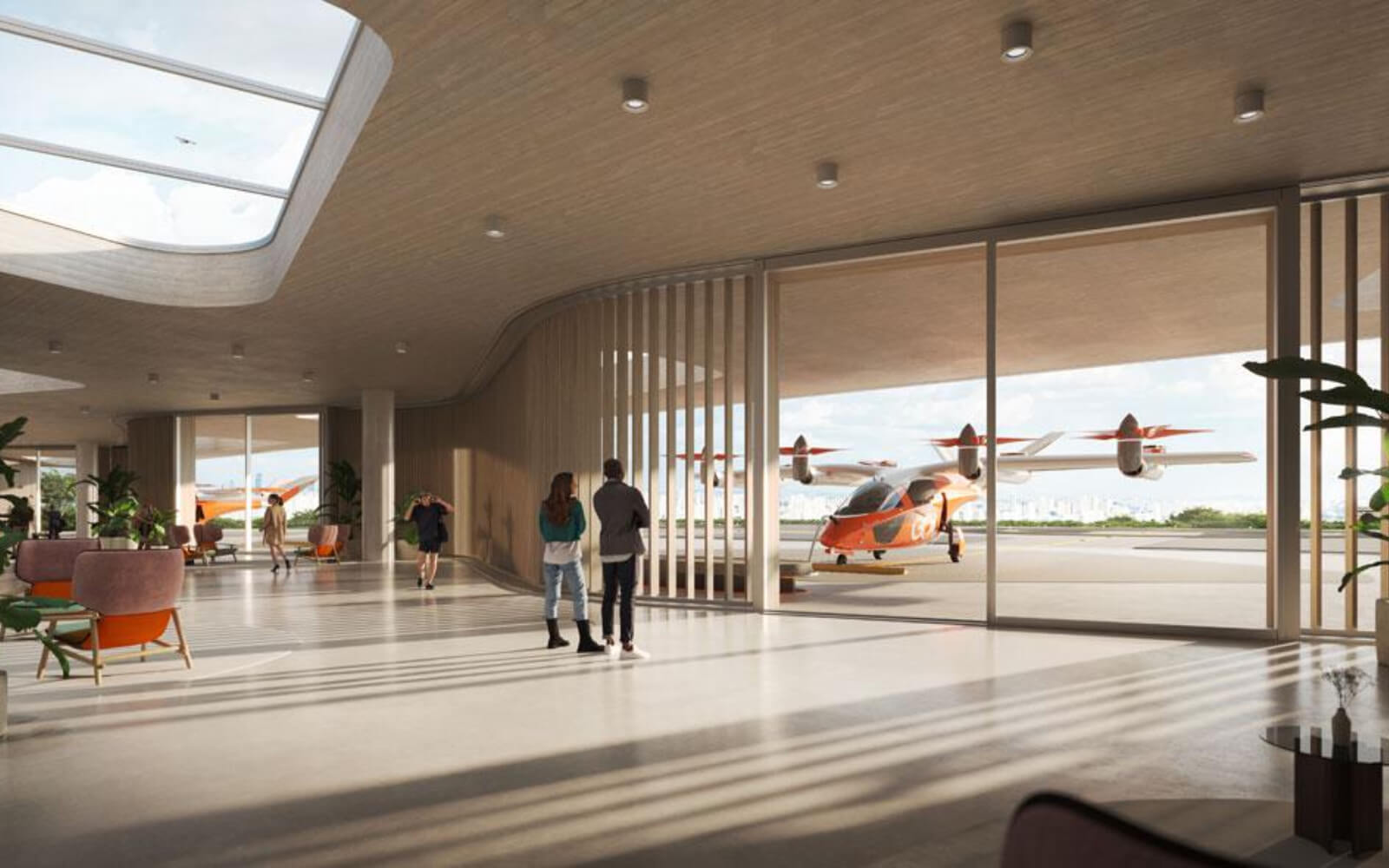

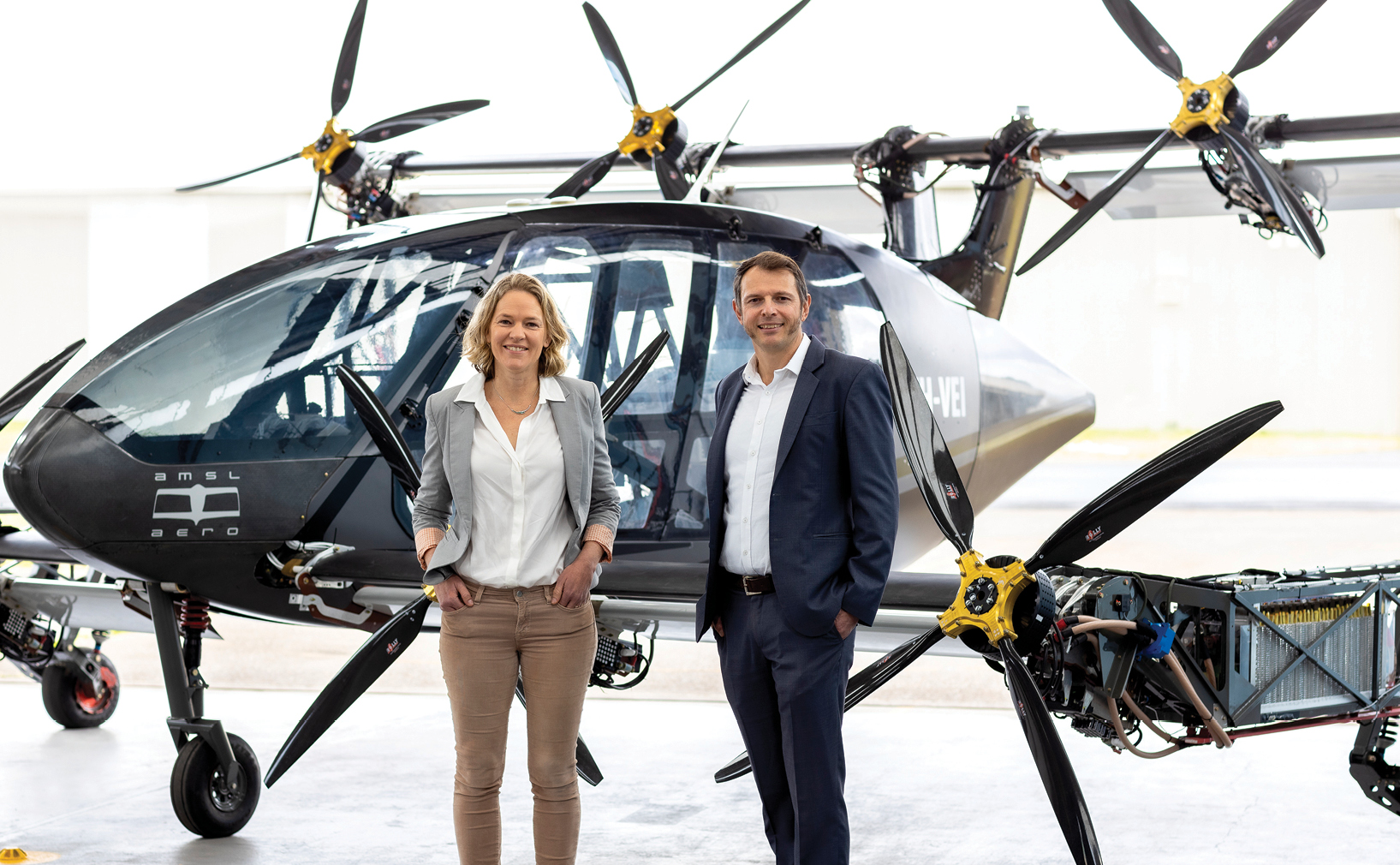
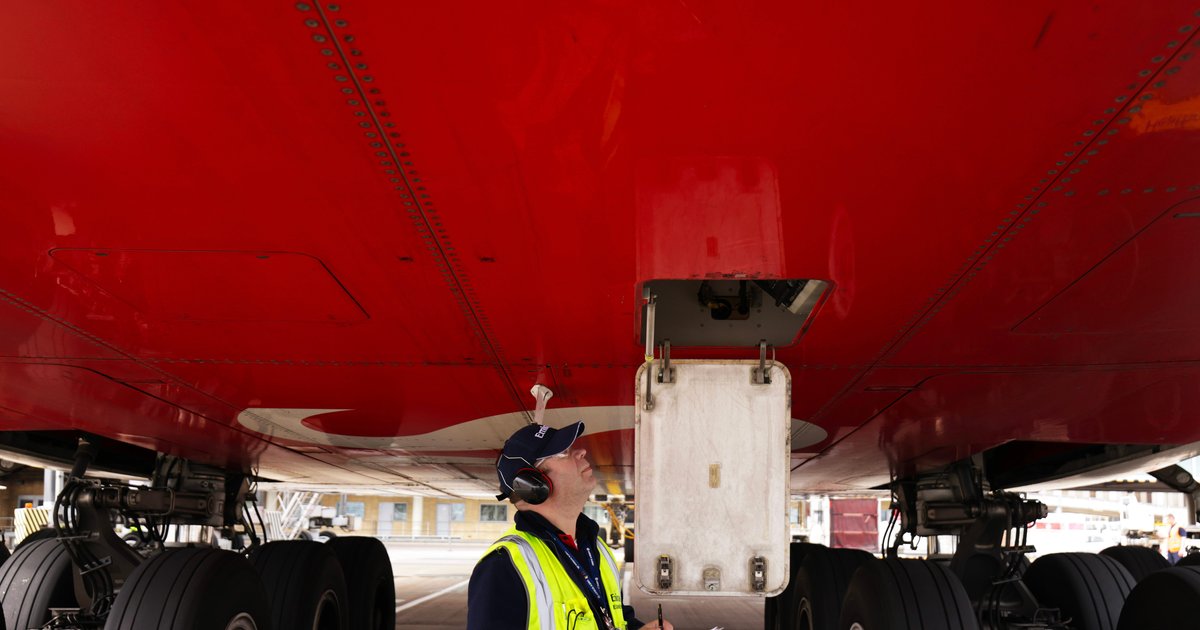



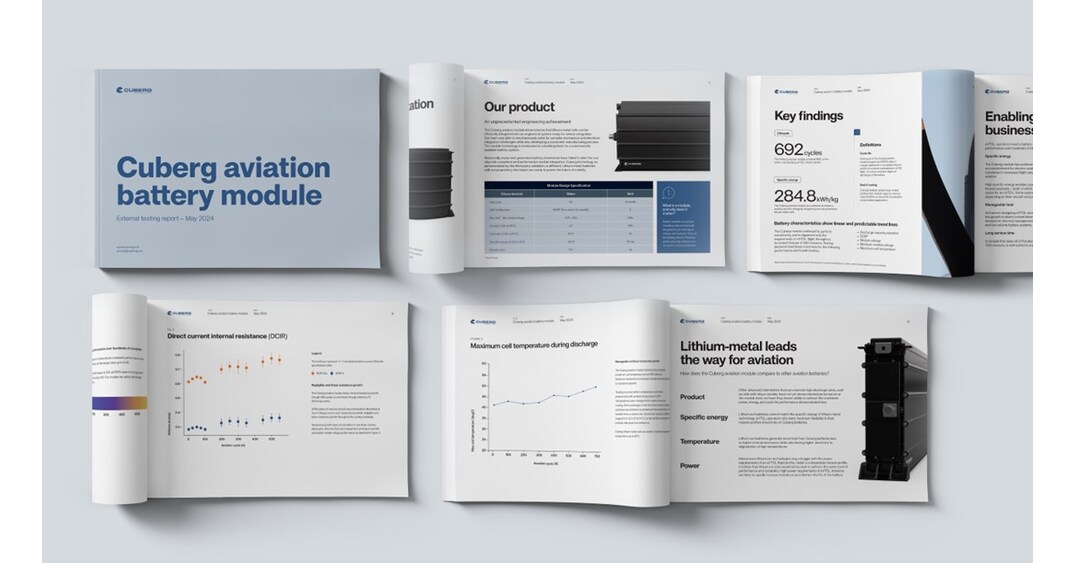
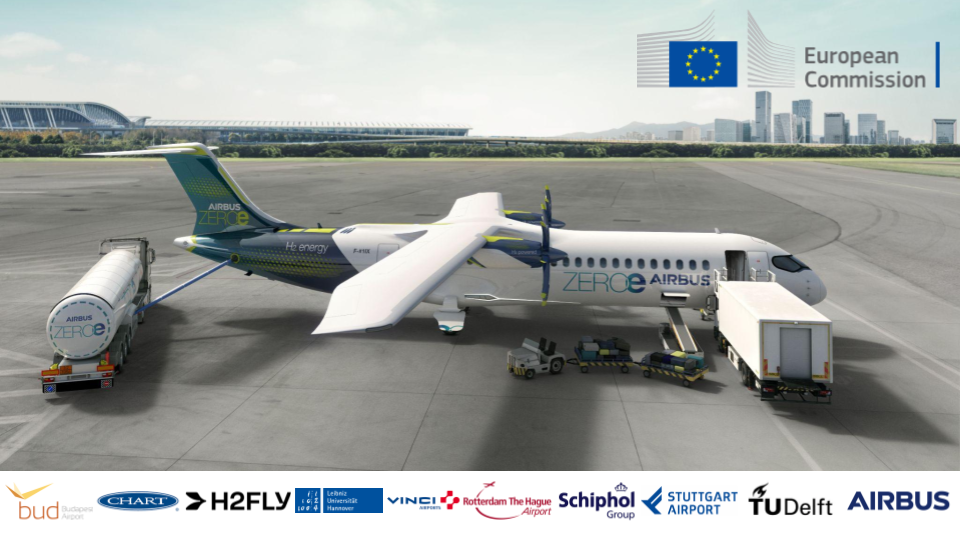





:quality(70)/cloudfront-us-east-1.images.arcpublishing.com/archetype/ENUKPLLWQJEZPDFANFVLPFJ2UY.jpg)



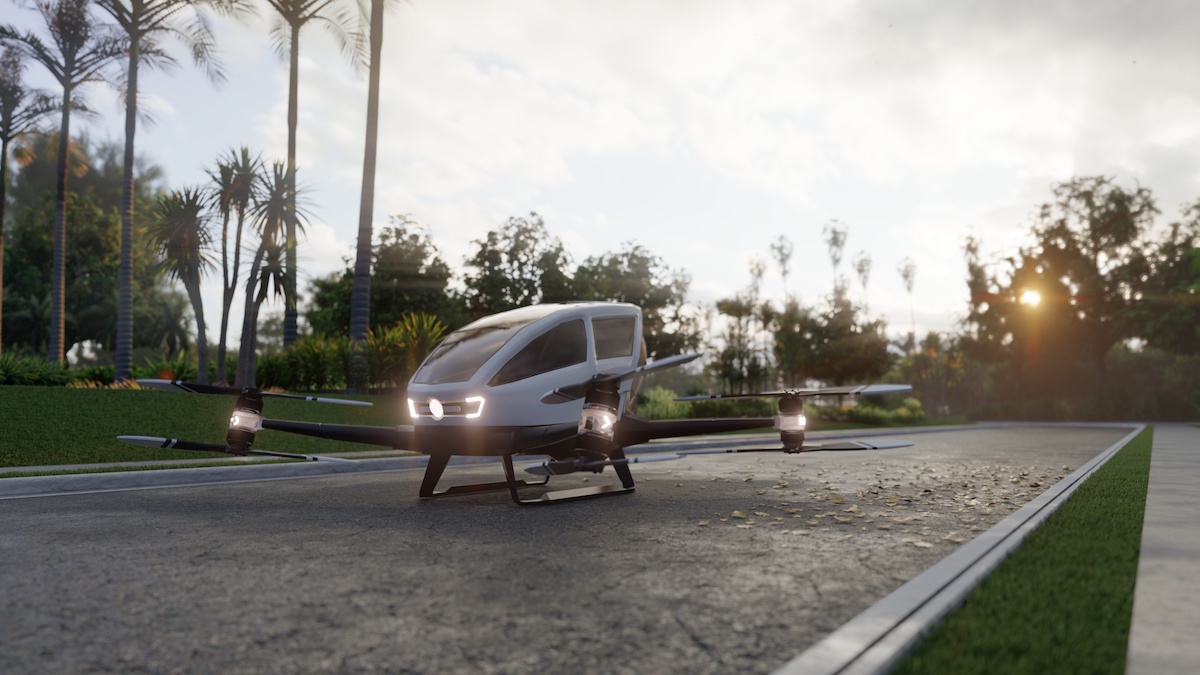
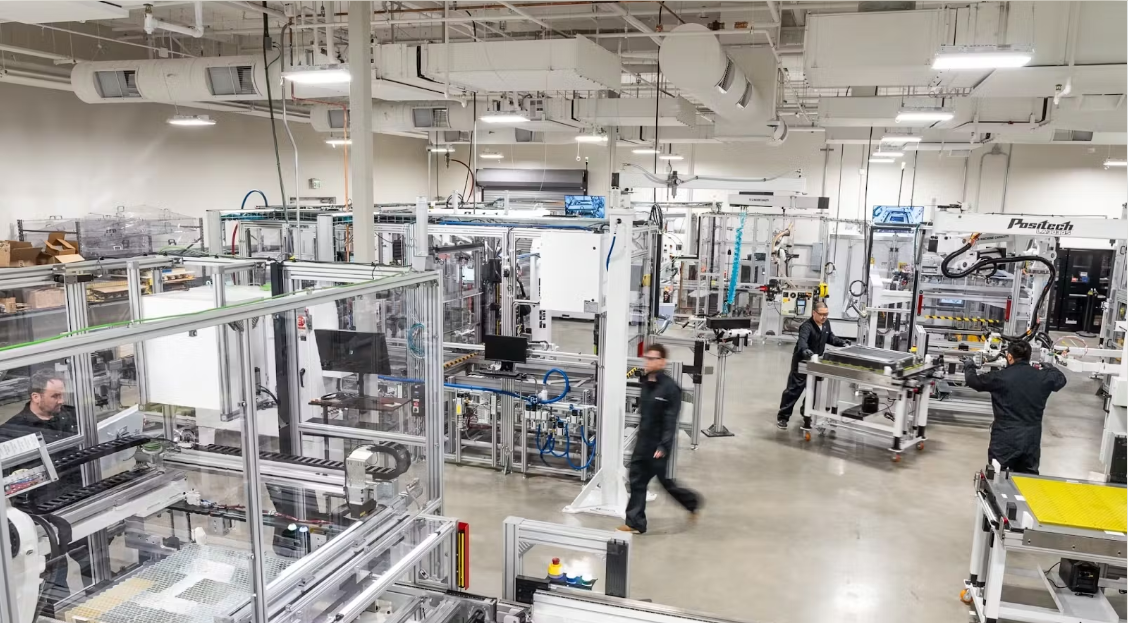


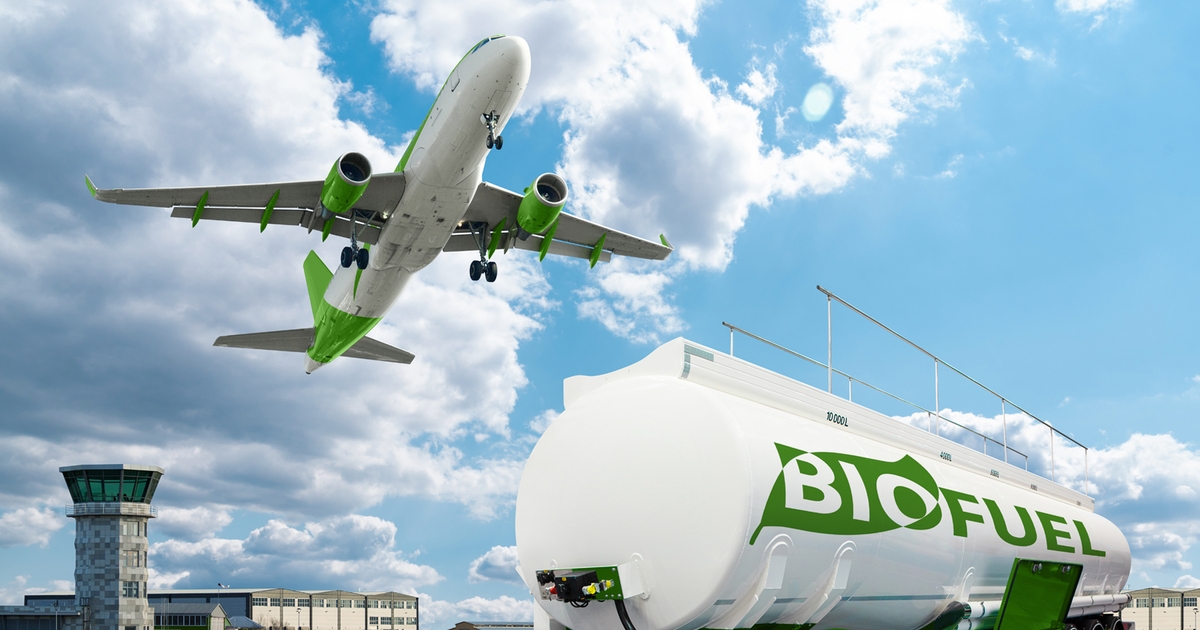

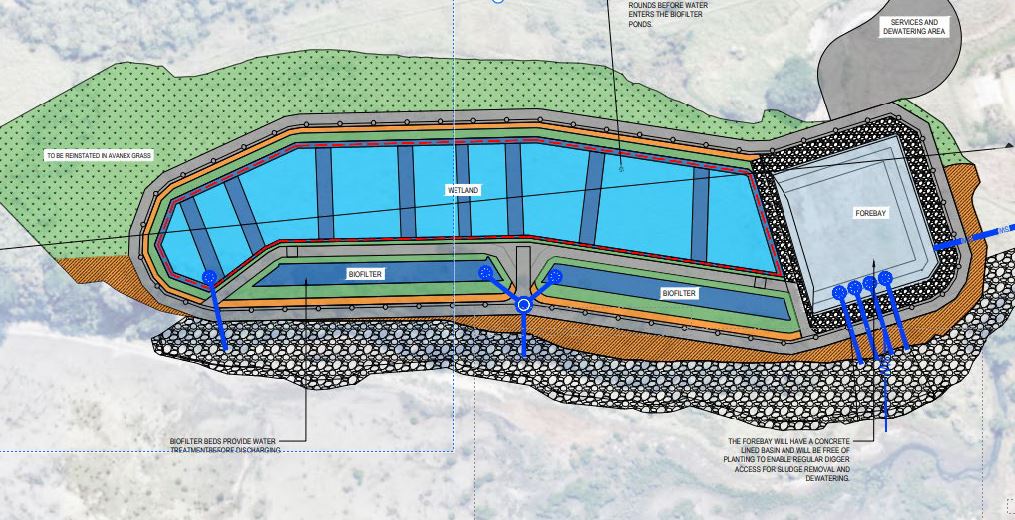
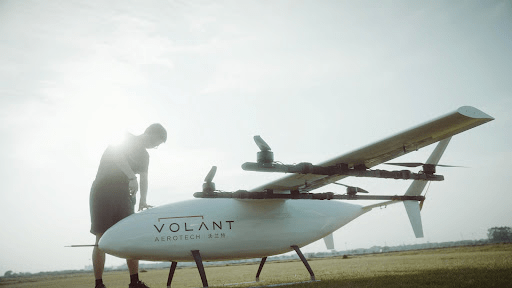


.png?disable=upscale&width=1200&height=630&fit=crop)
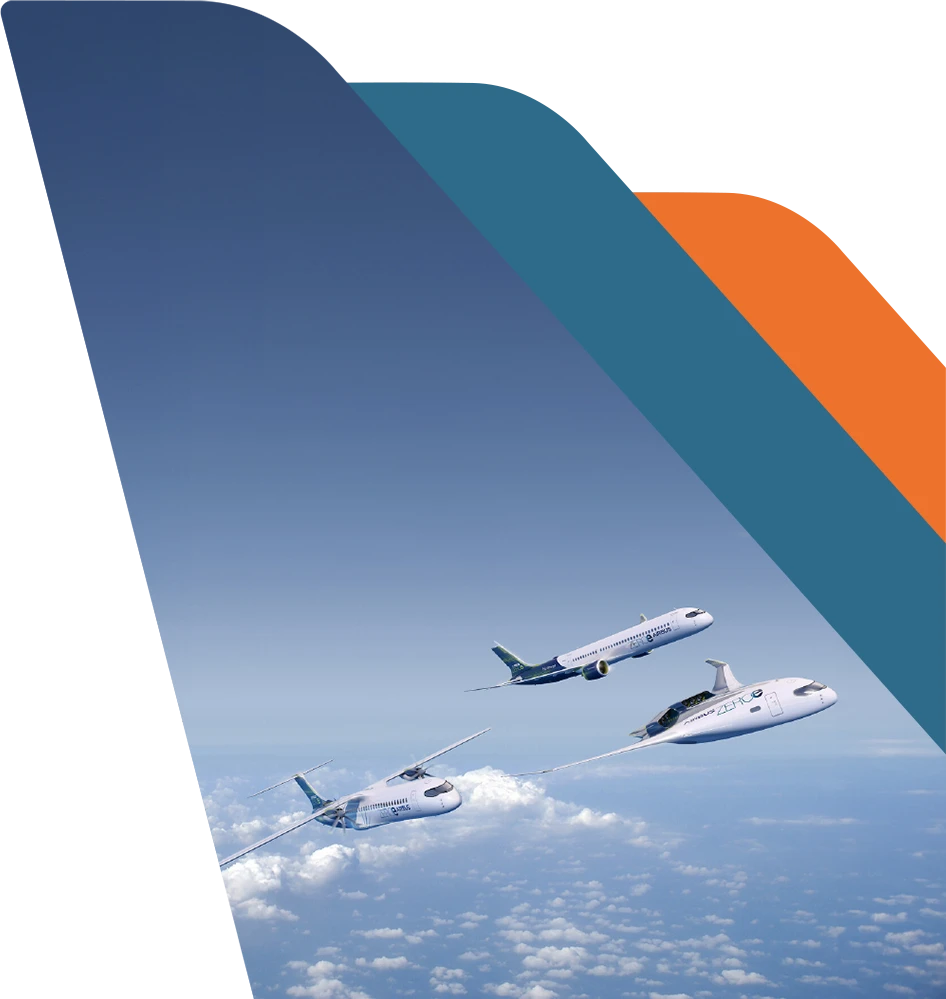


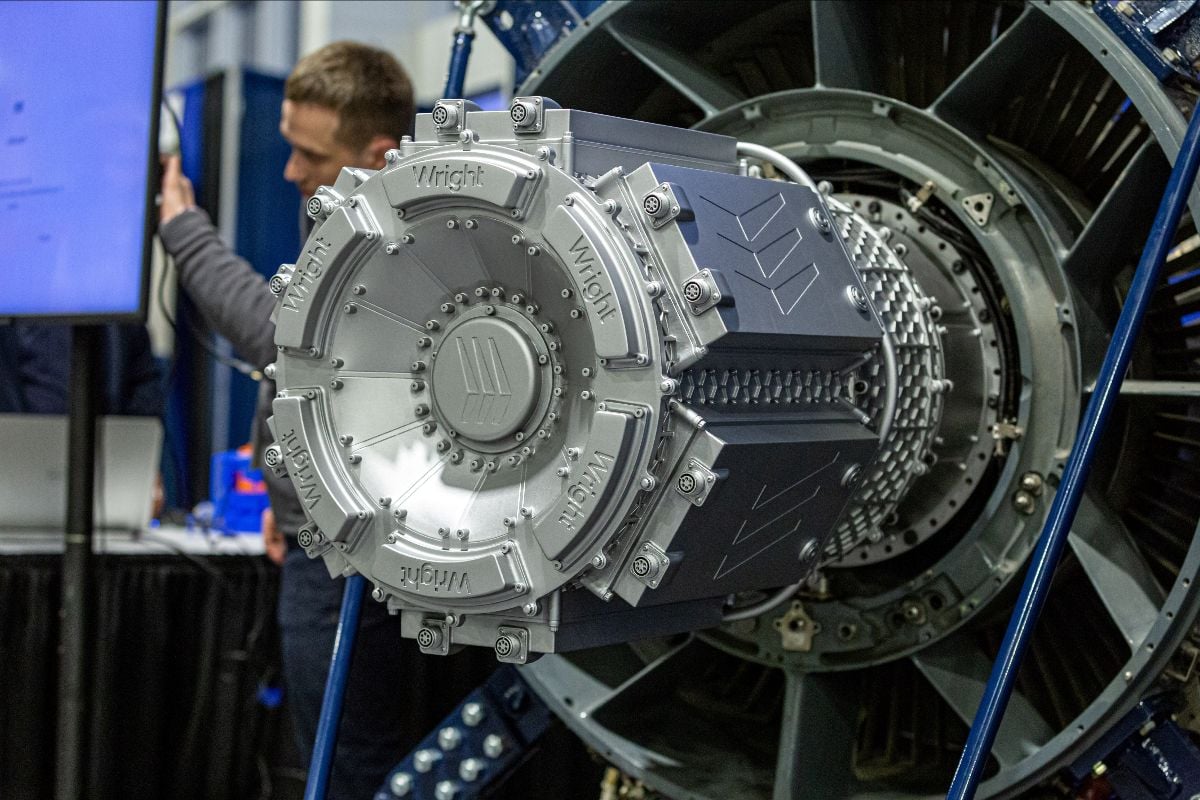

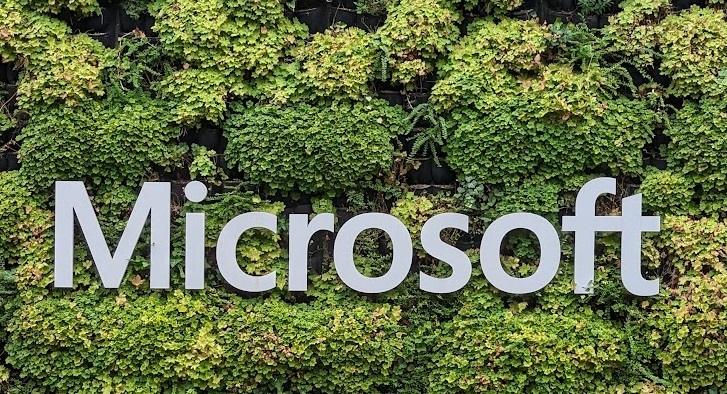

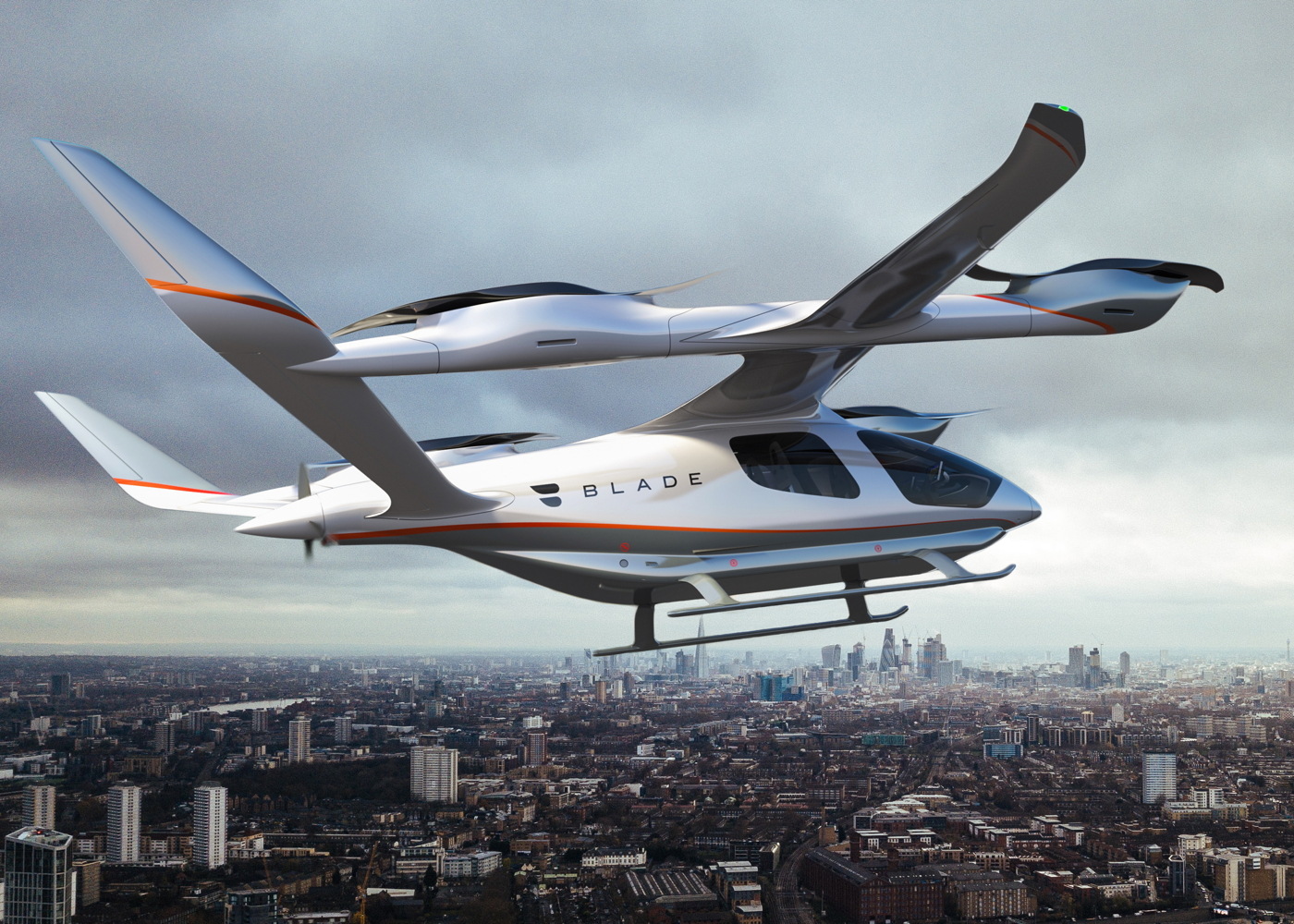
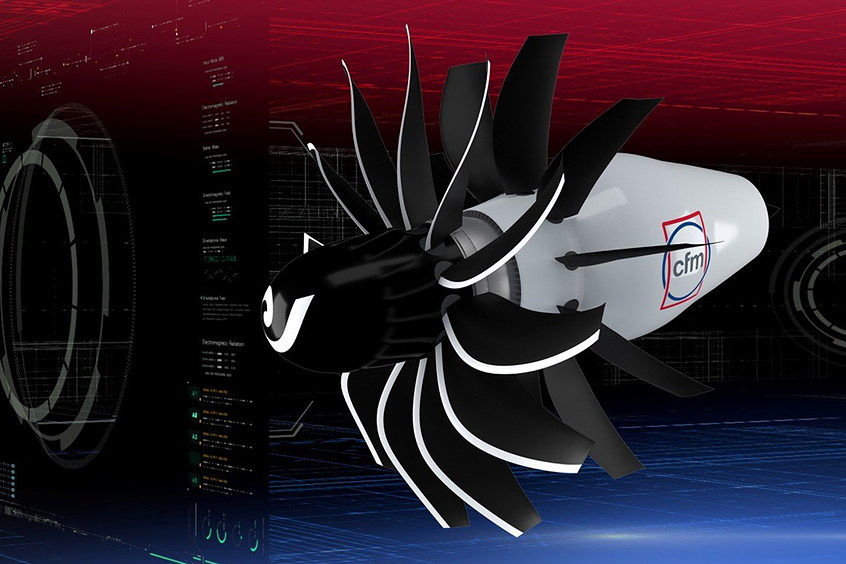
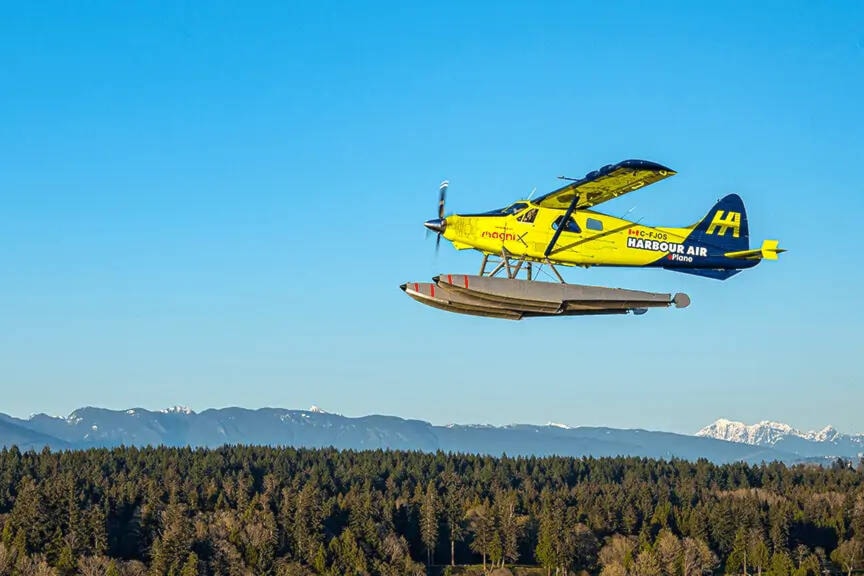
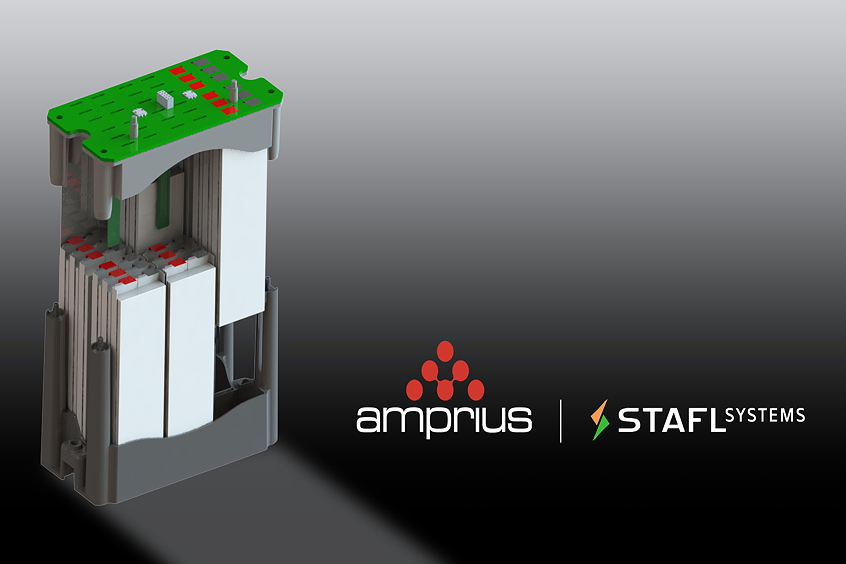

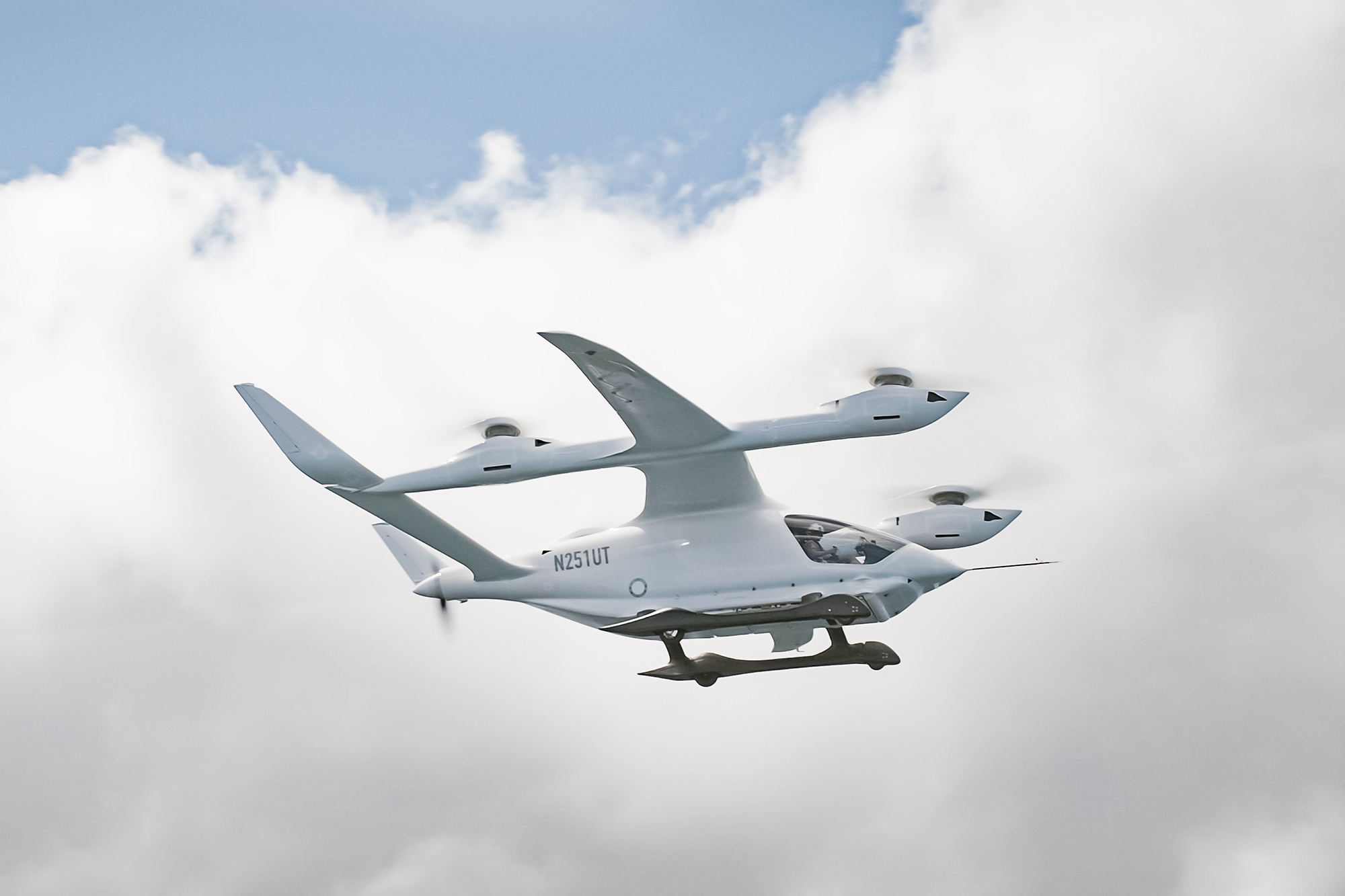

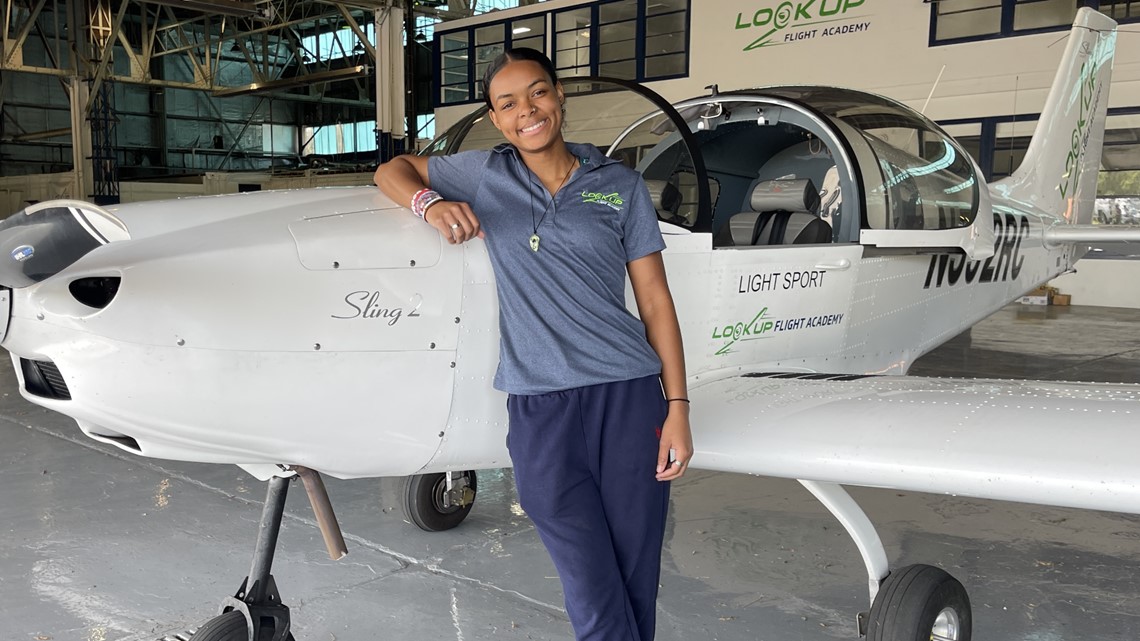

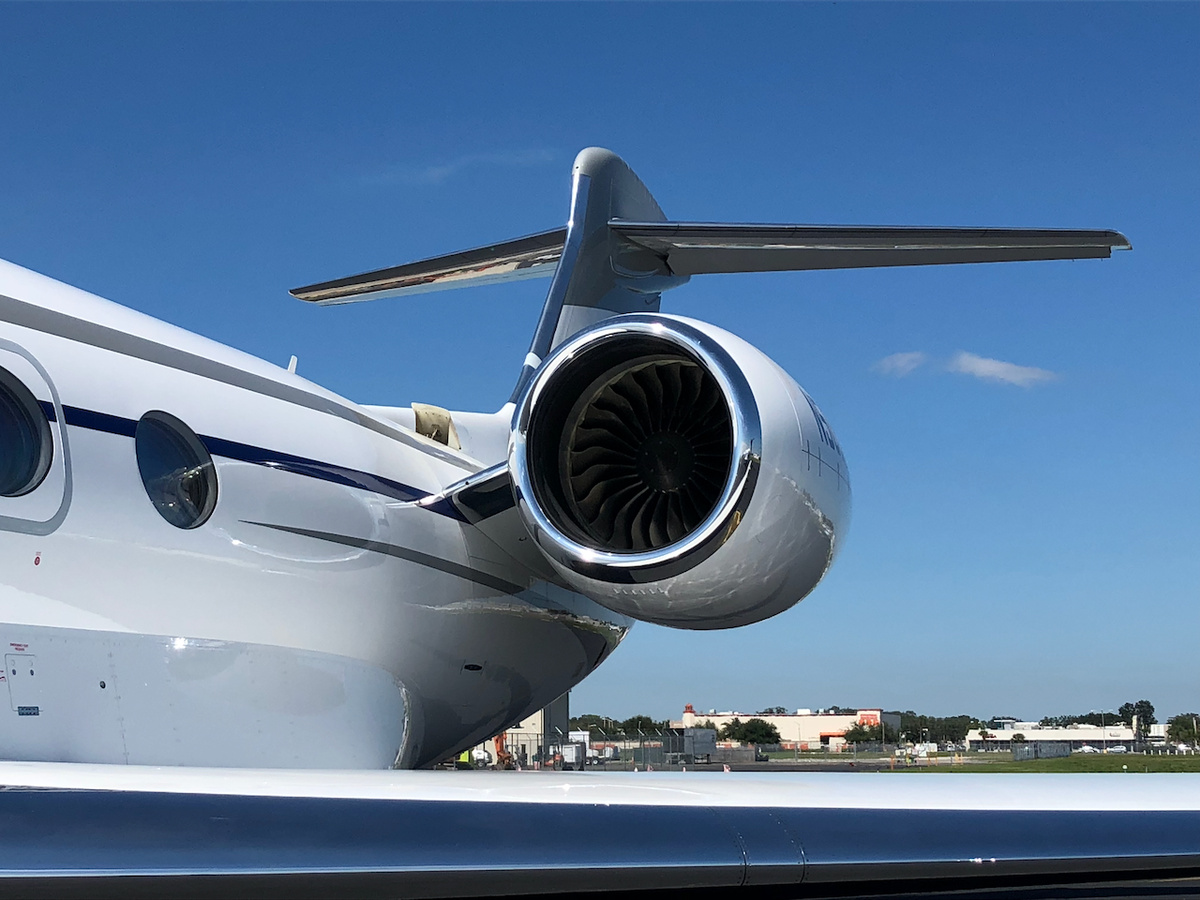



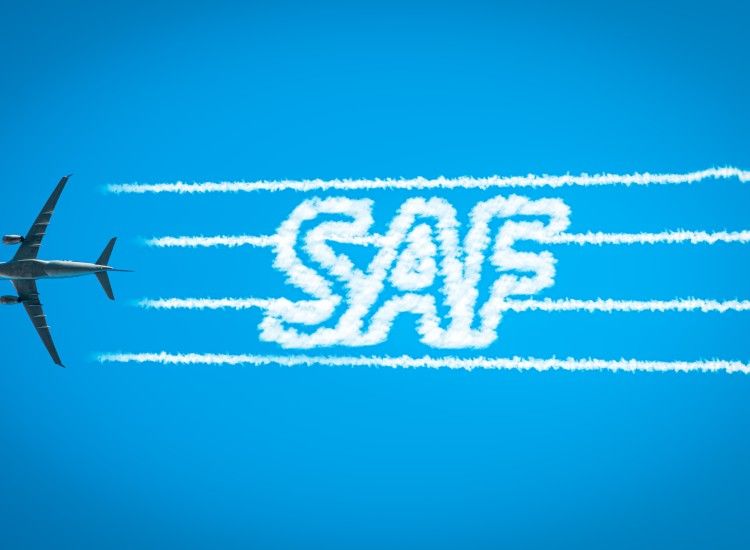
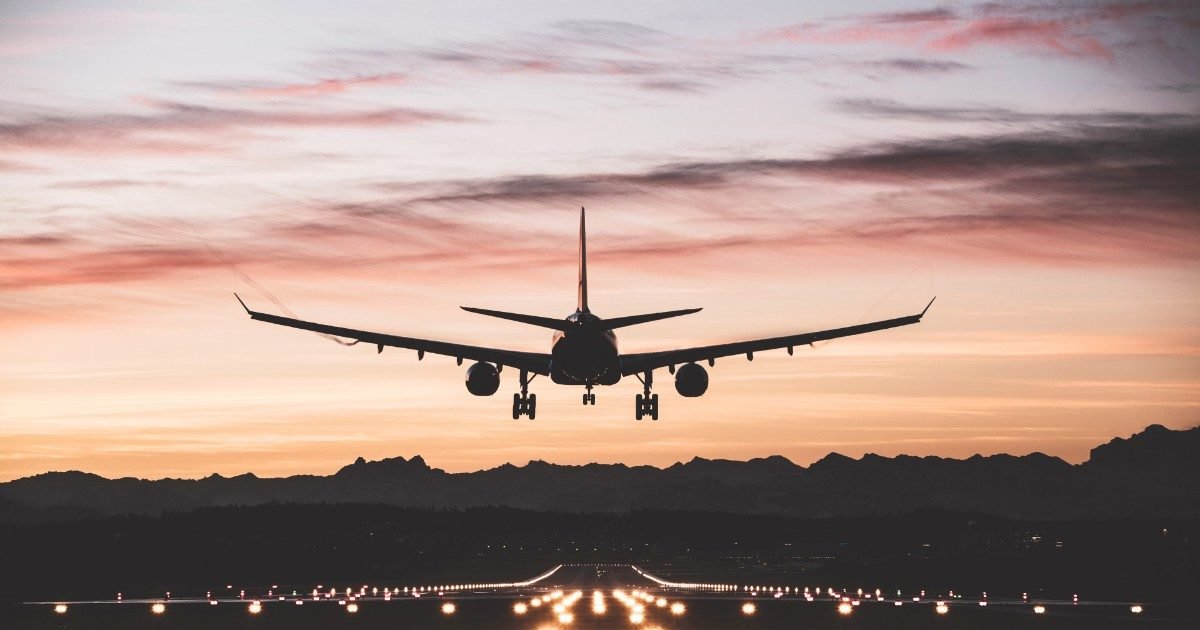
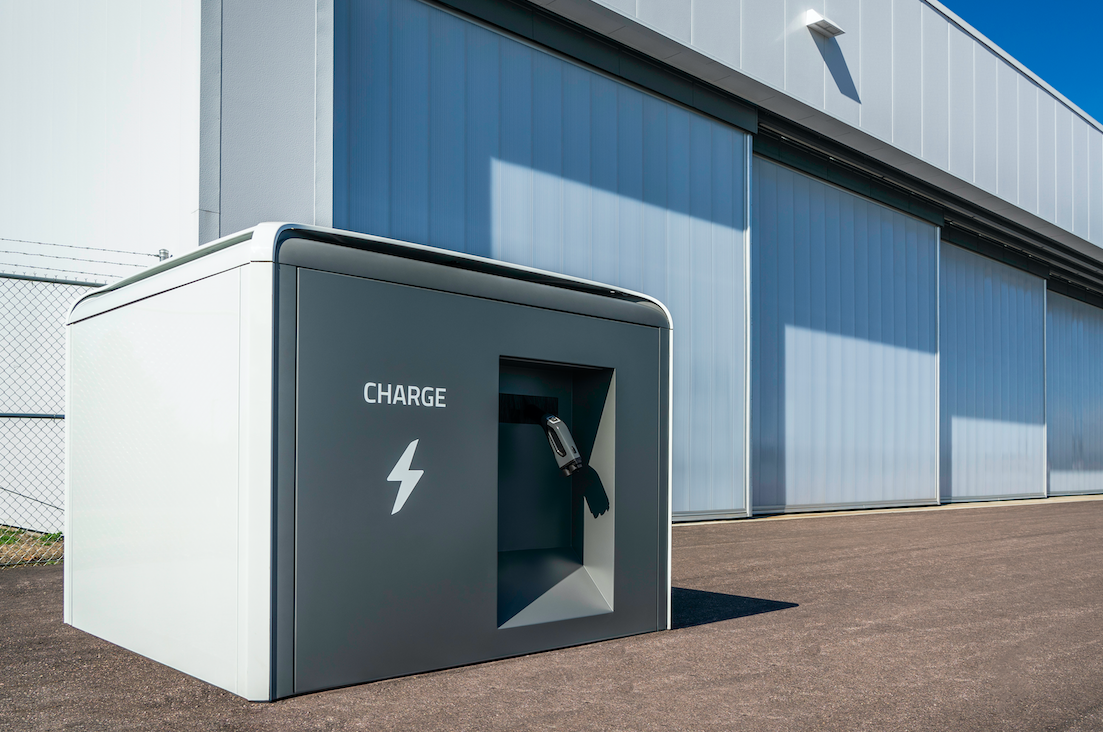
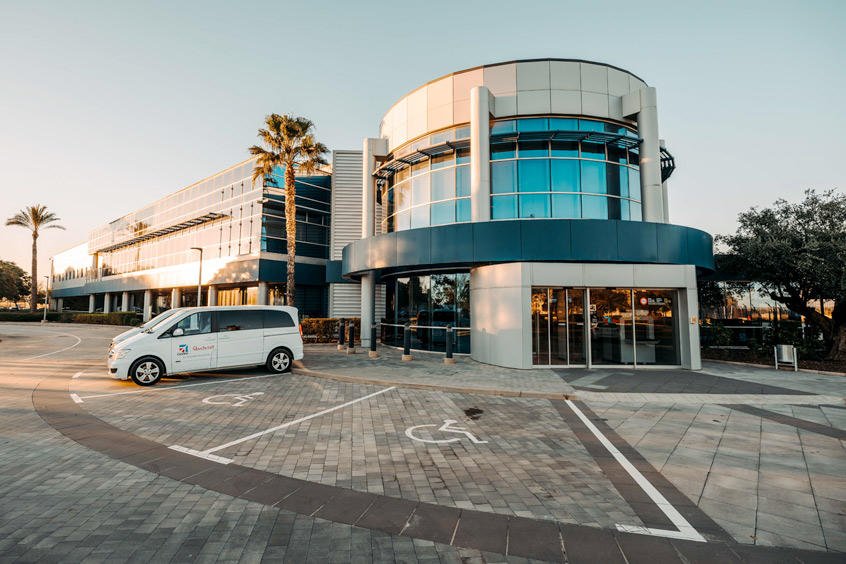

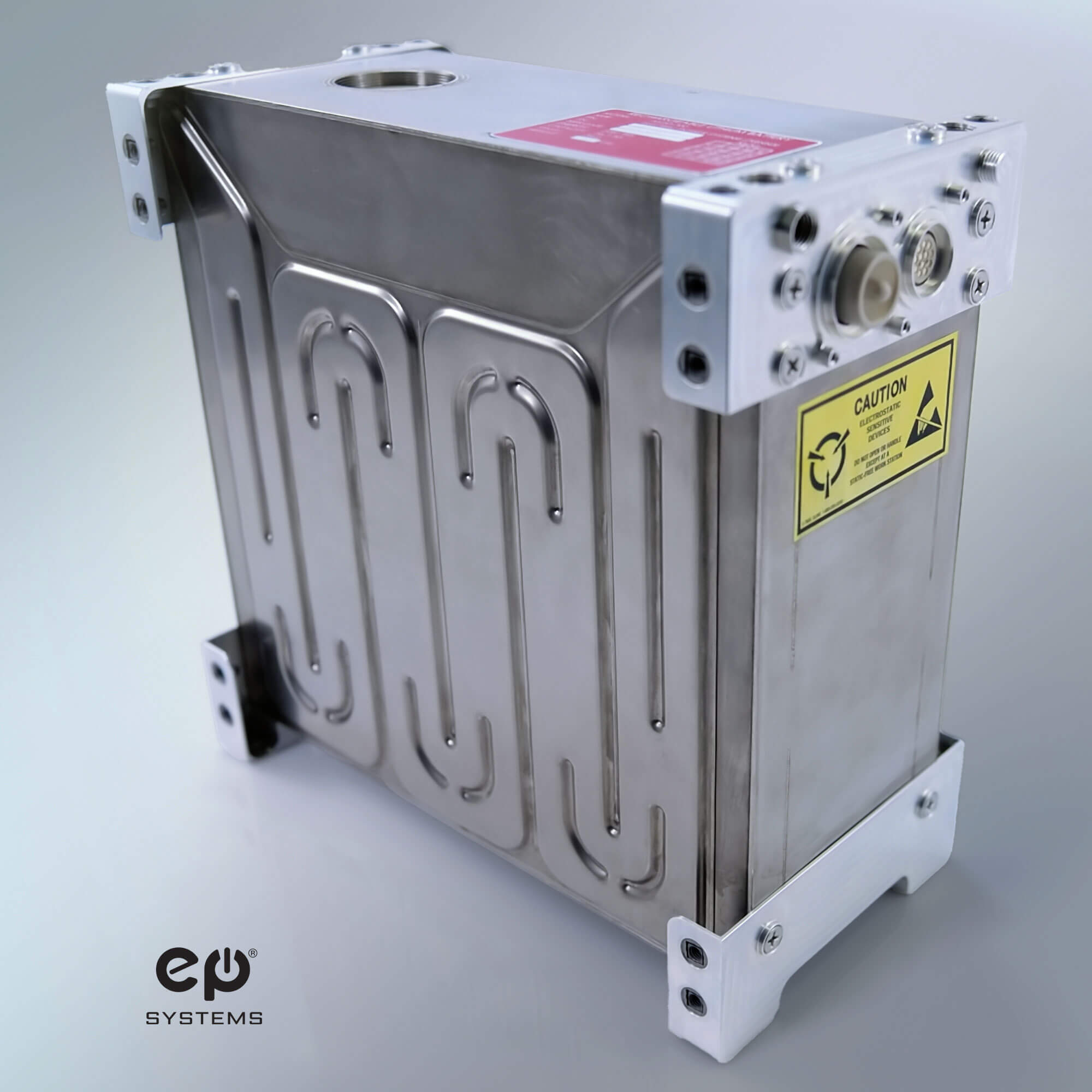





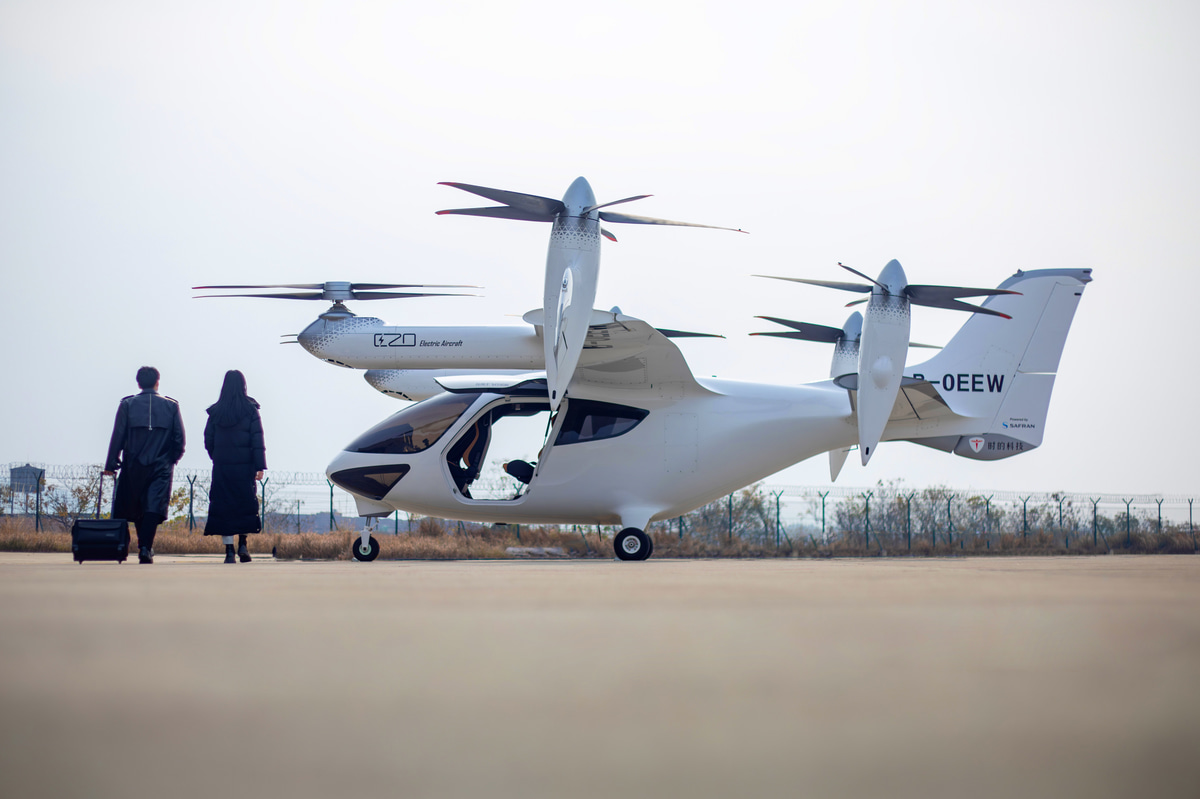
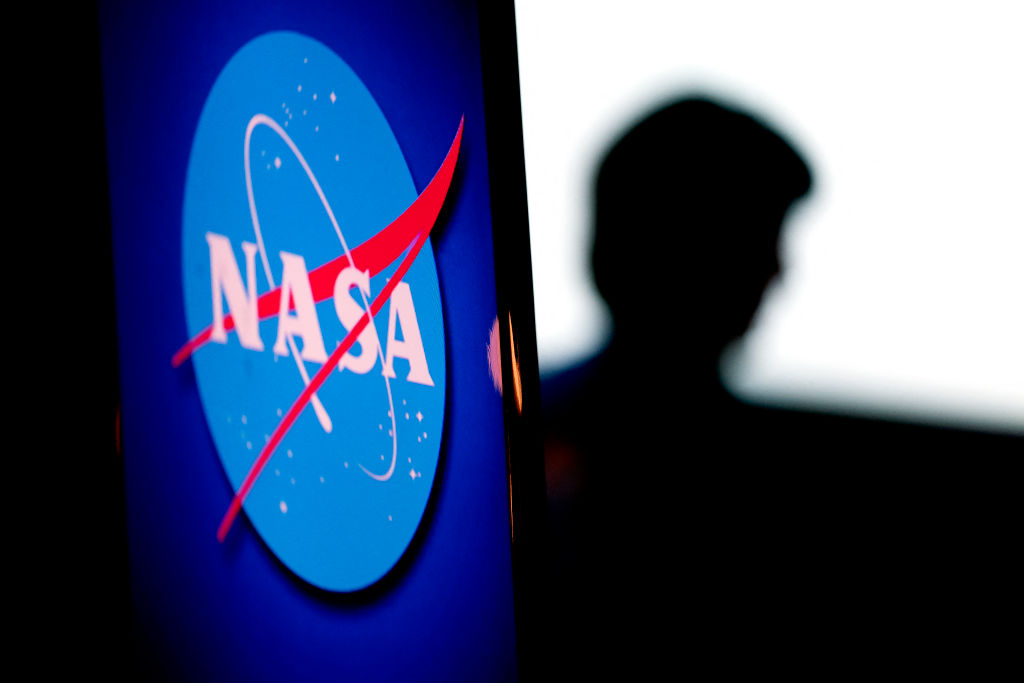













.png?disable=upscale&width=1200&height=630&fit=crop)













.png?disable=upscale&width=1200&height=630&fit=crop)





















![Cochin International Airport – the world’s first 100% solar-powered airport [see video]](https://www.eco-aviation.org/wp-content/uploads/2019/08/cochin-international-airport-india-terminal-solar.jpg)


